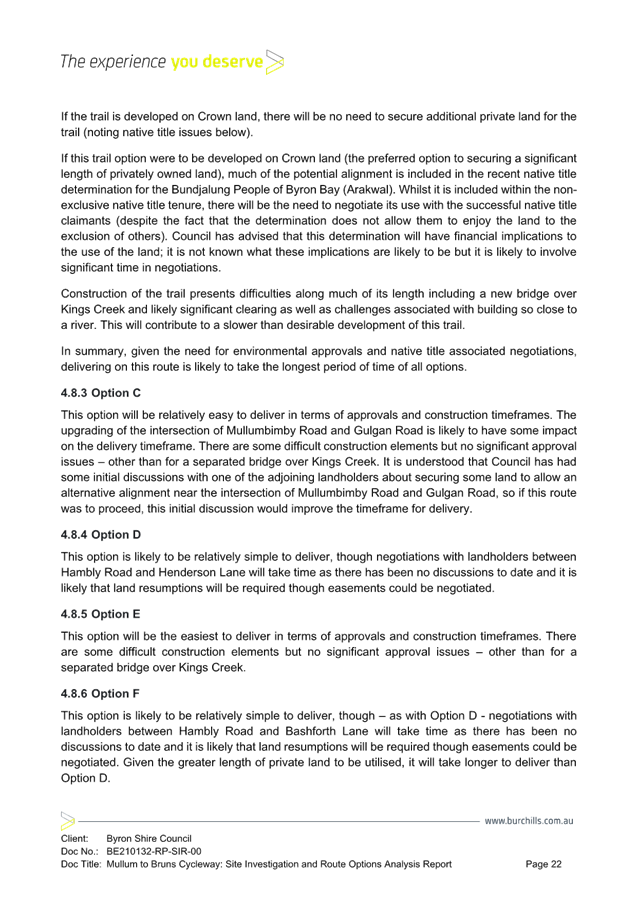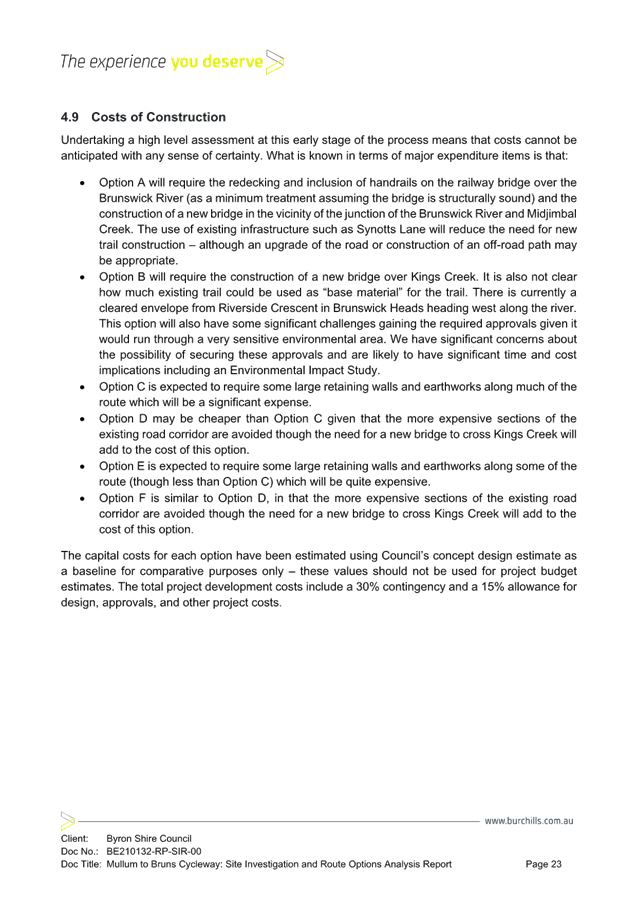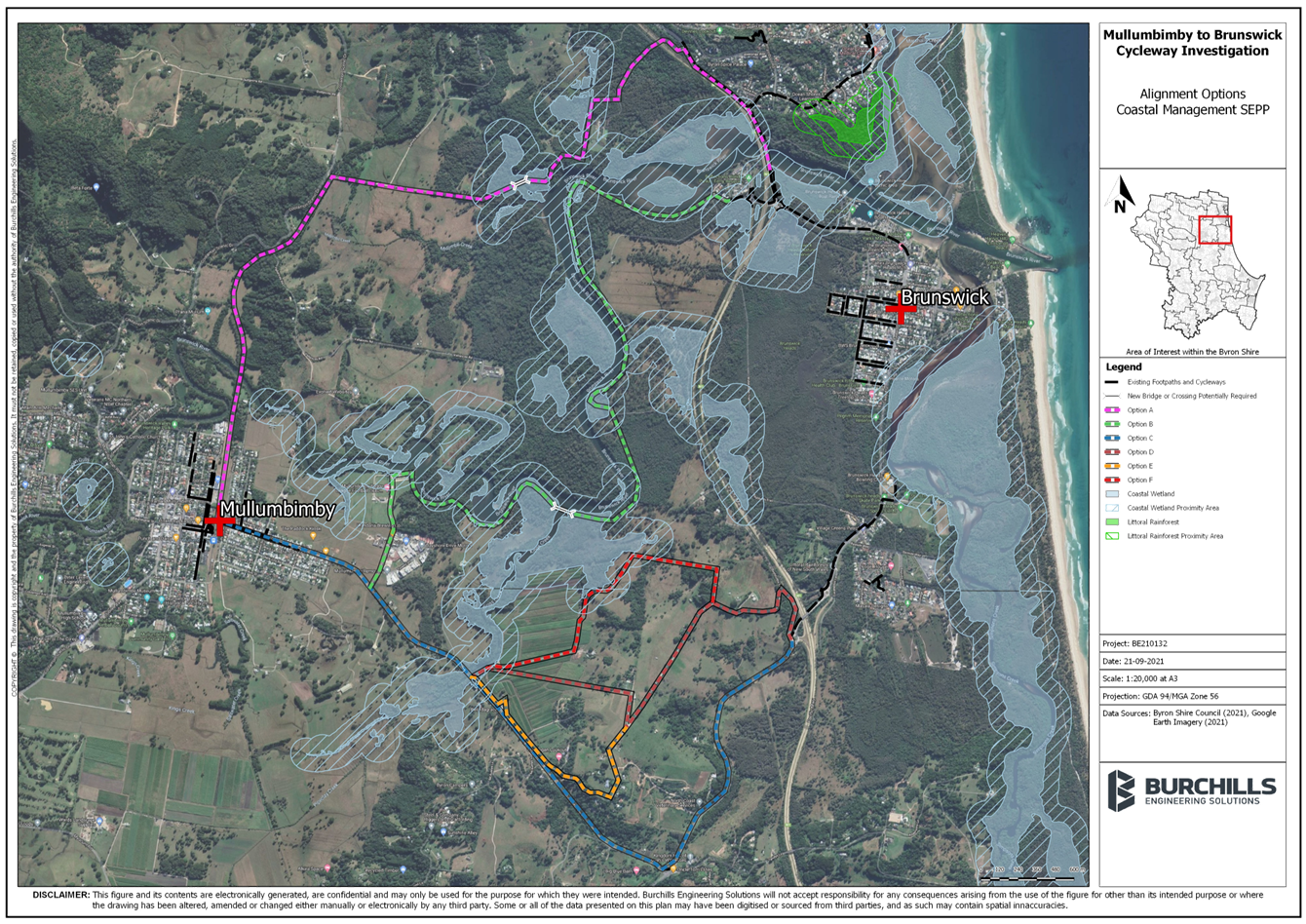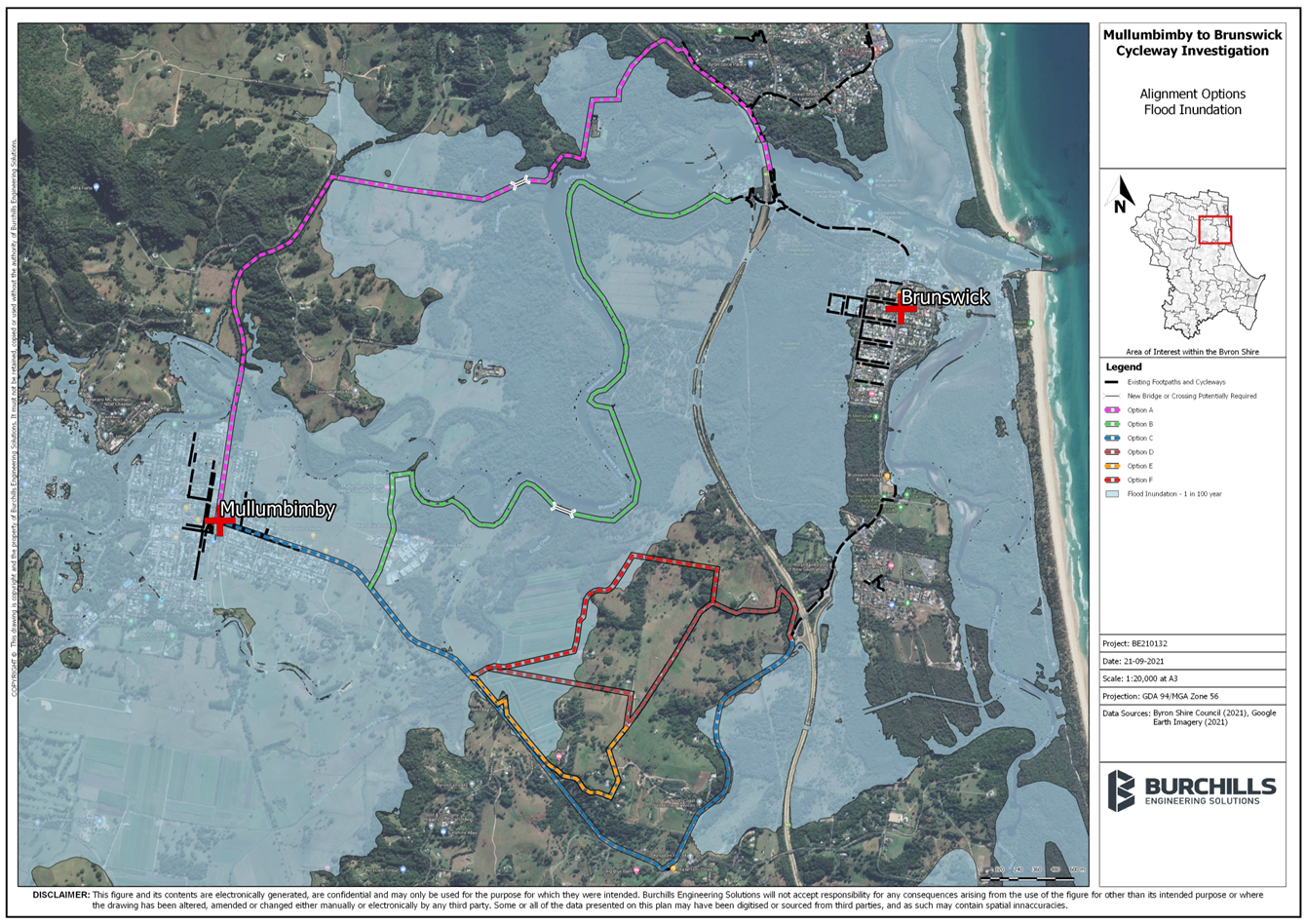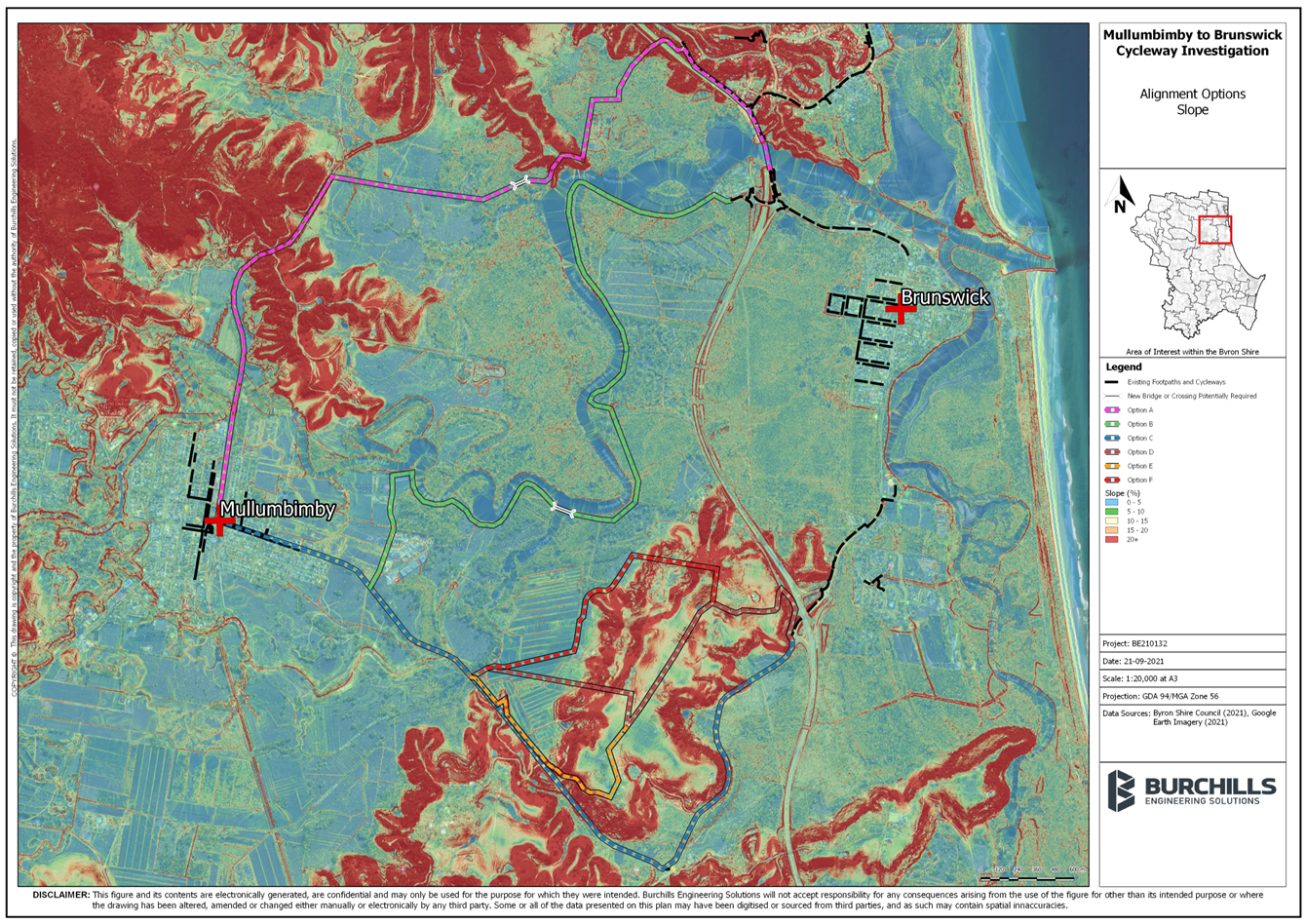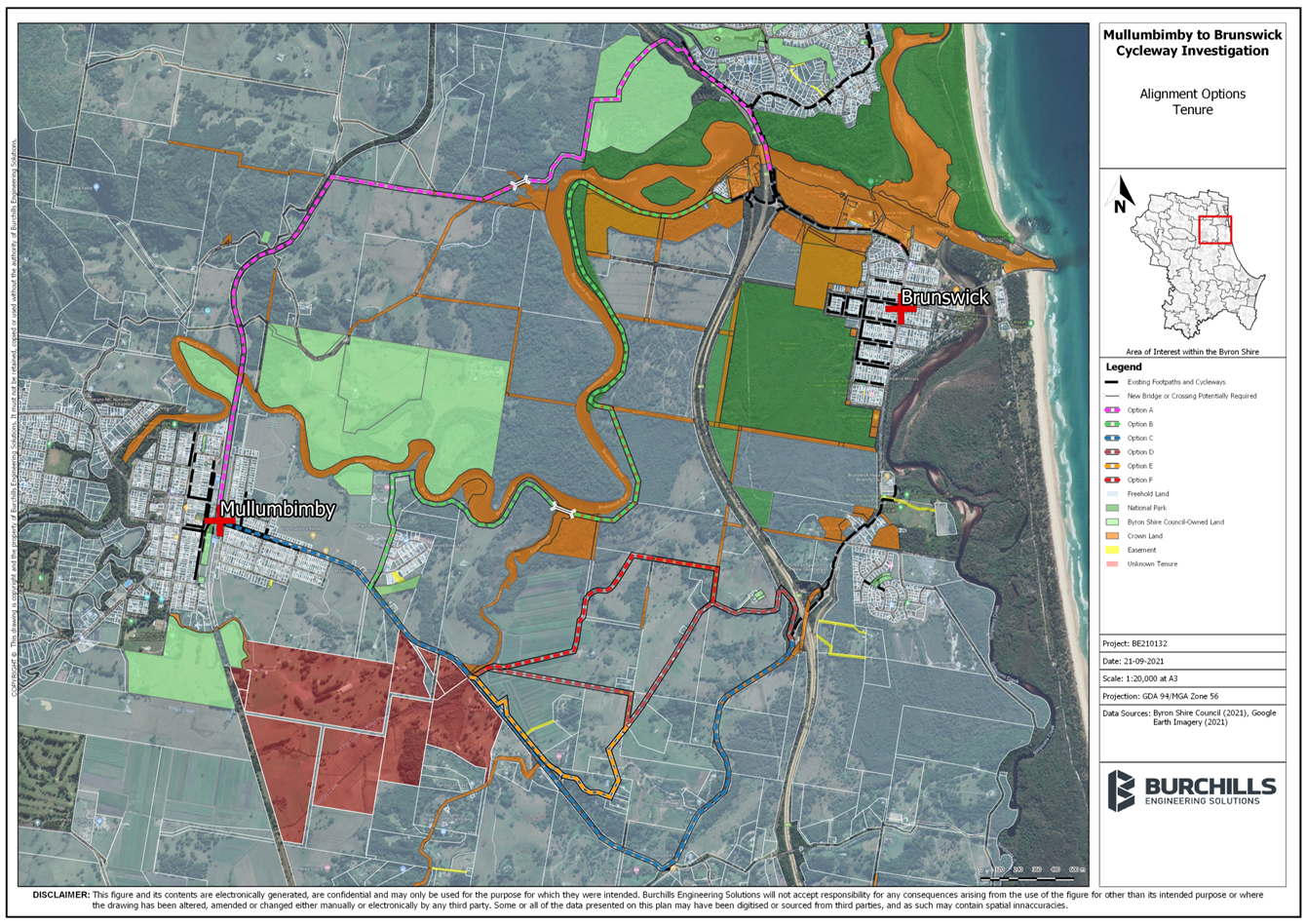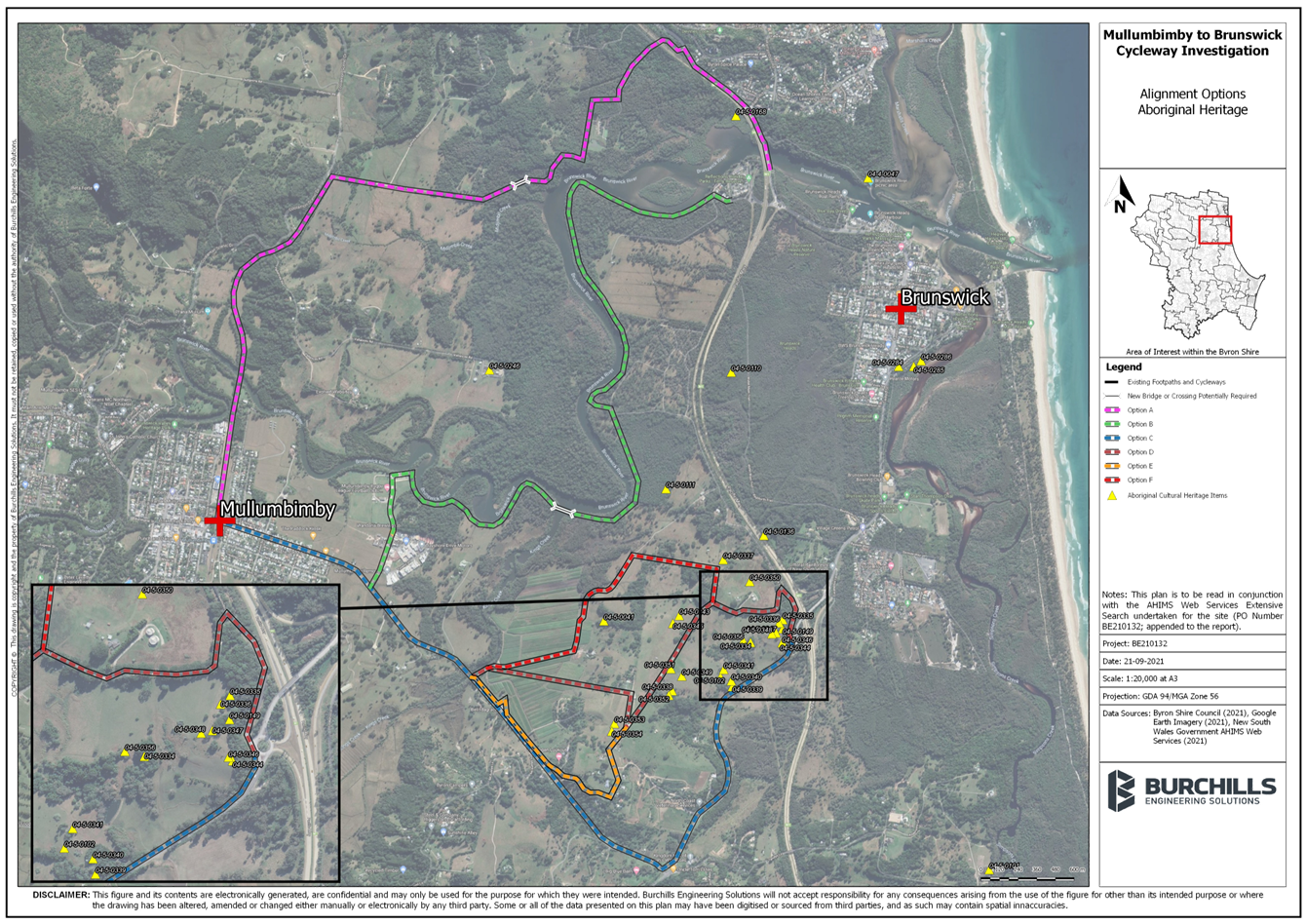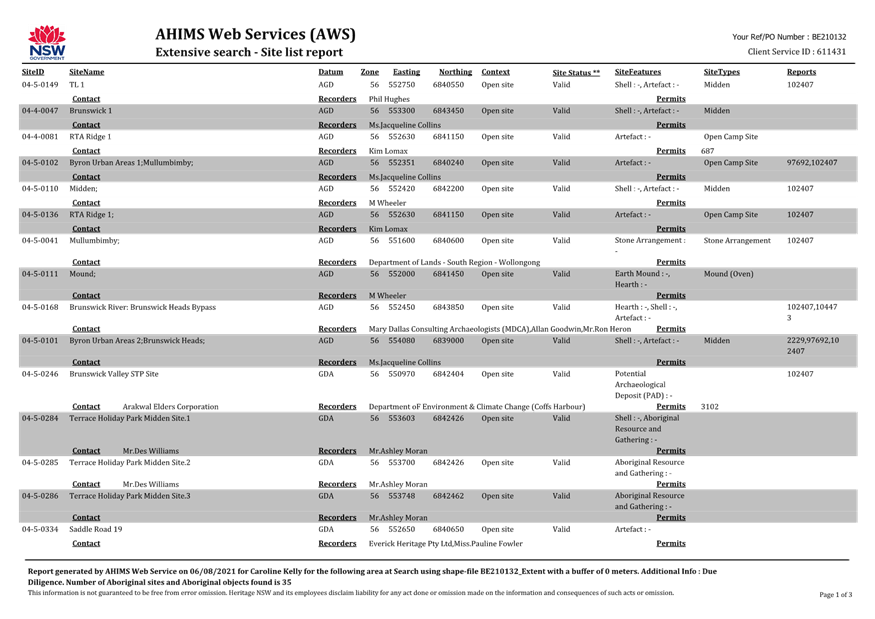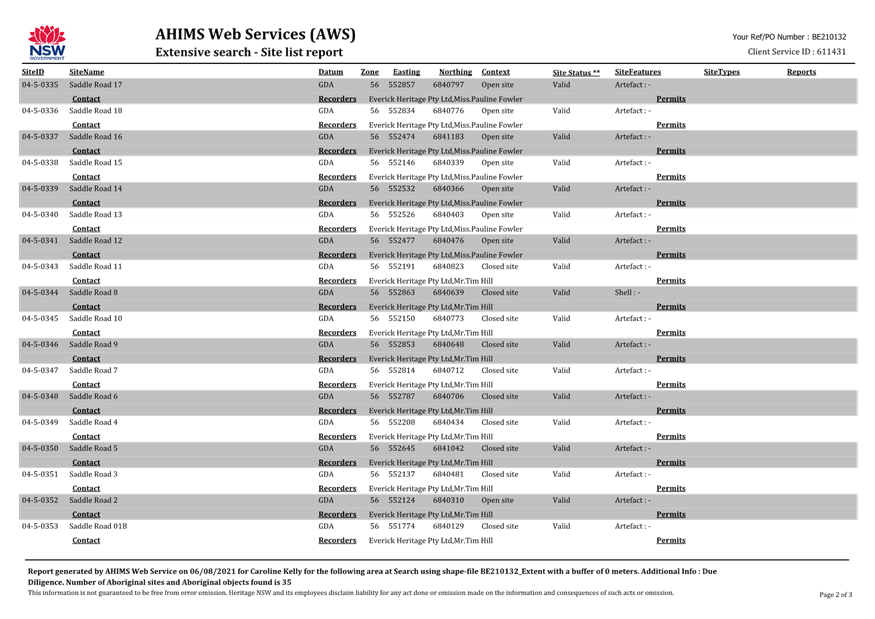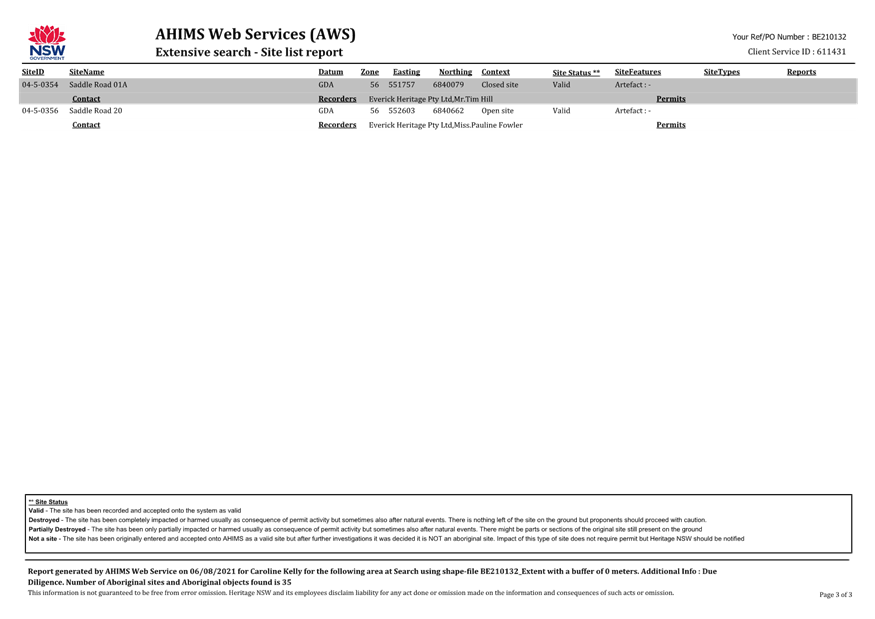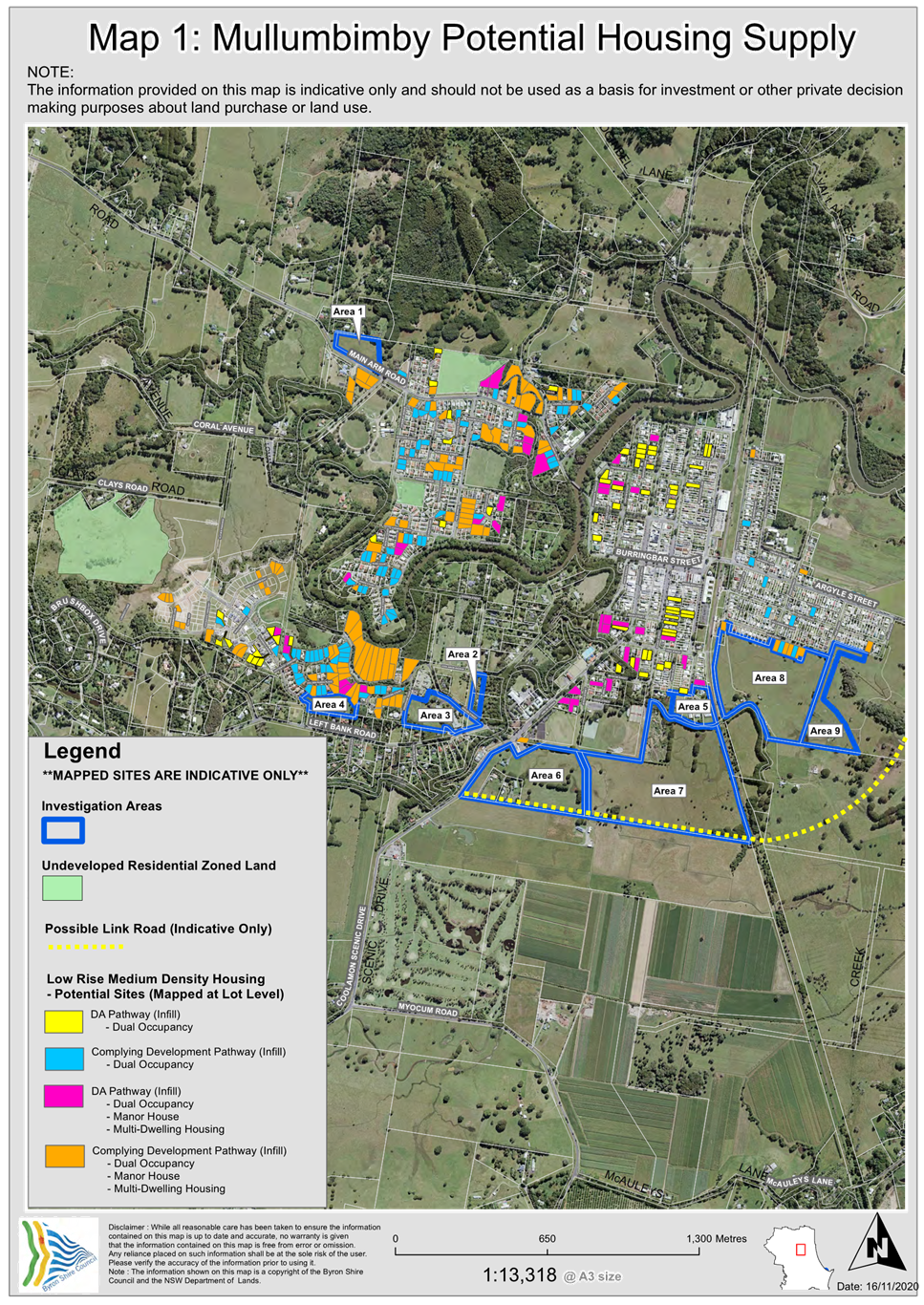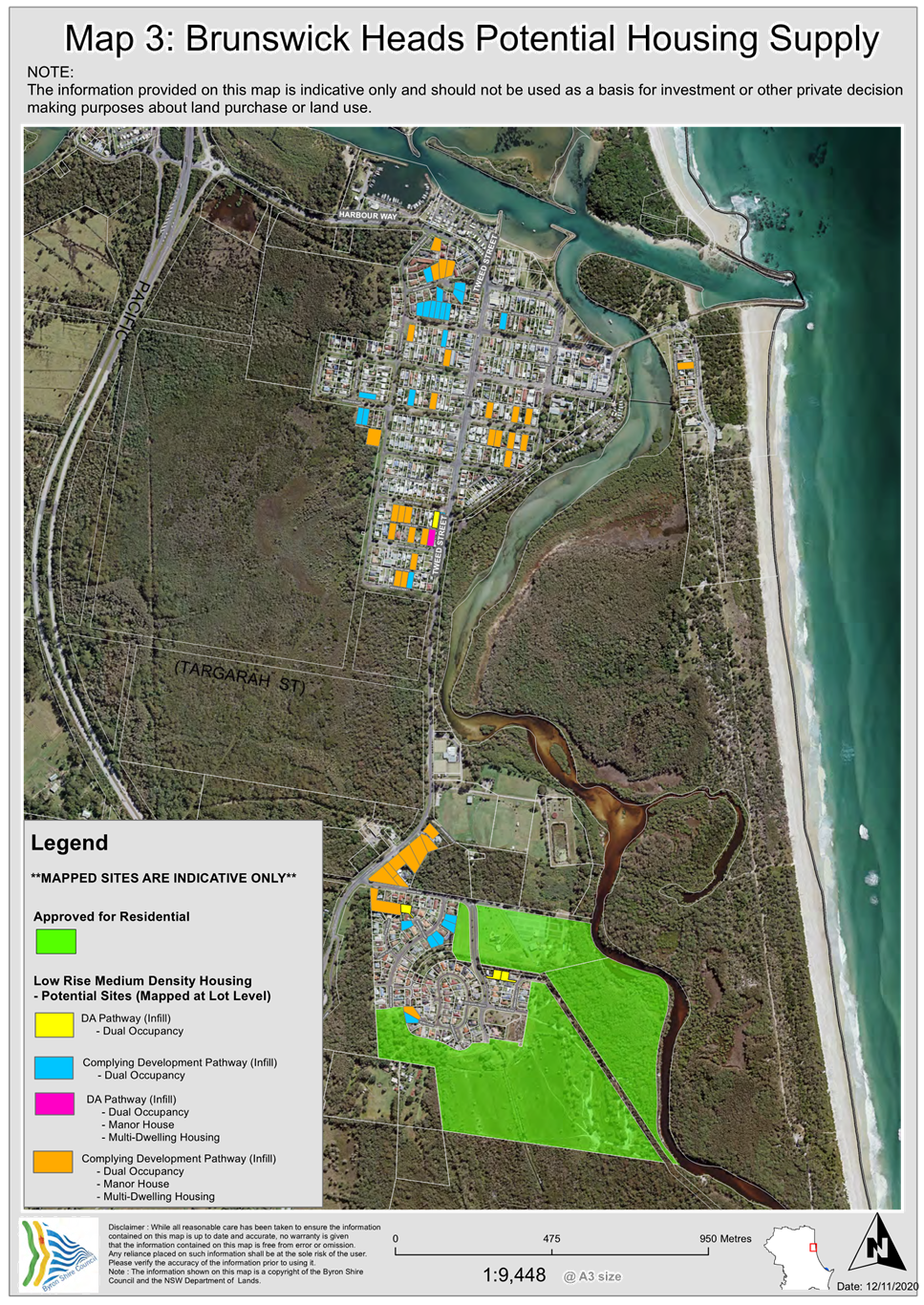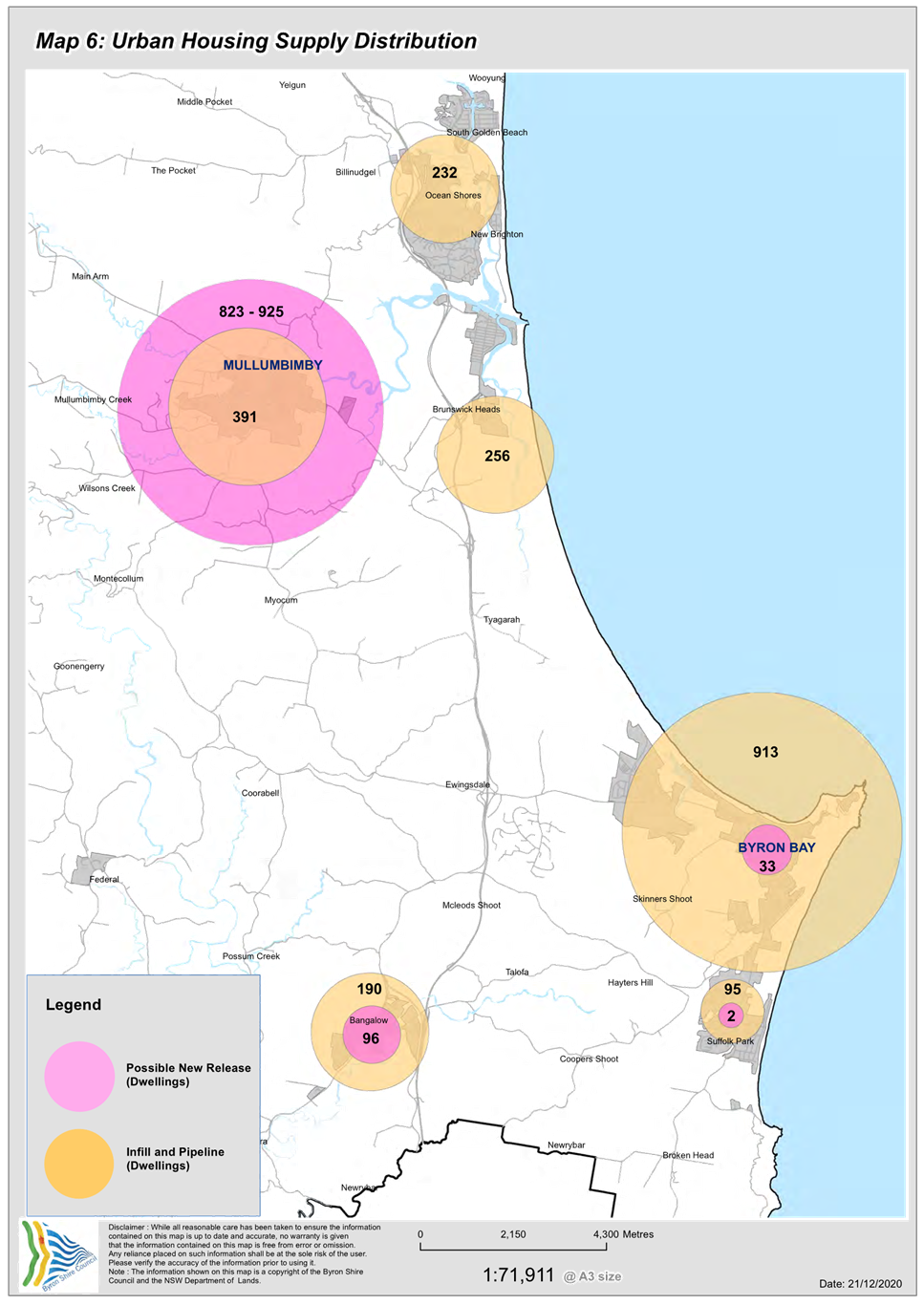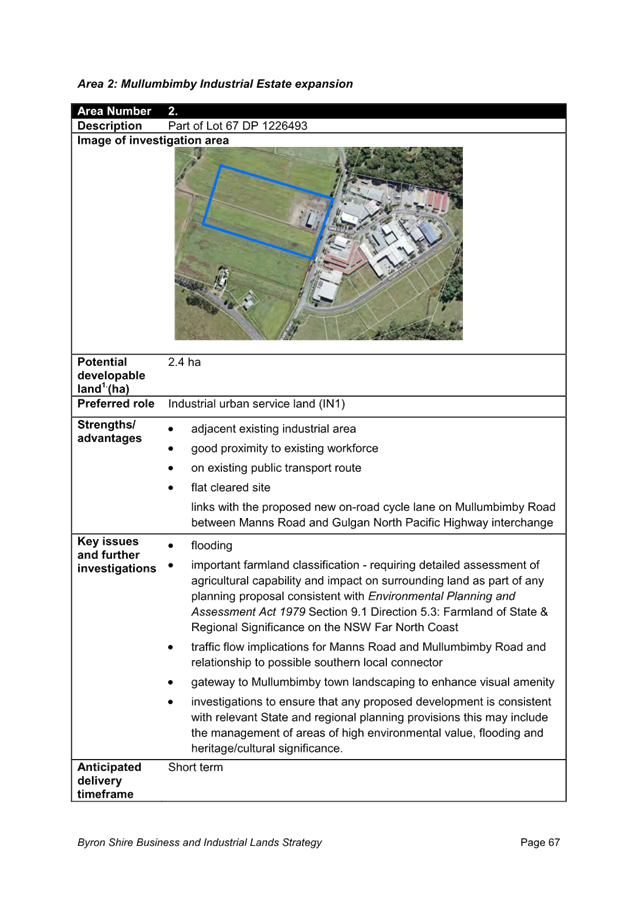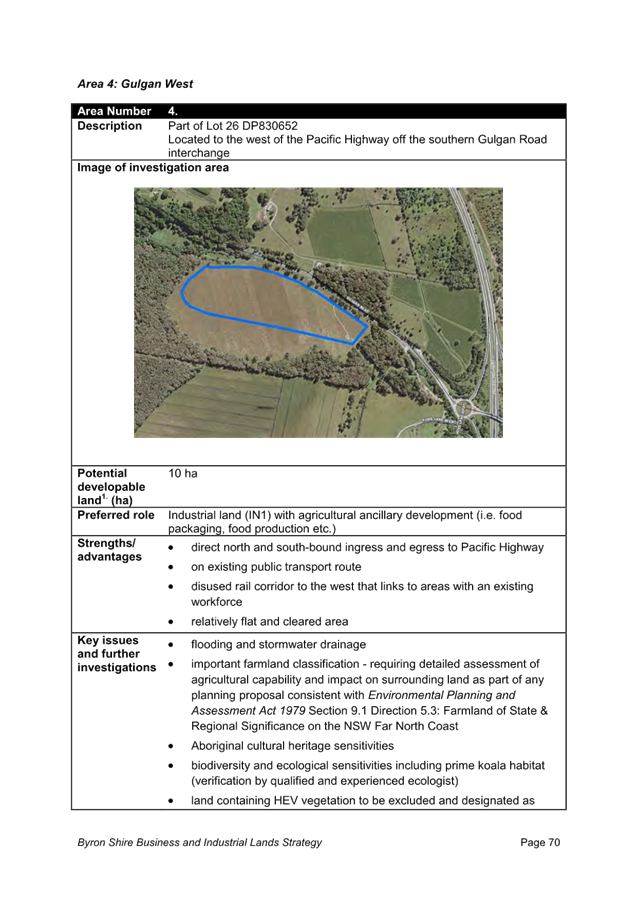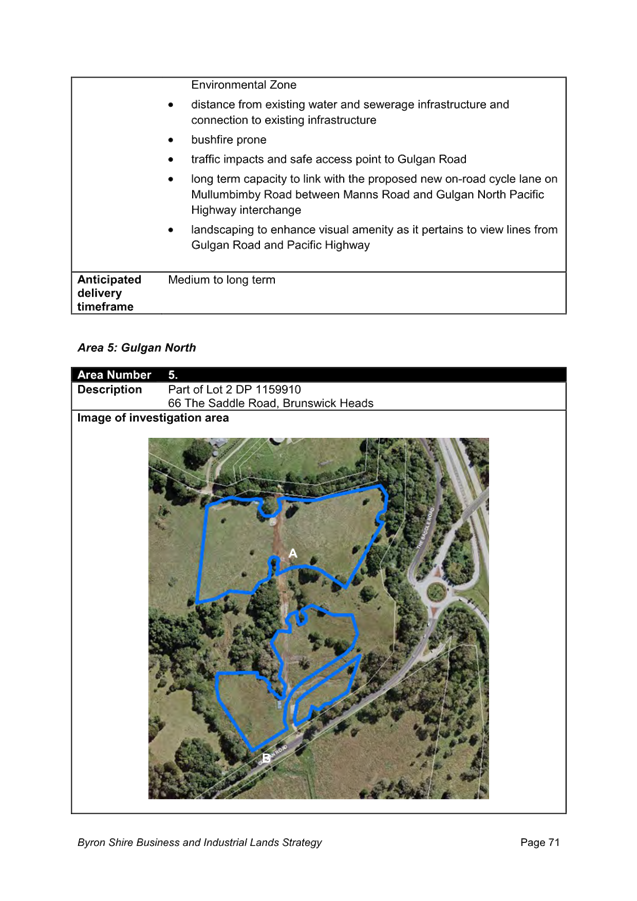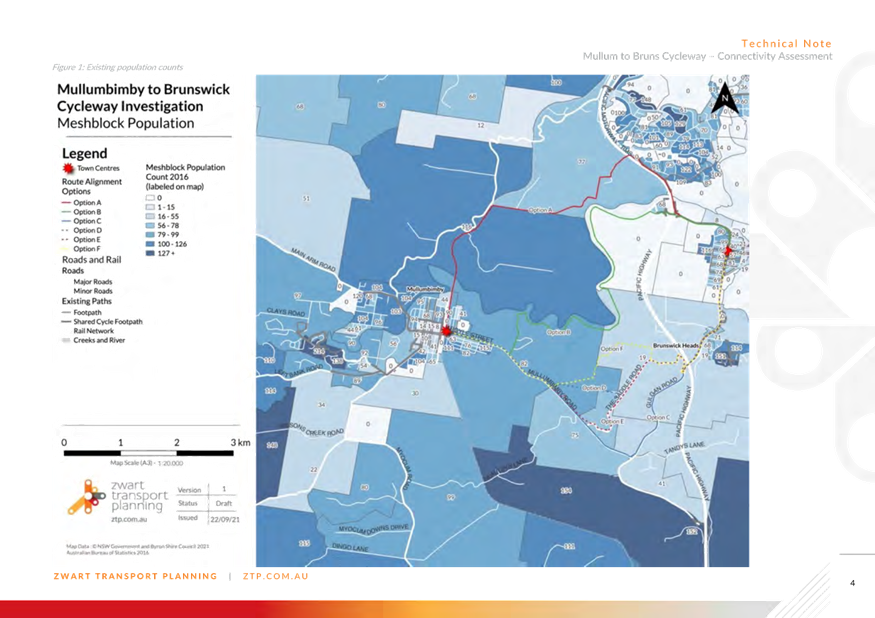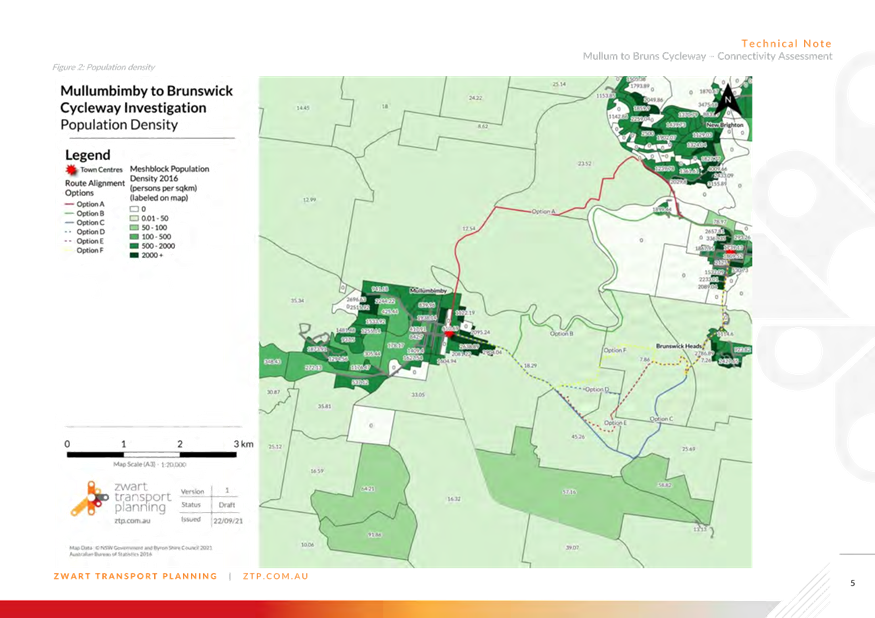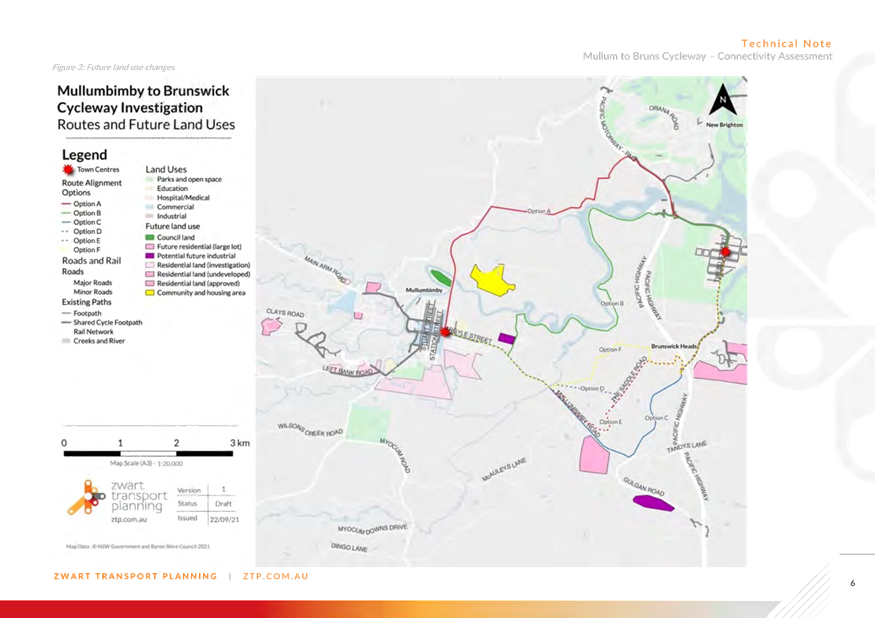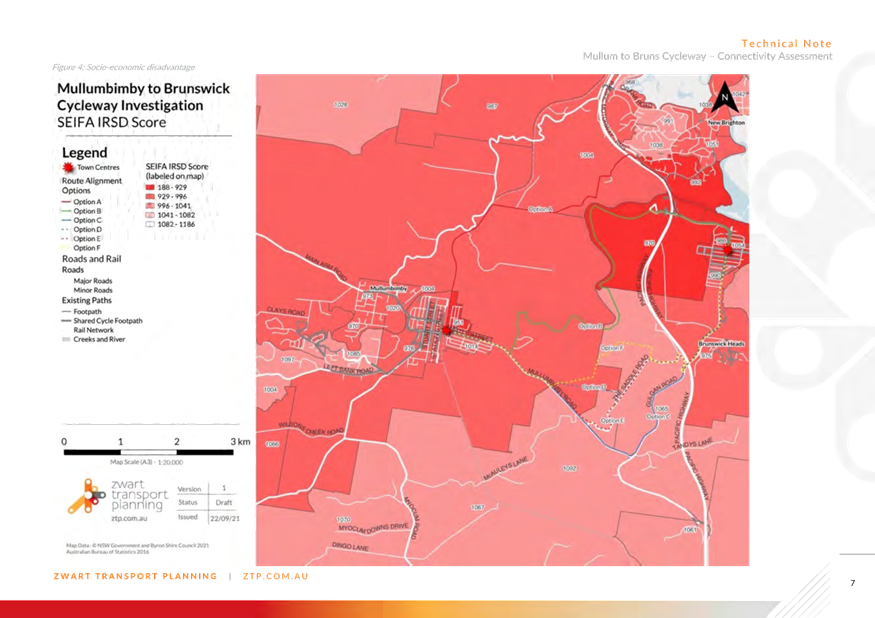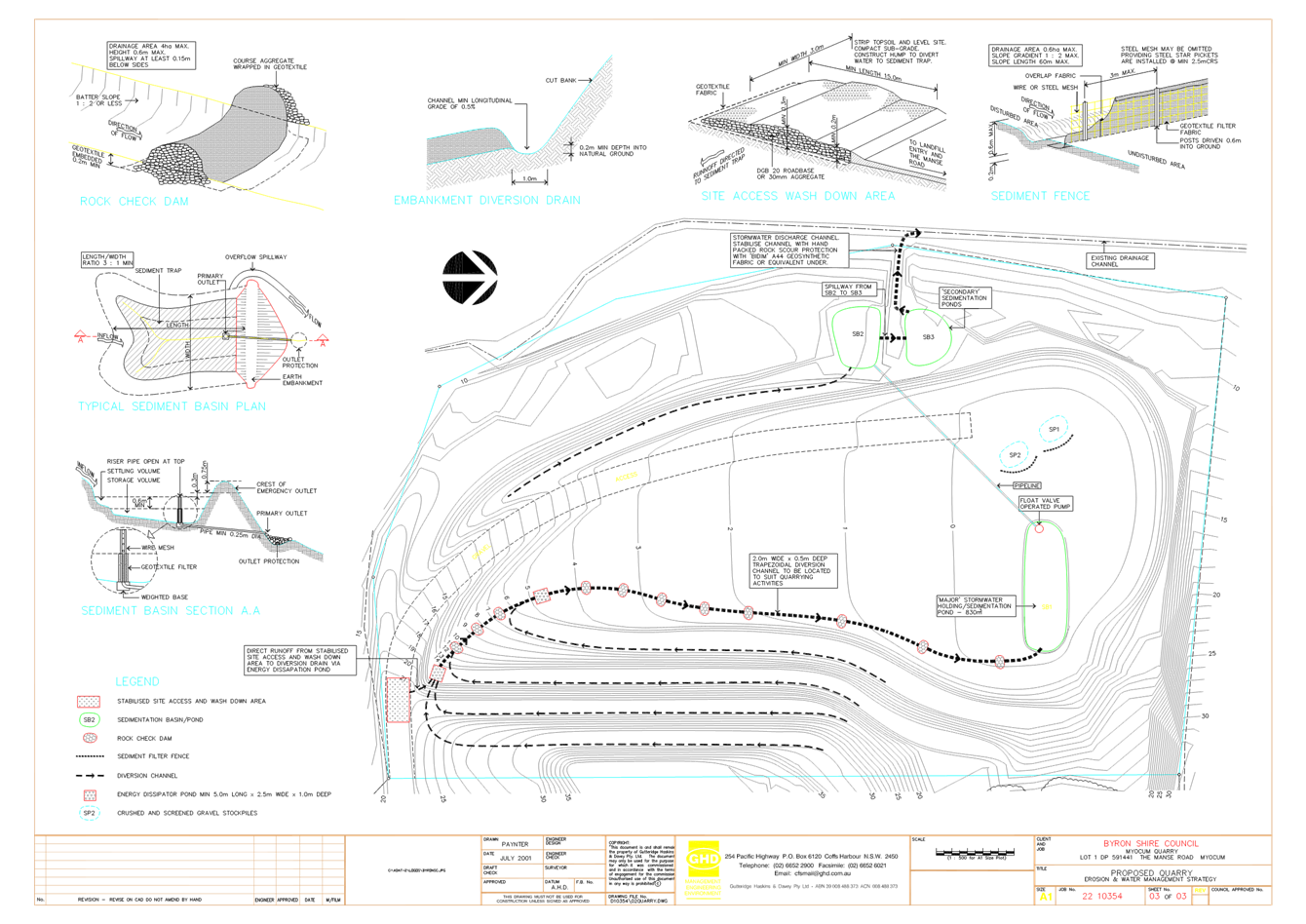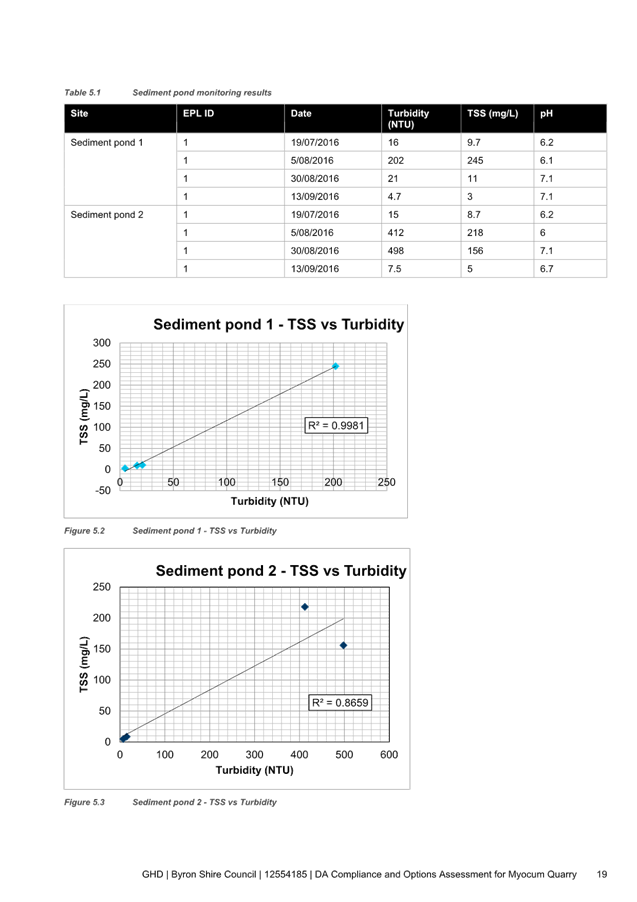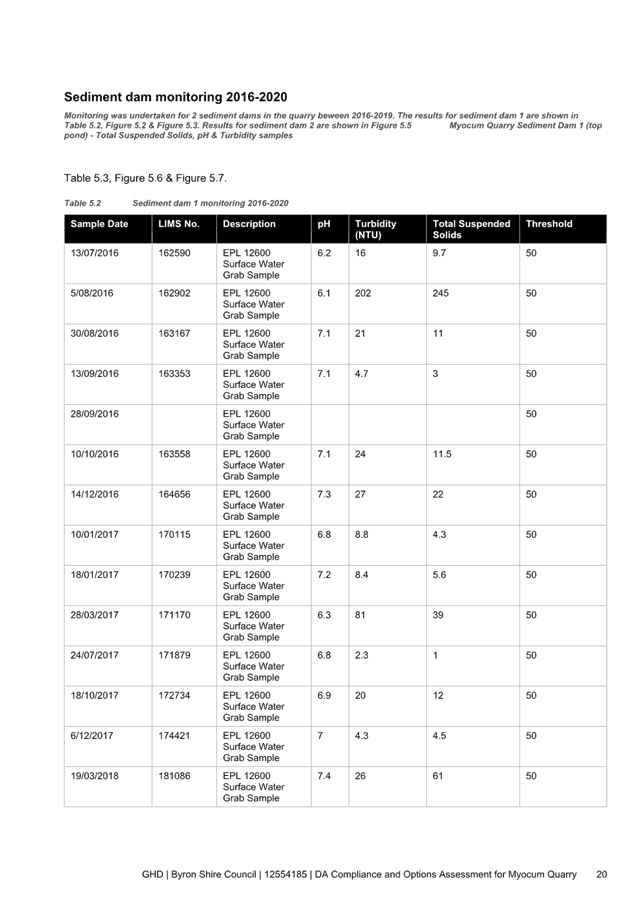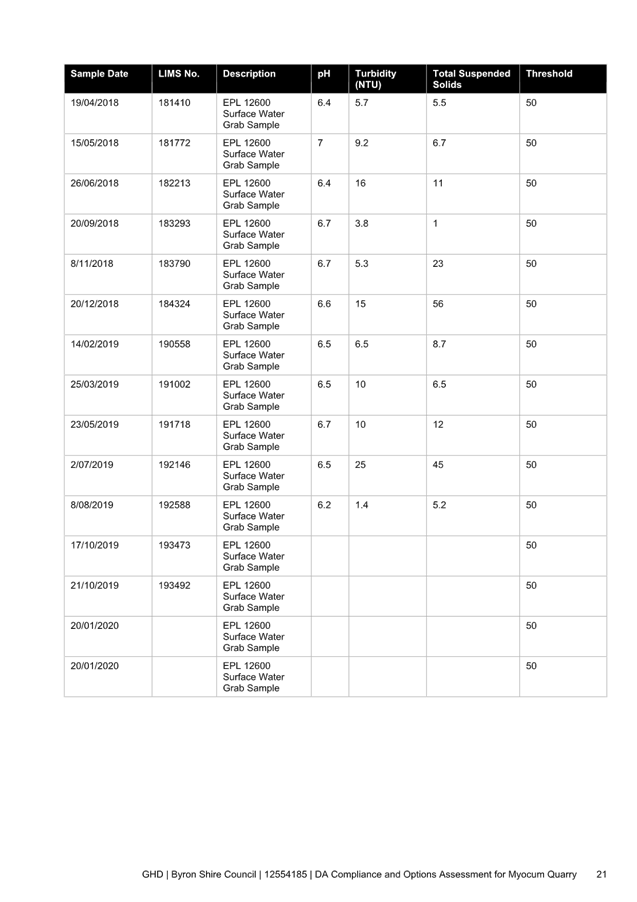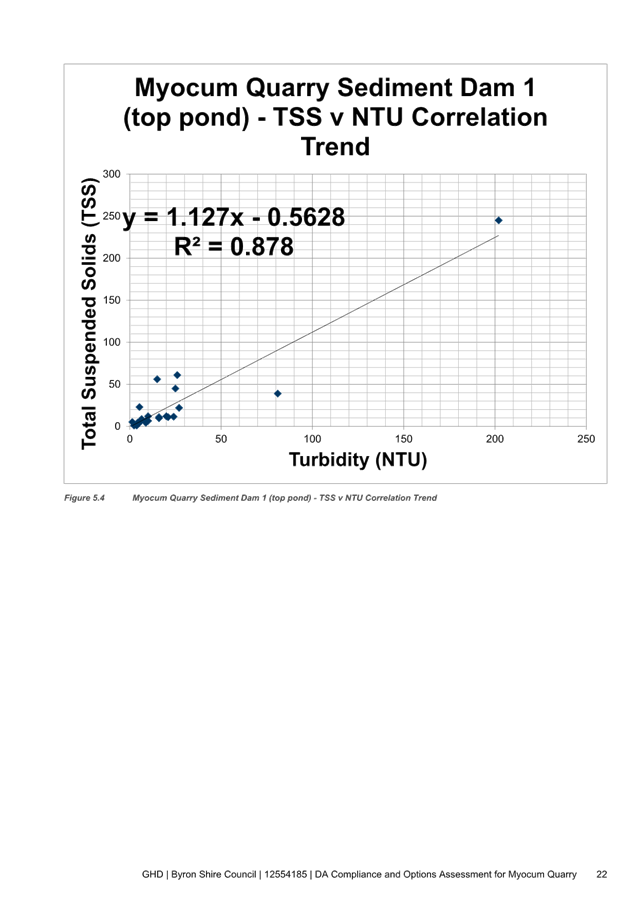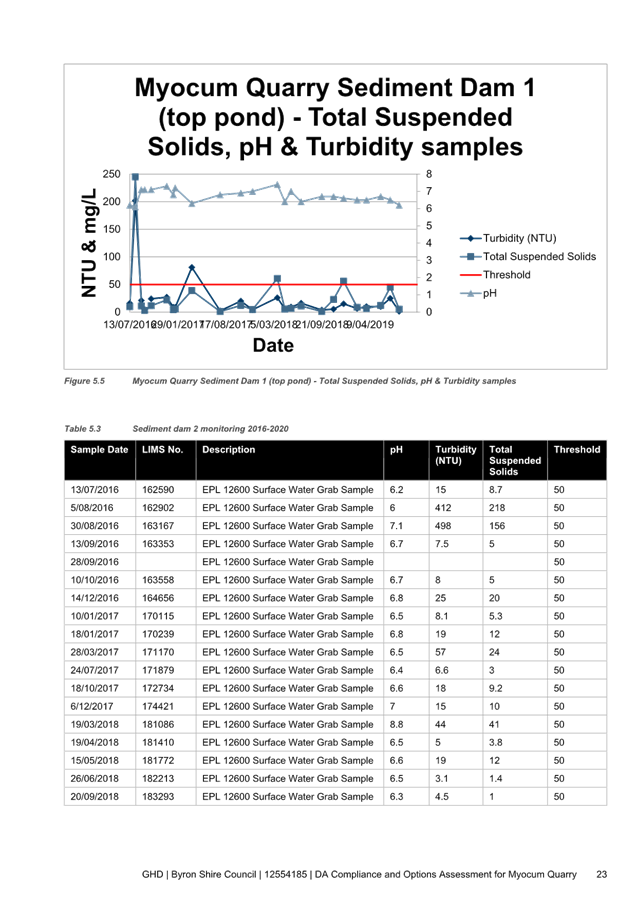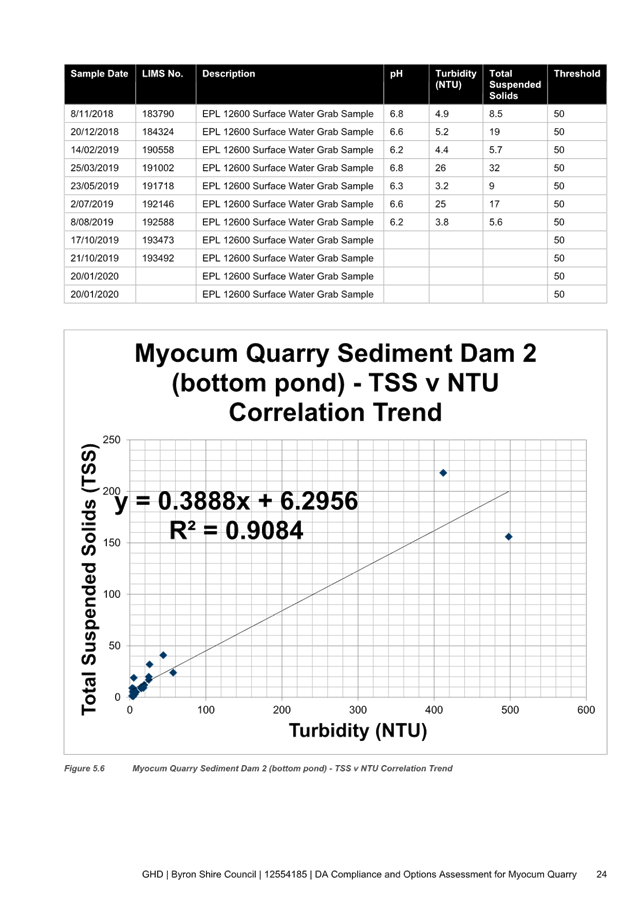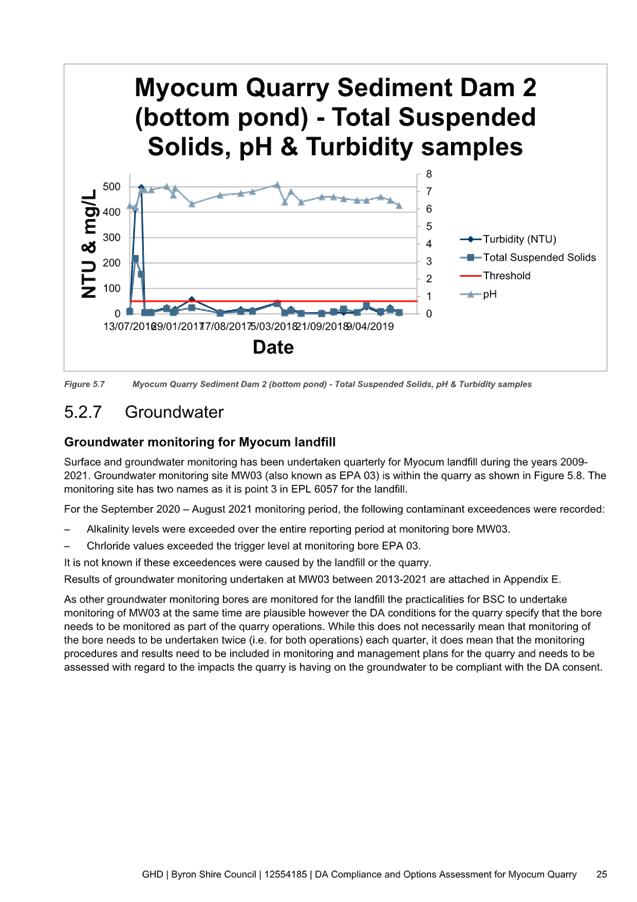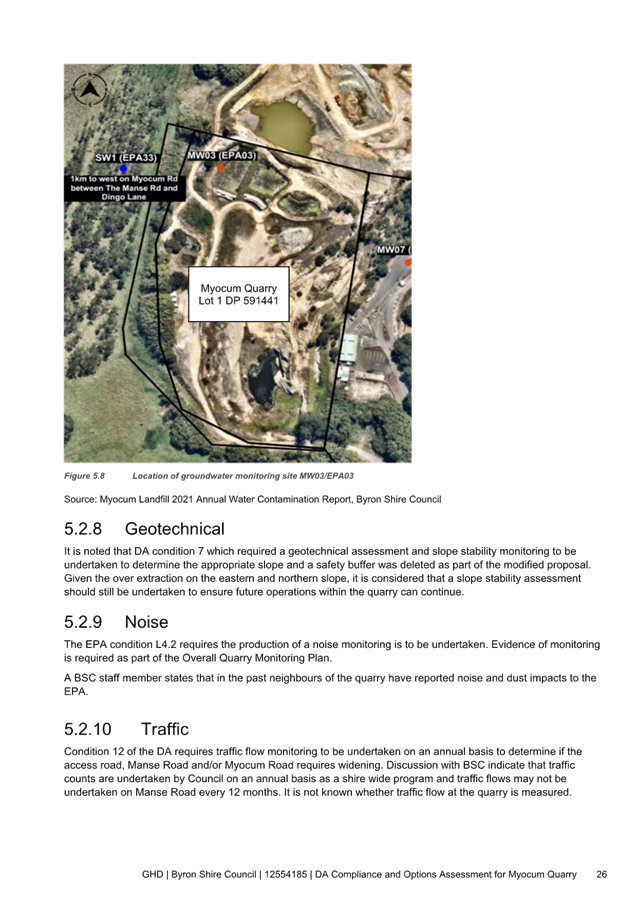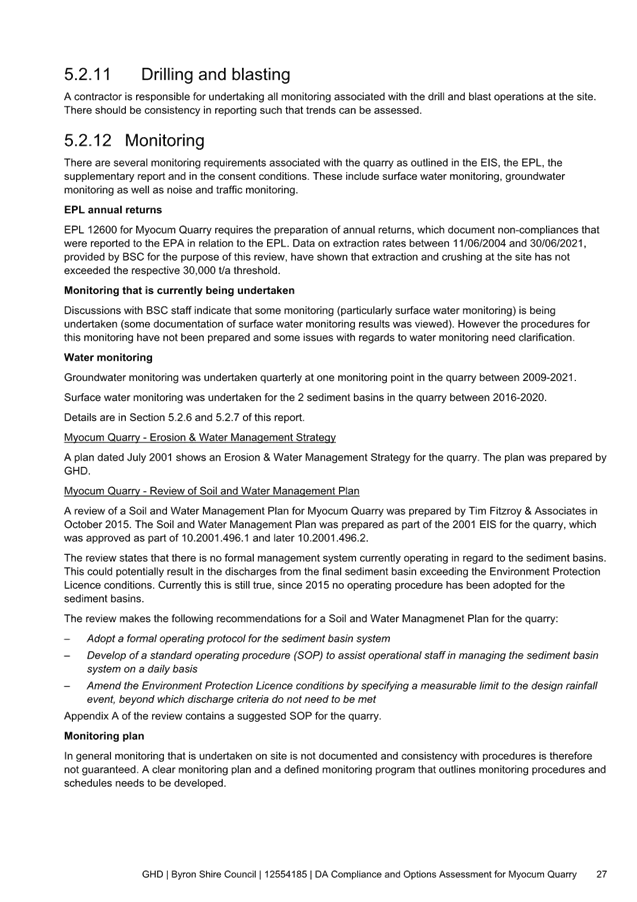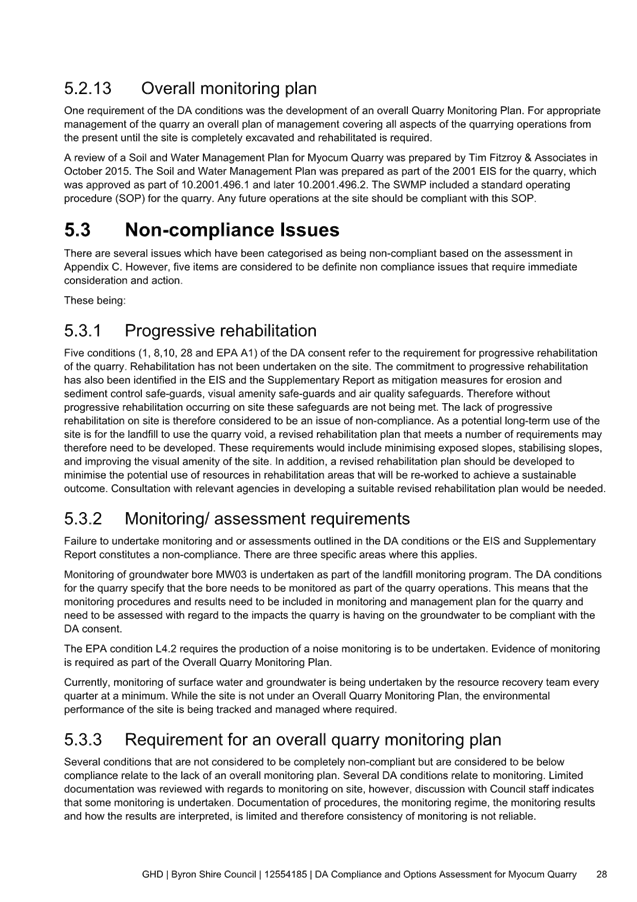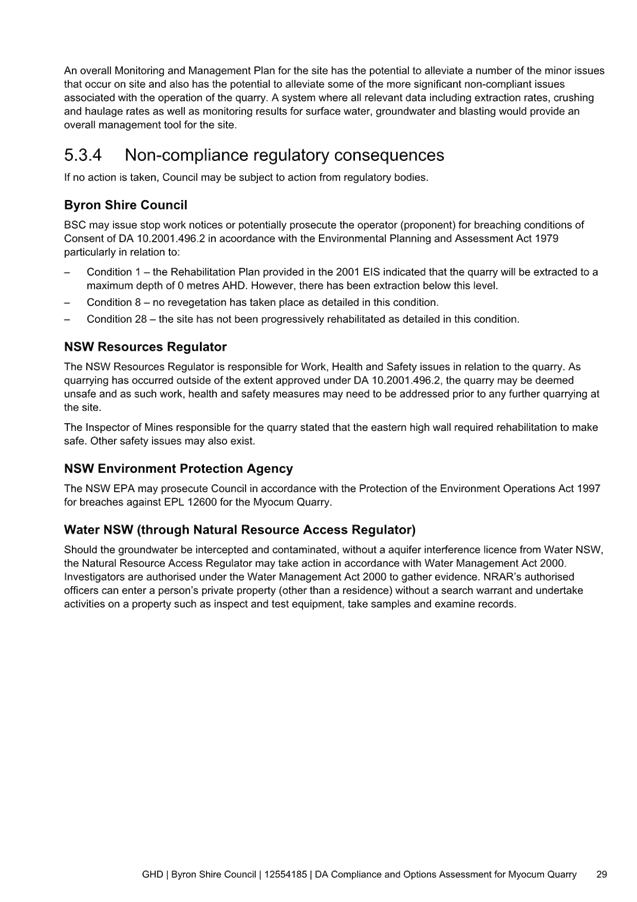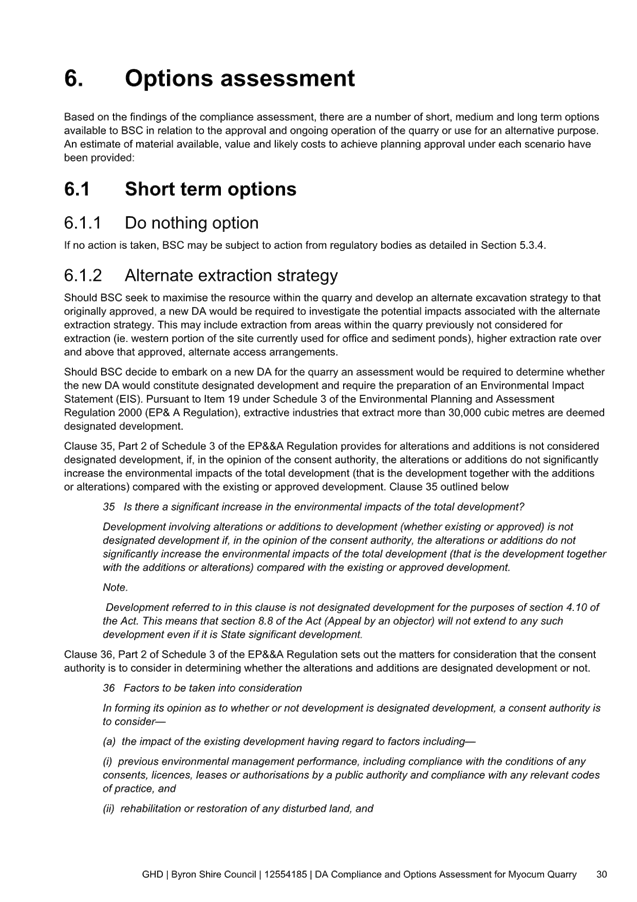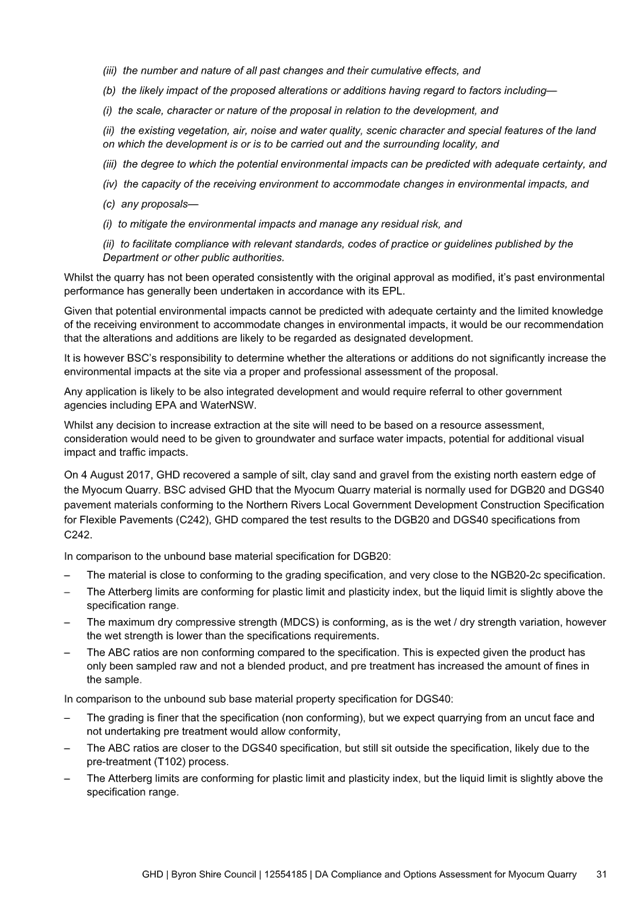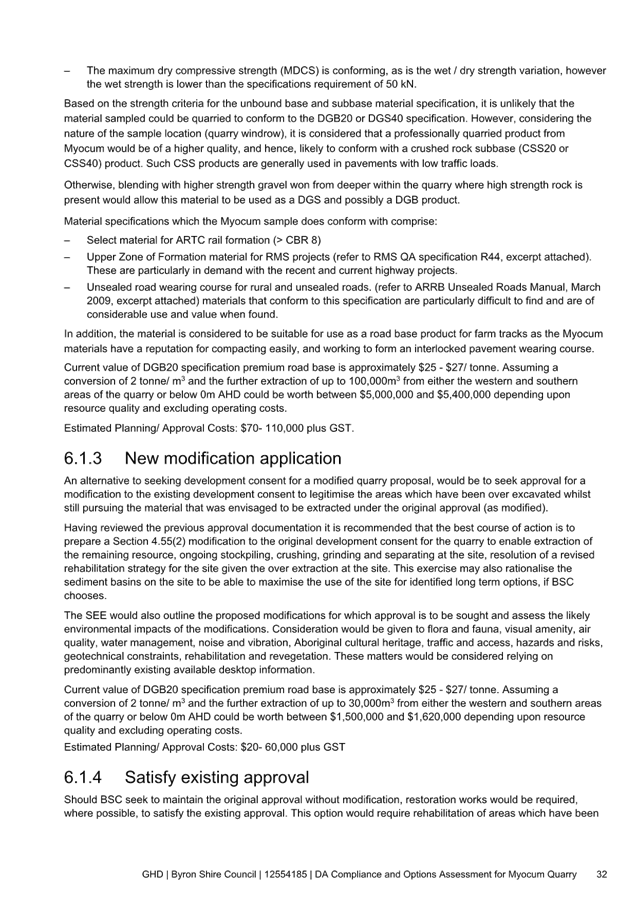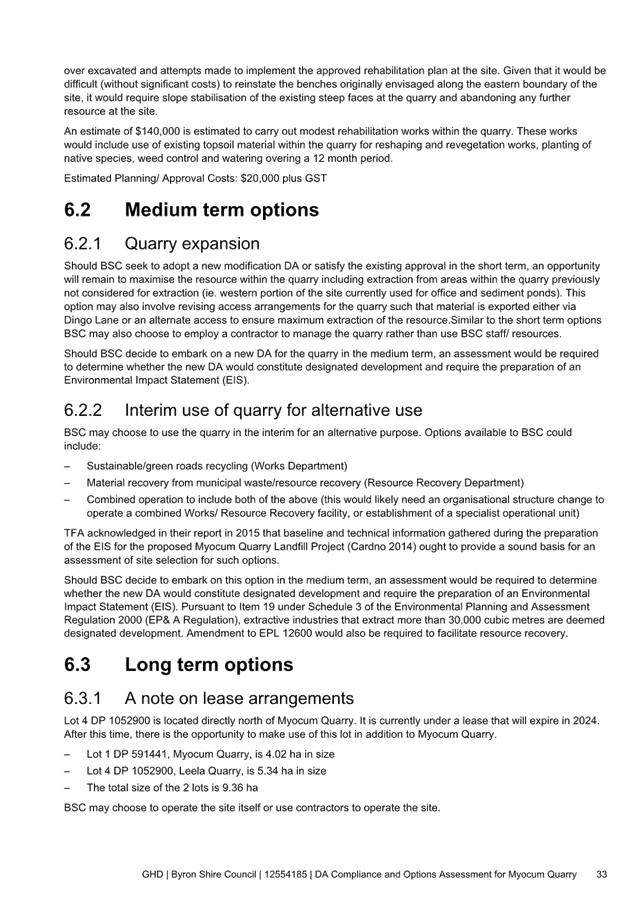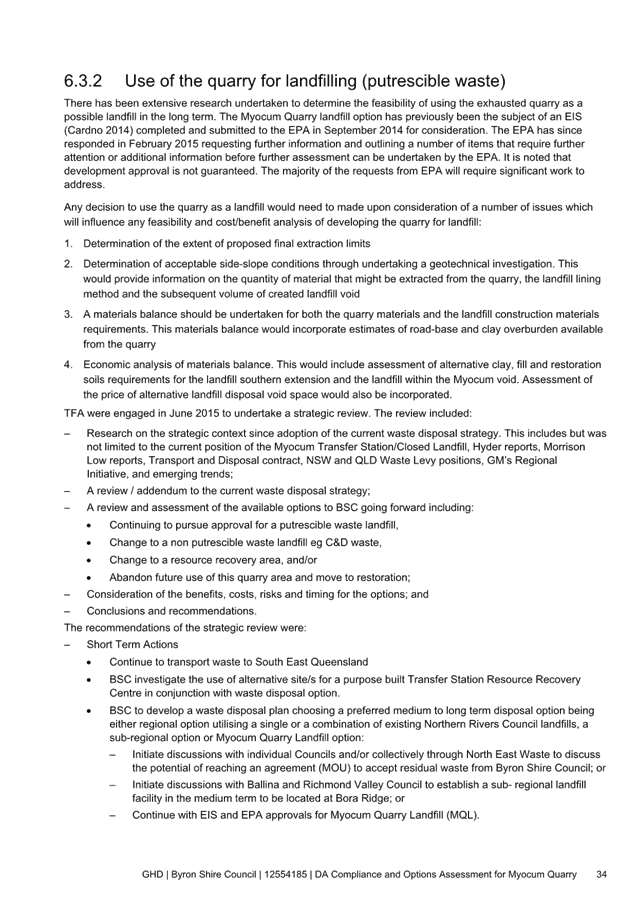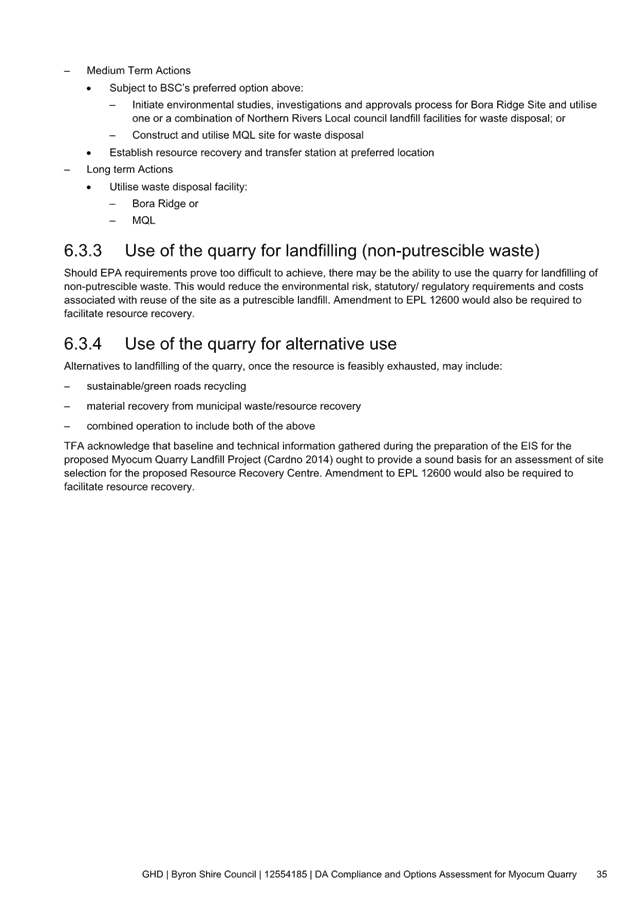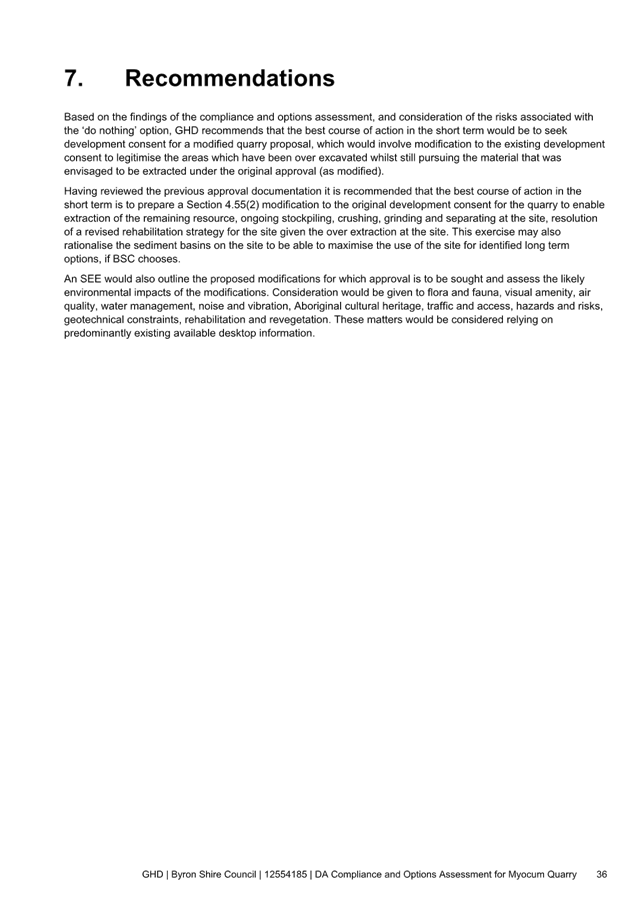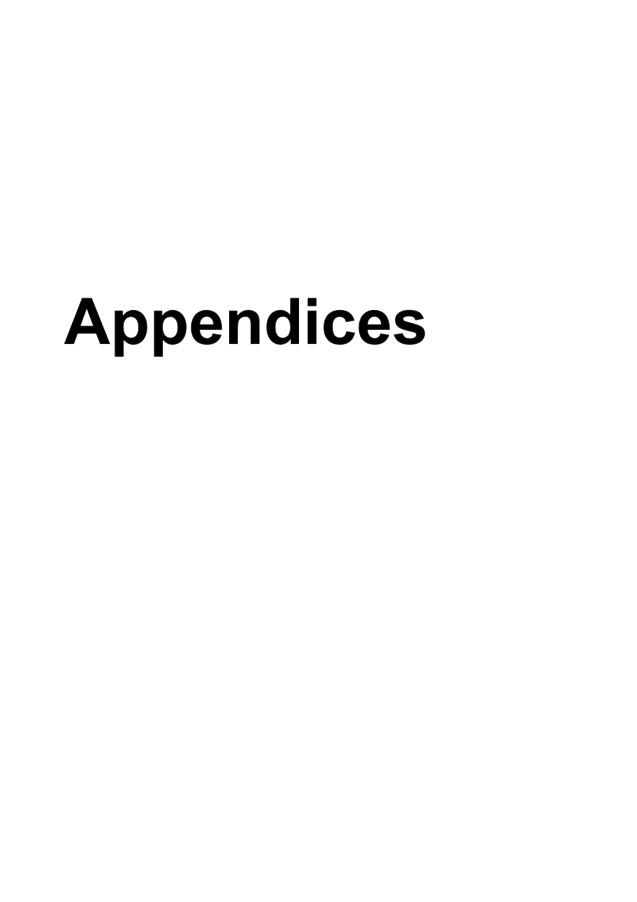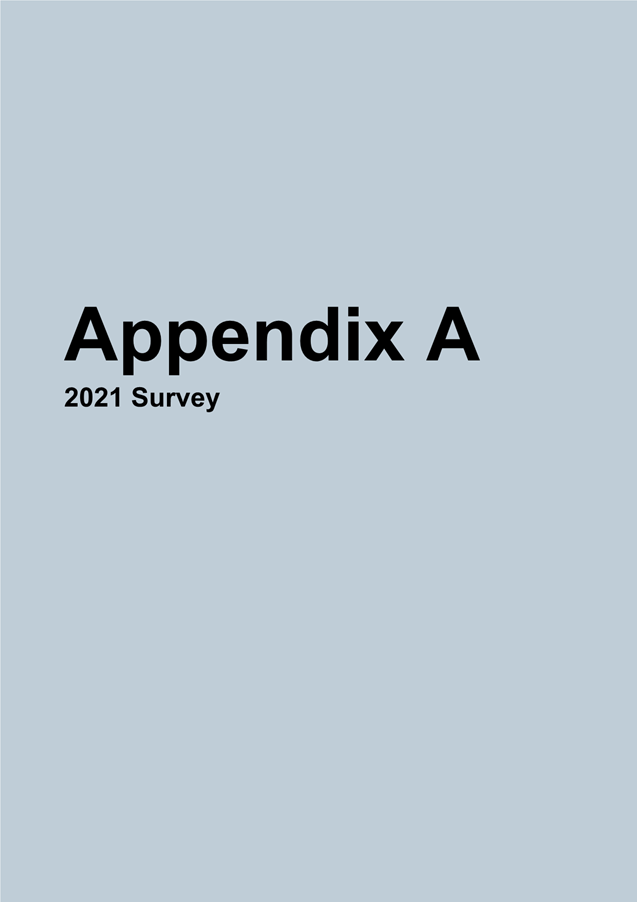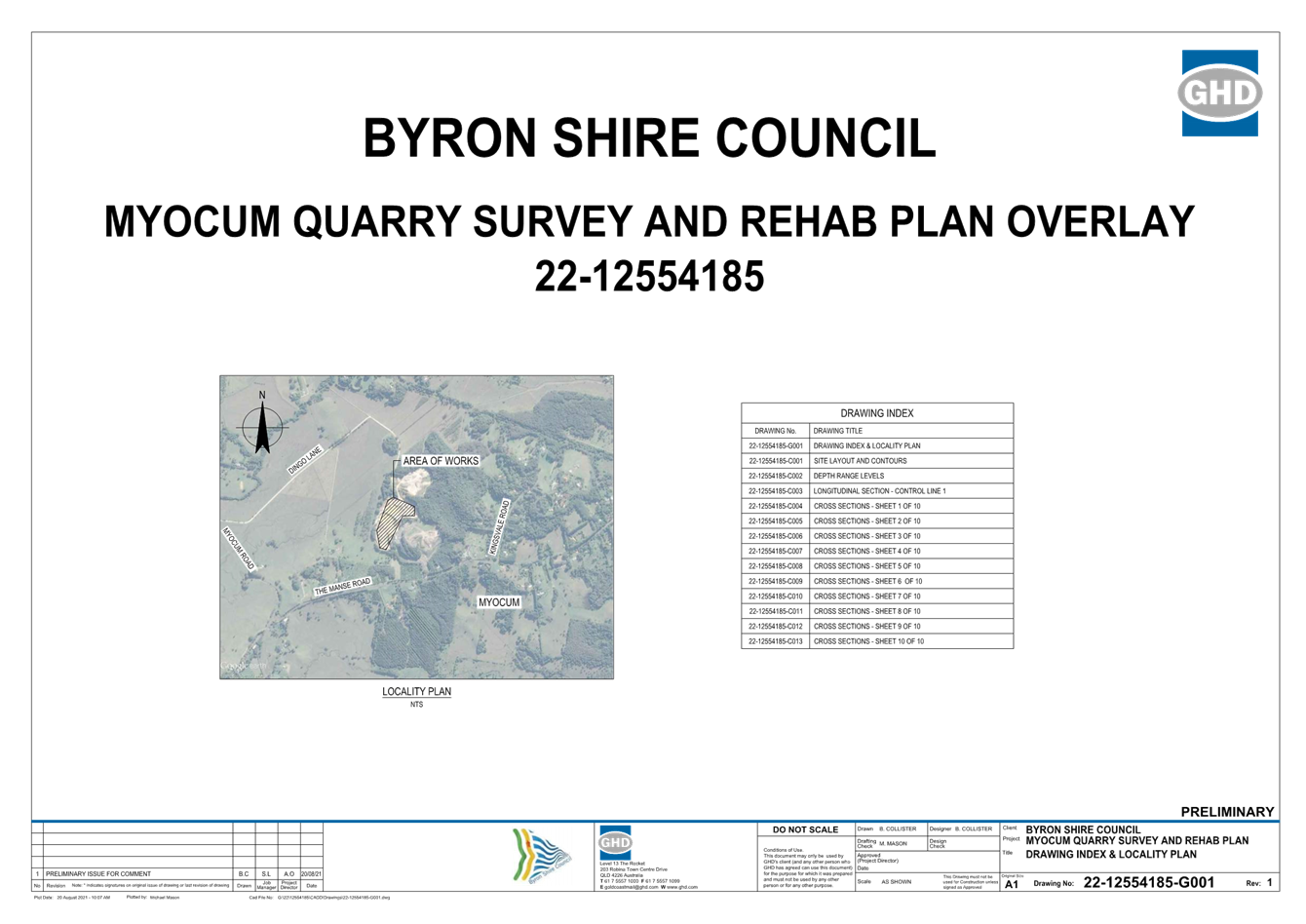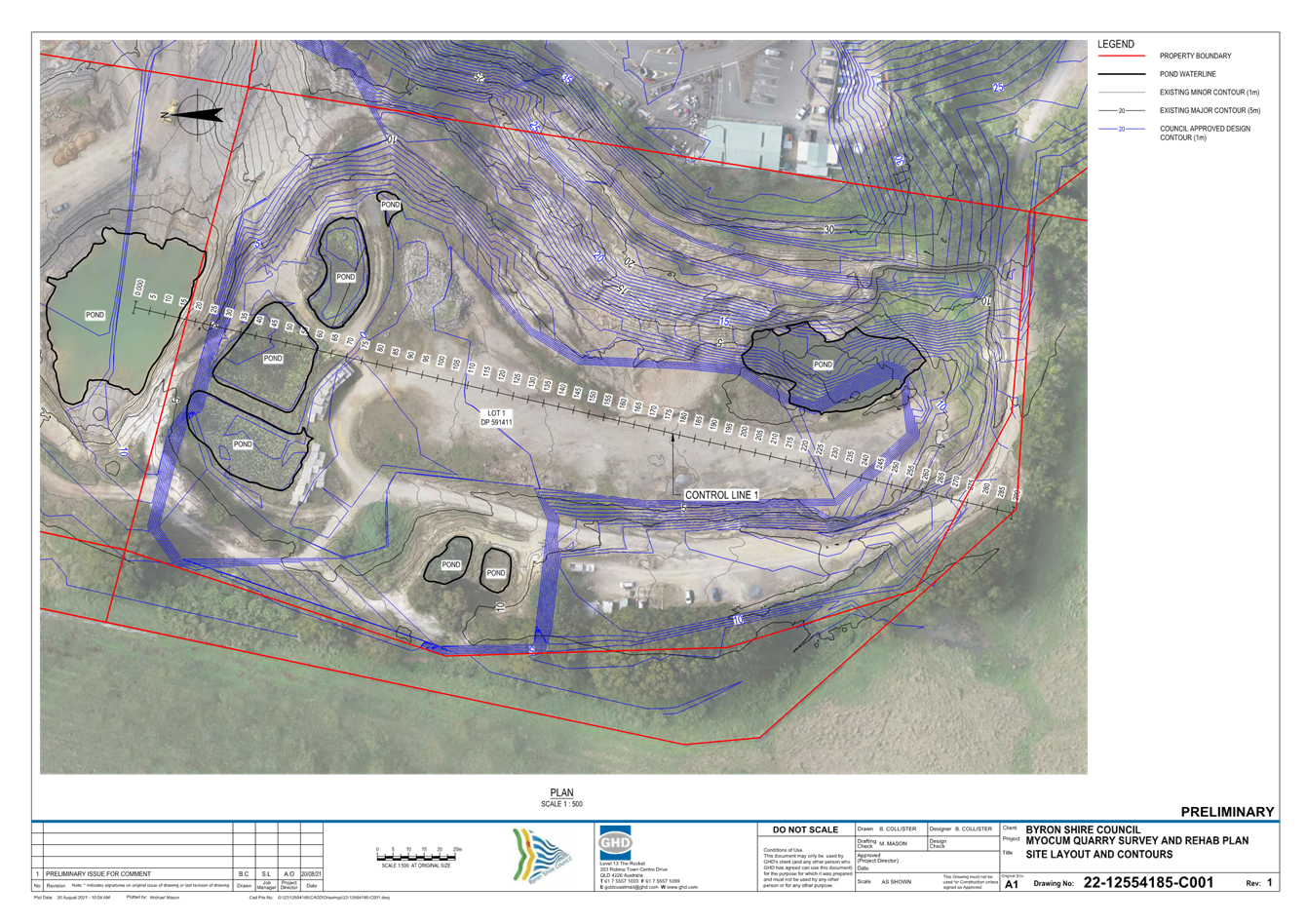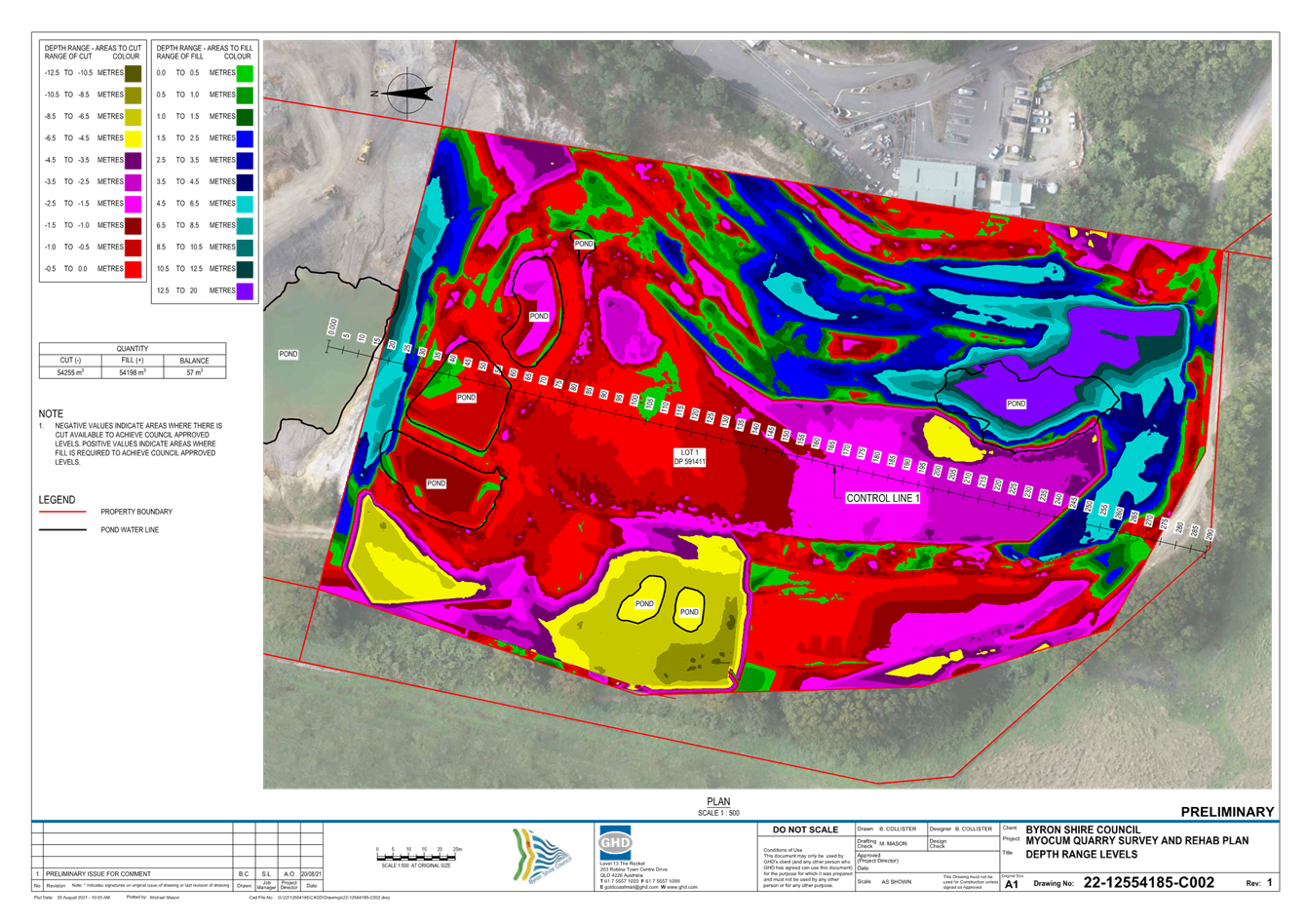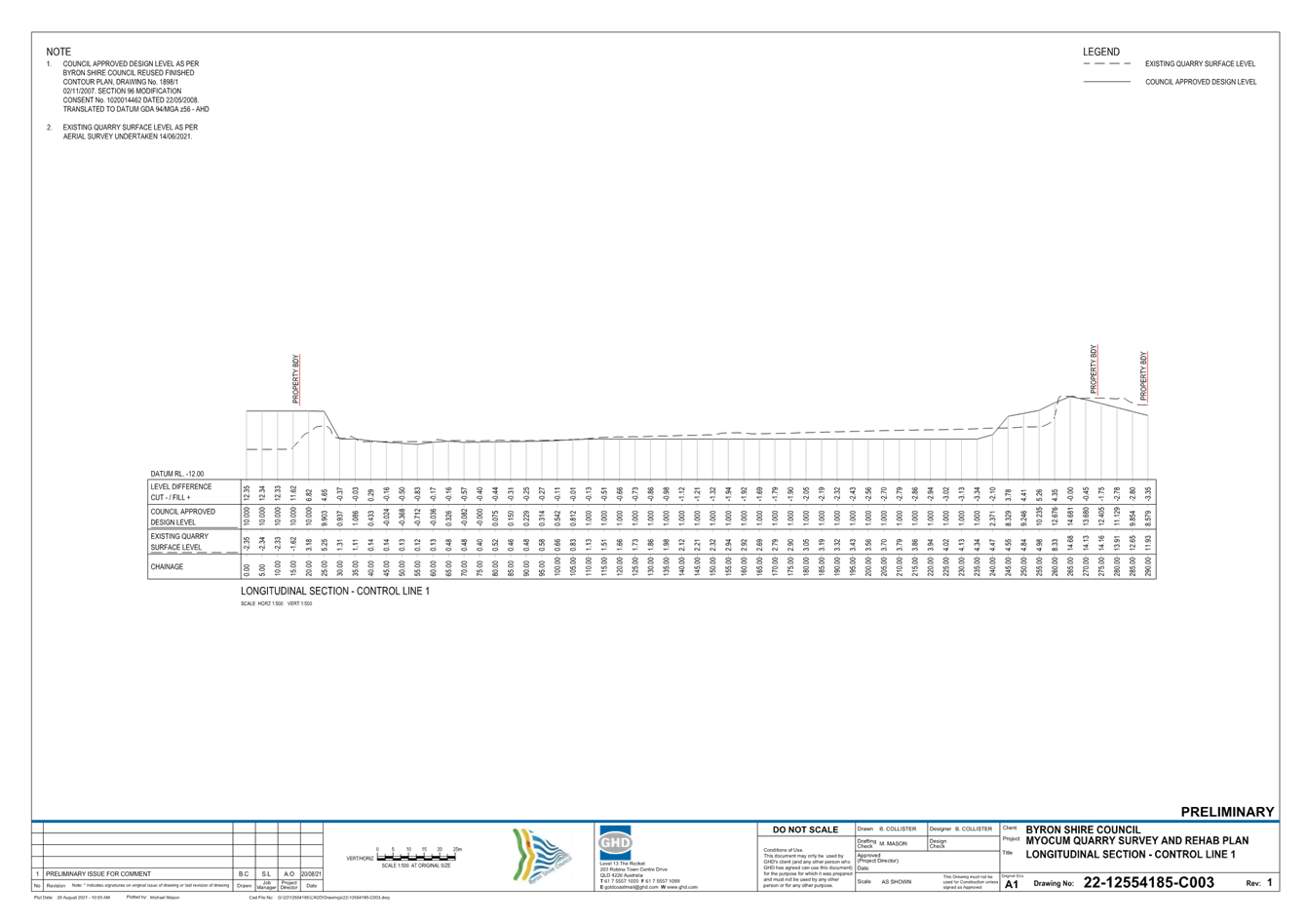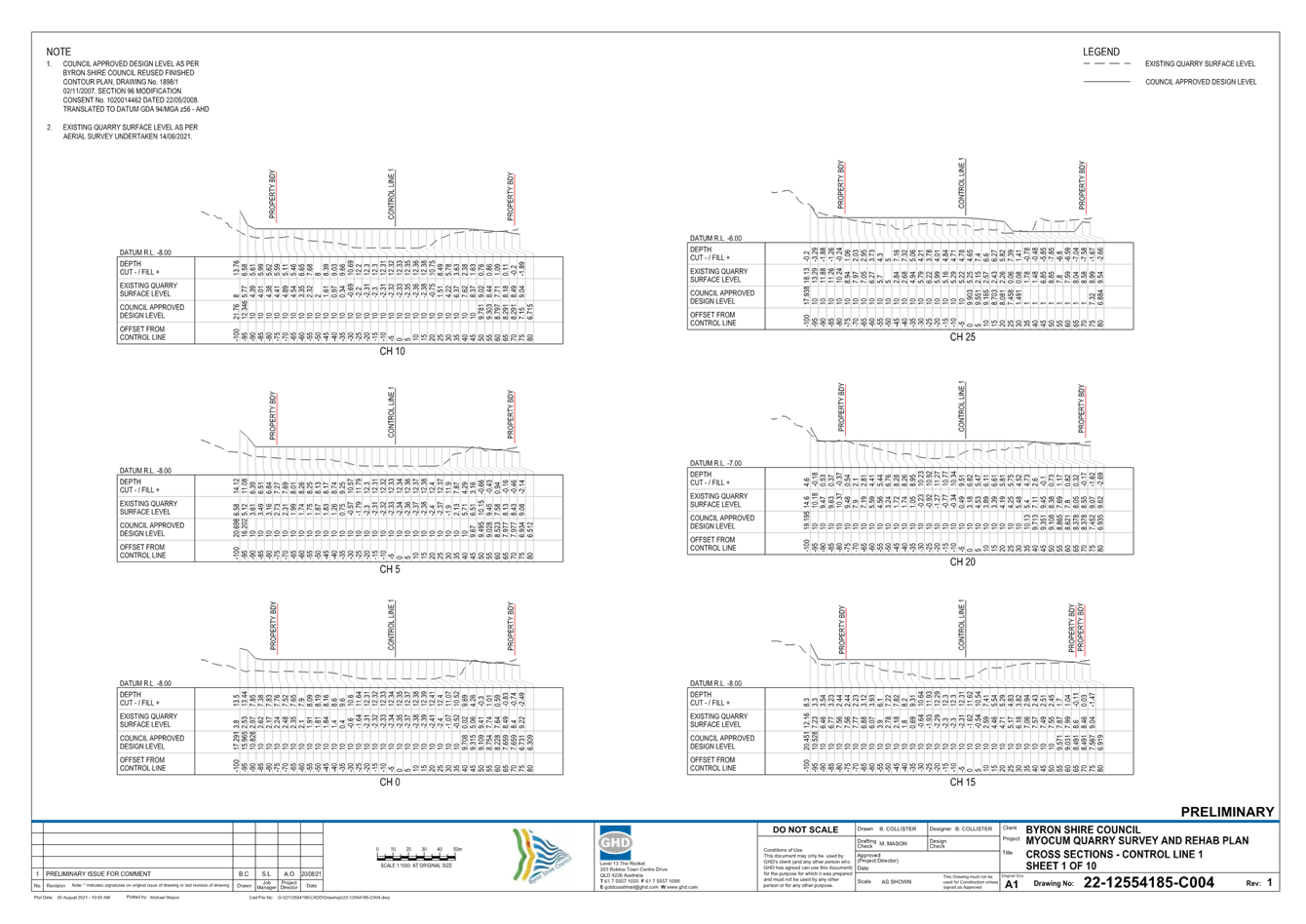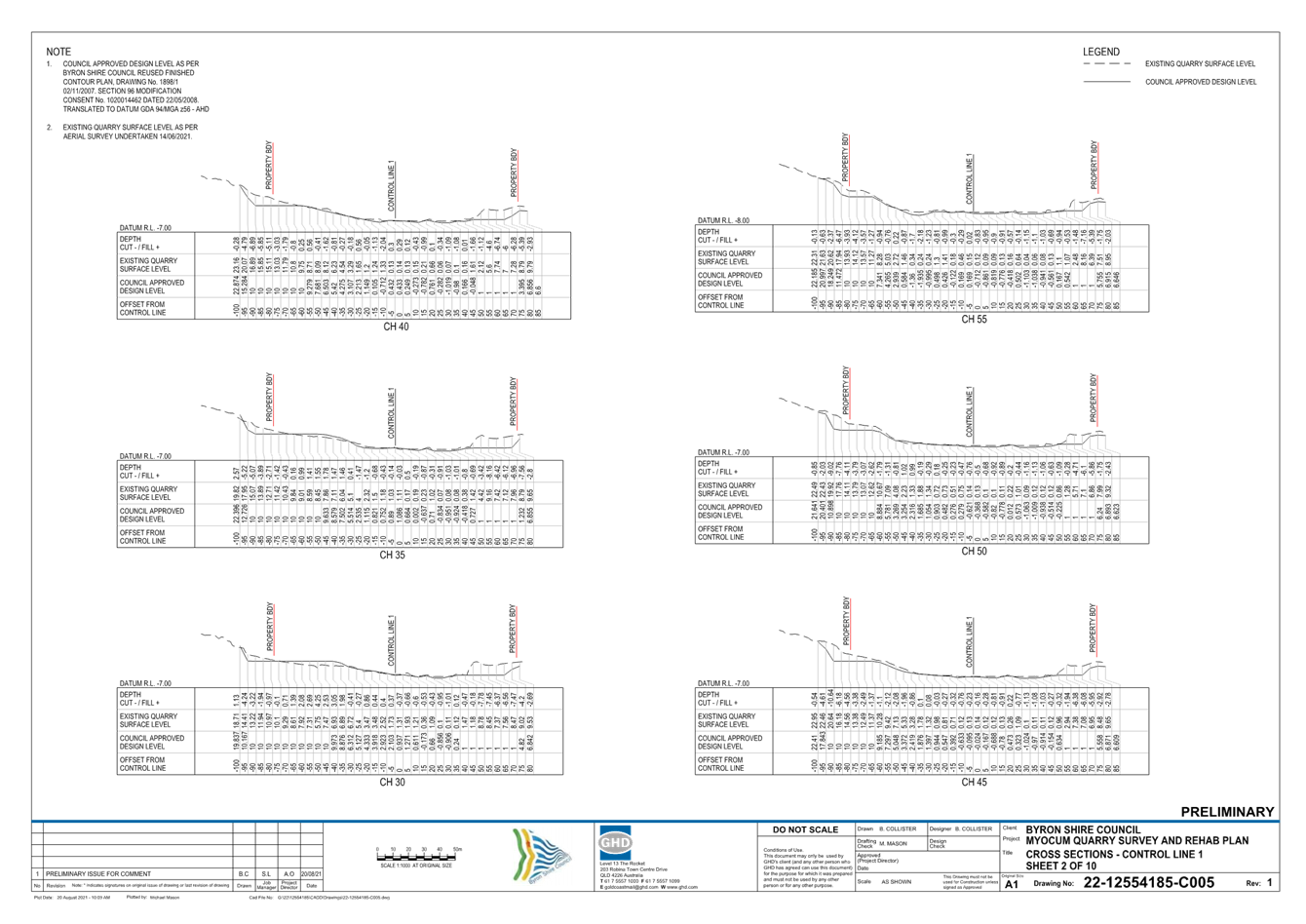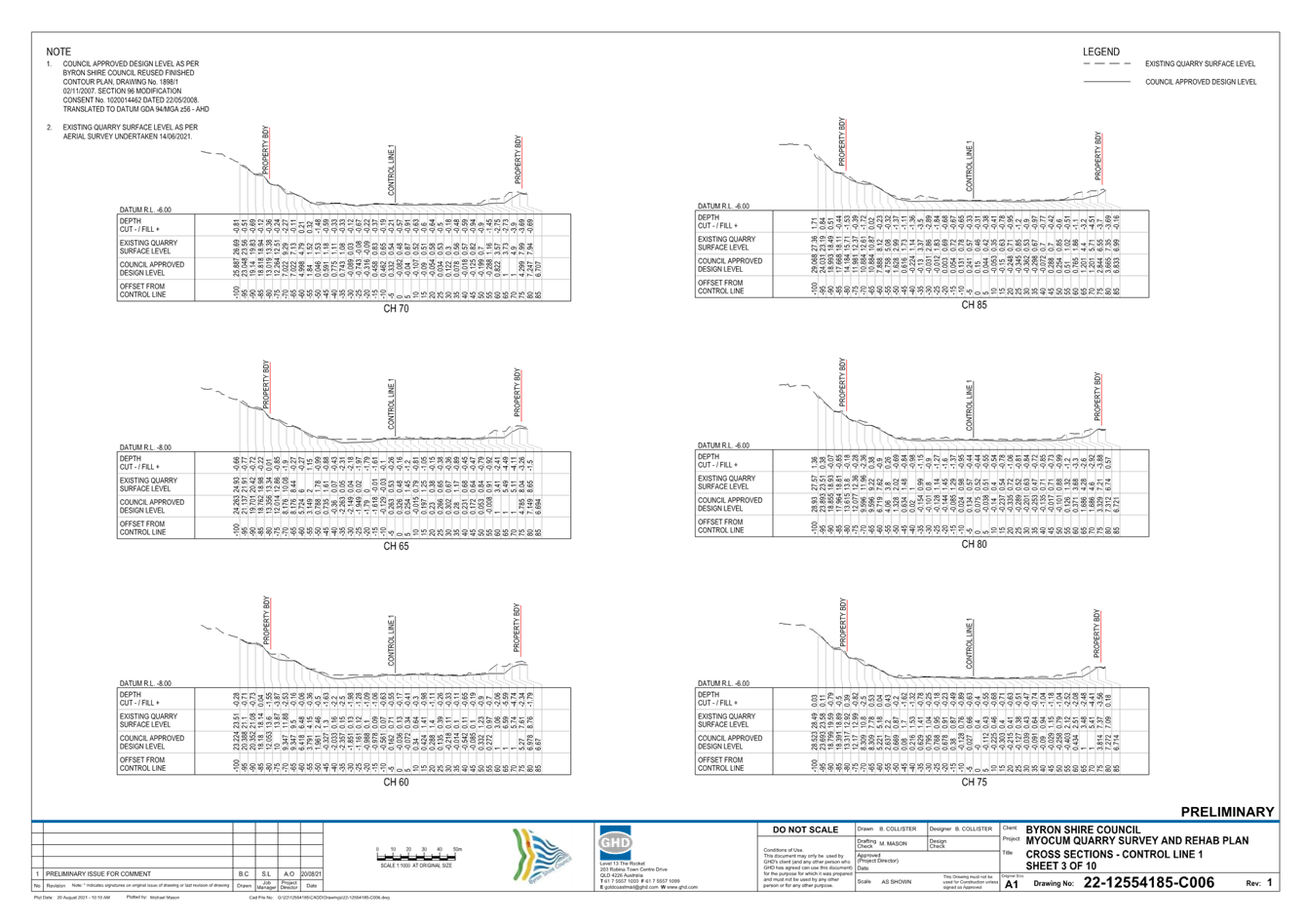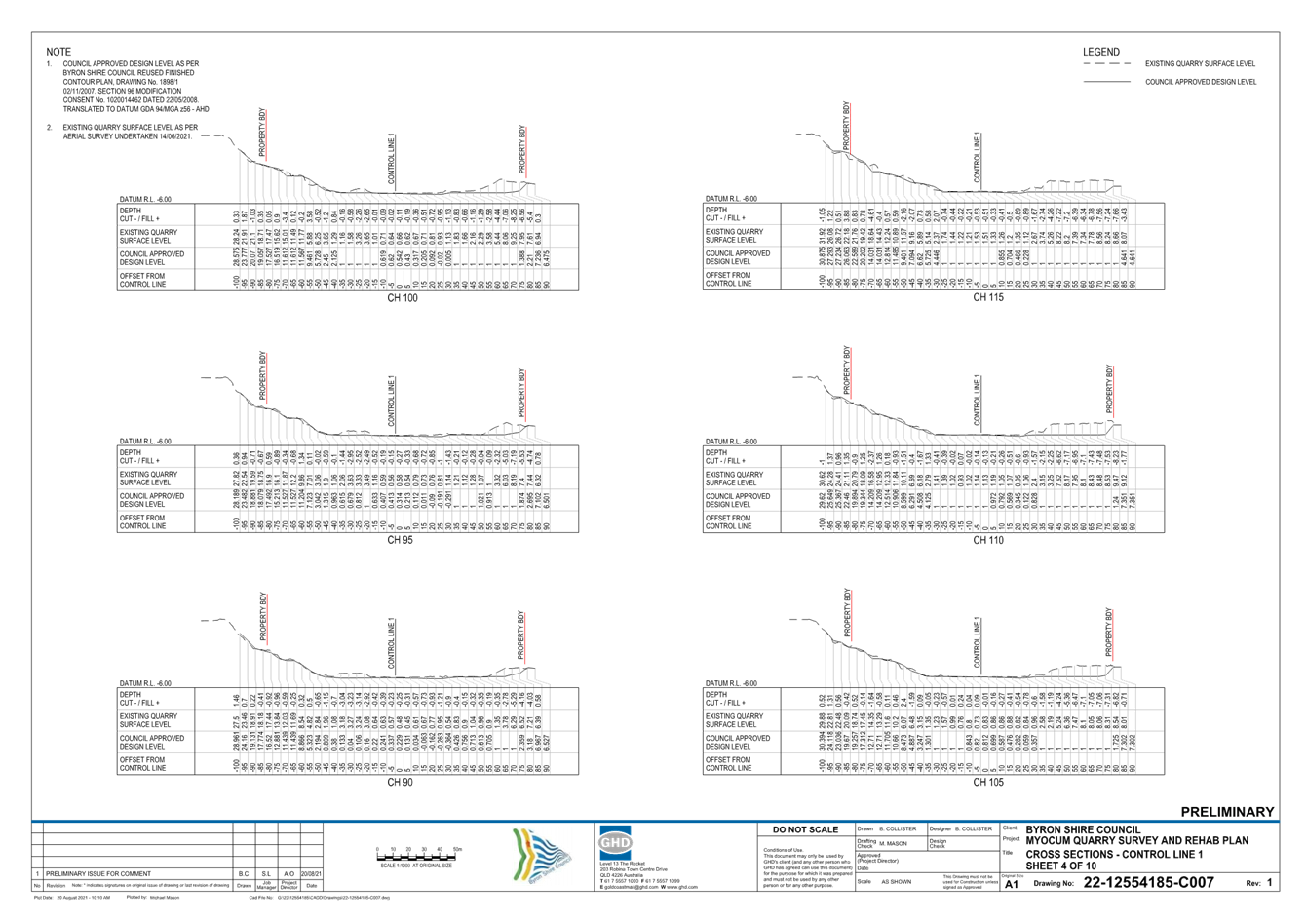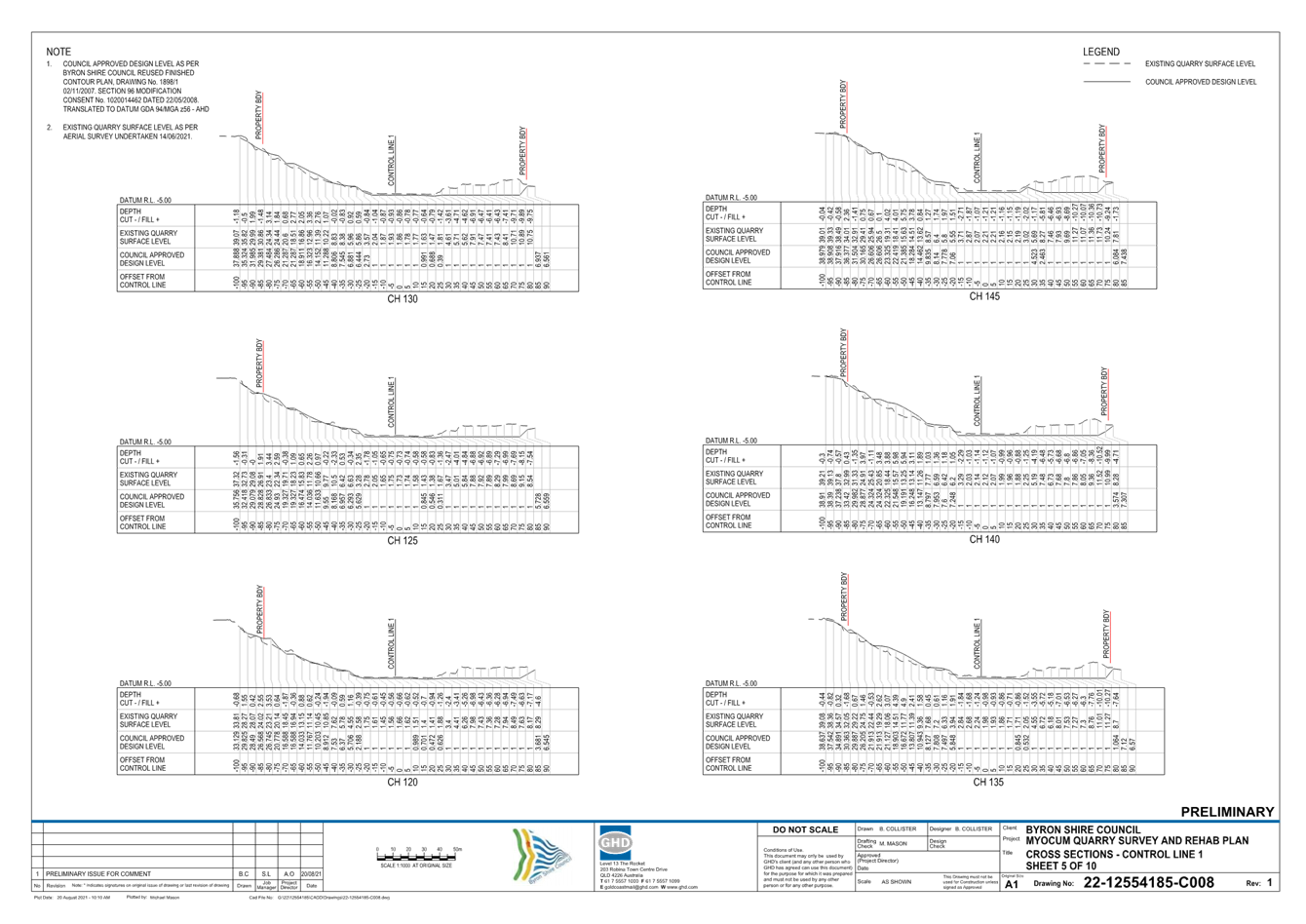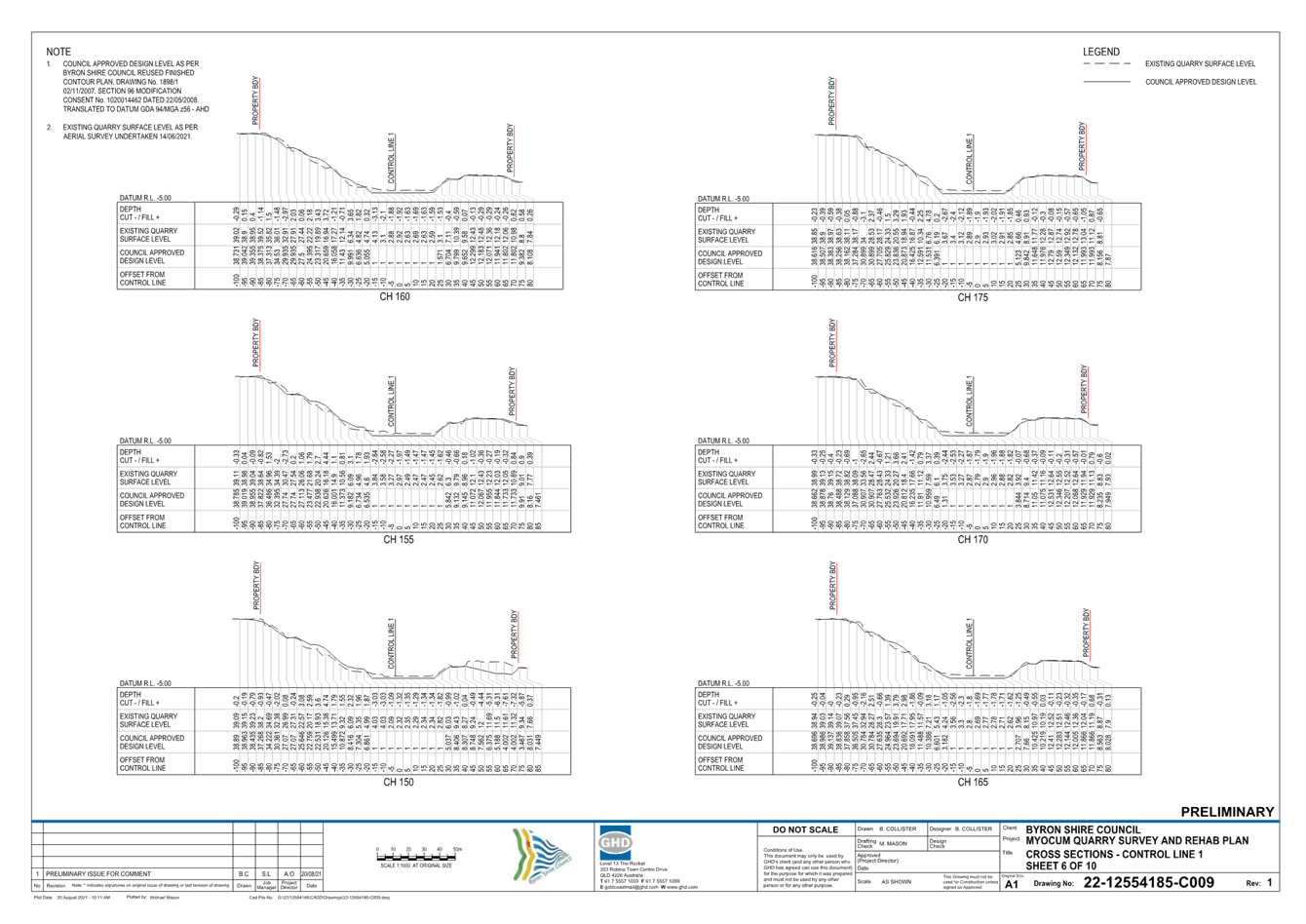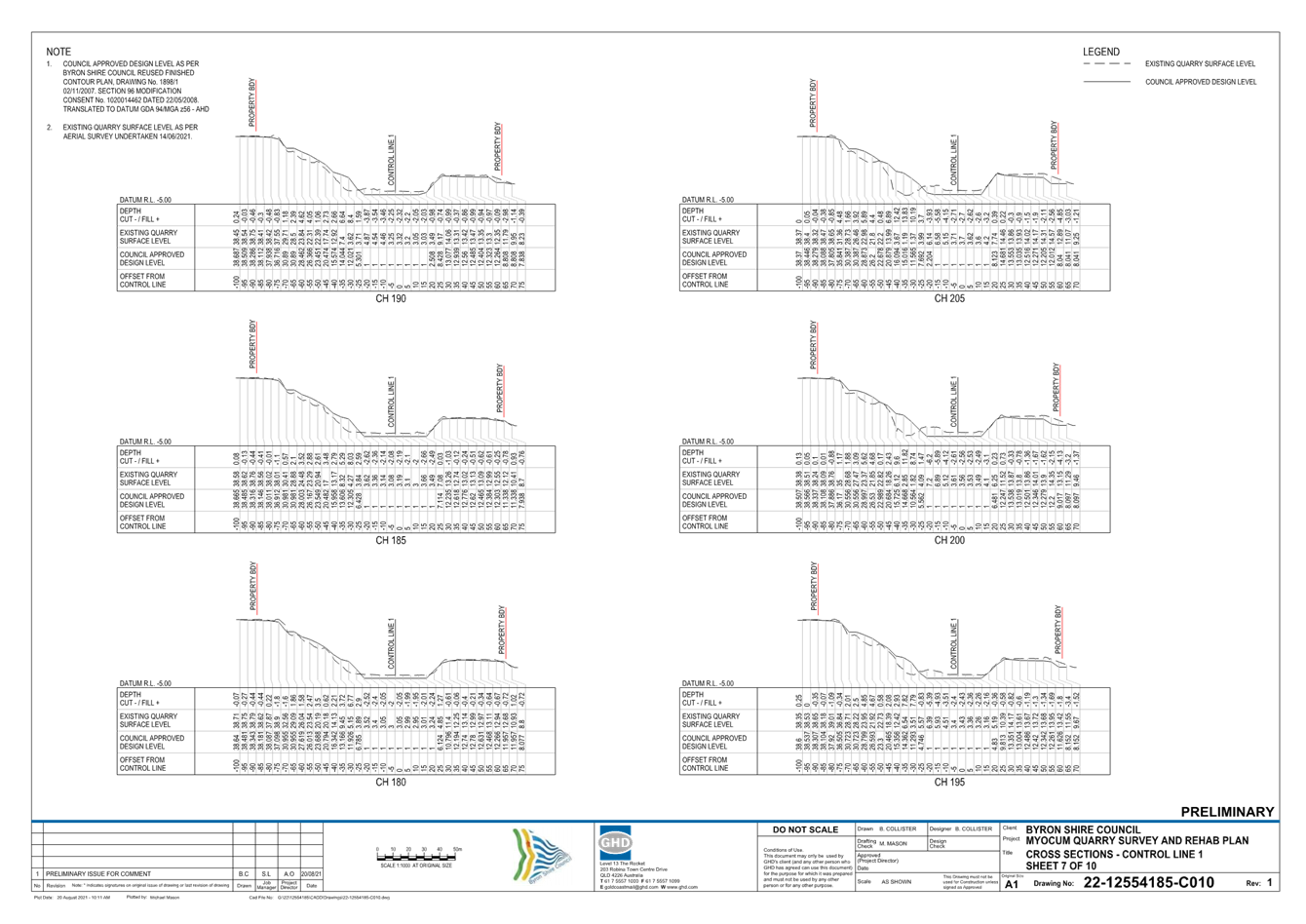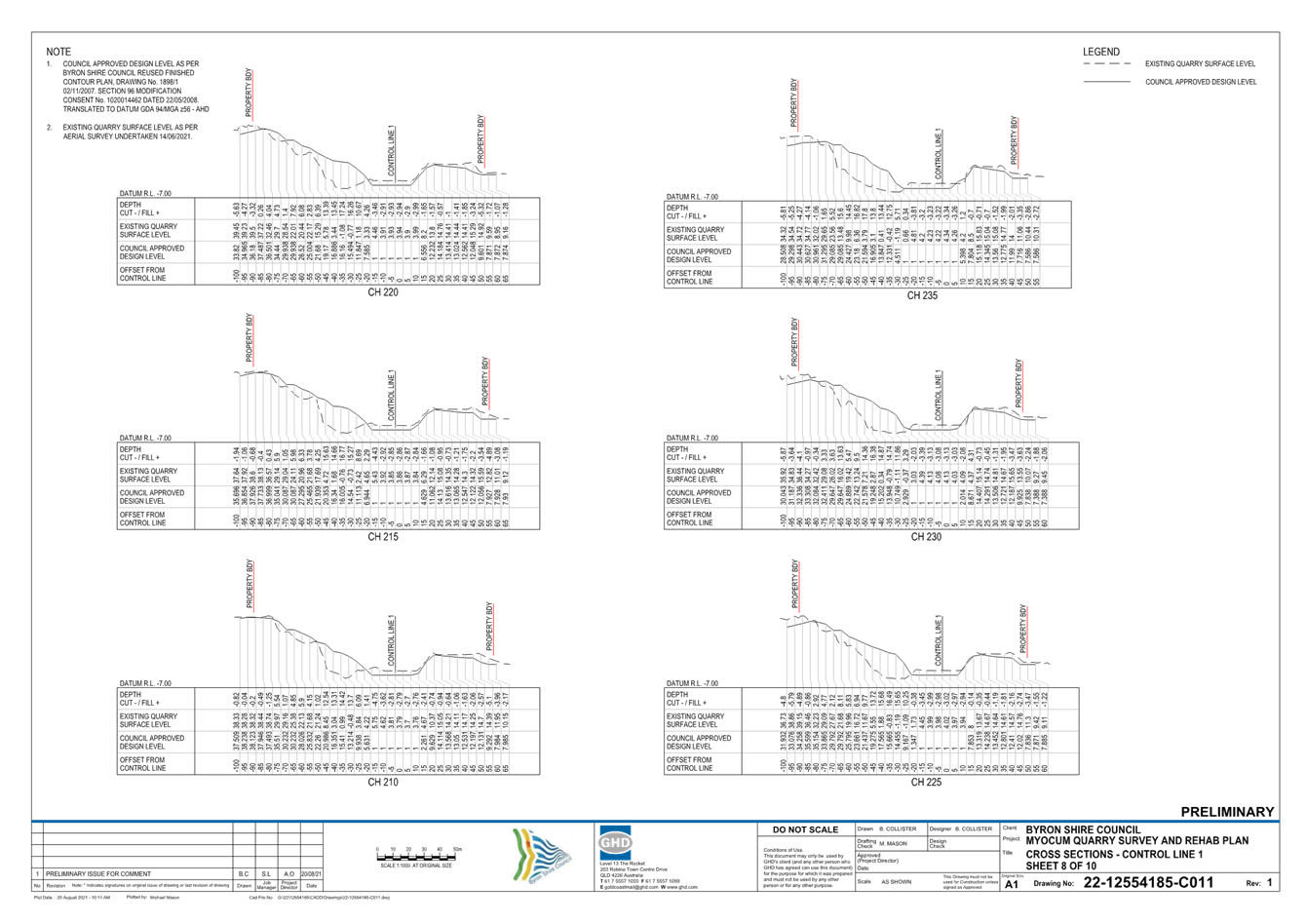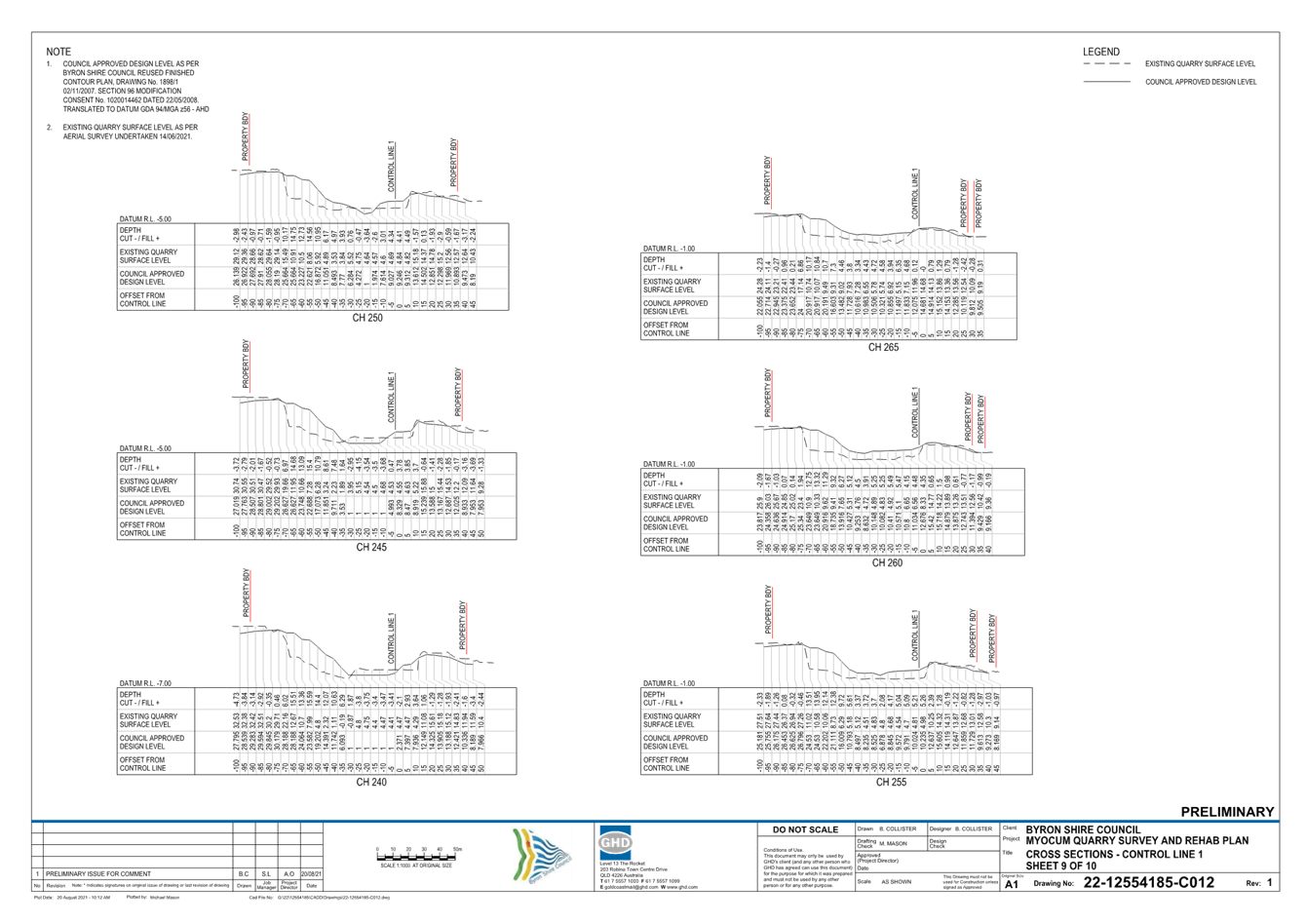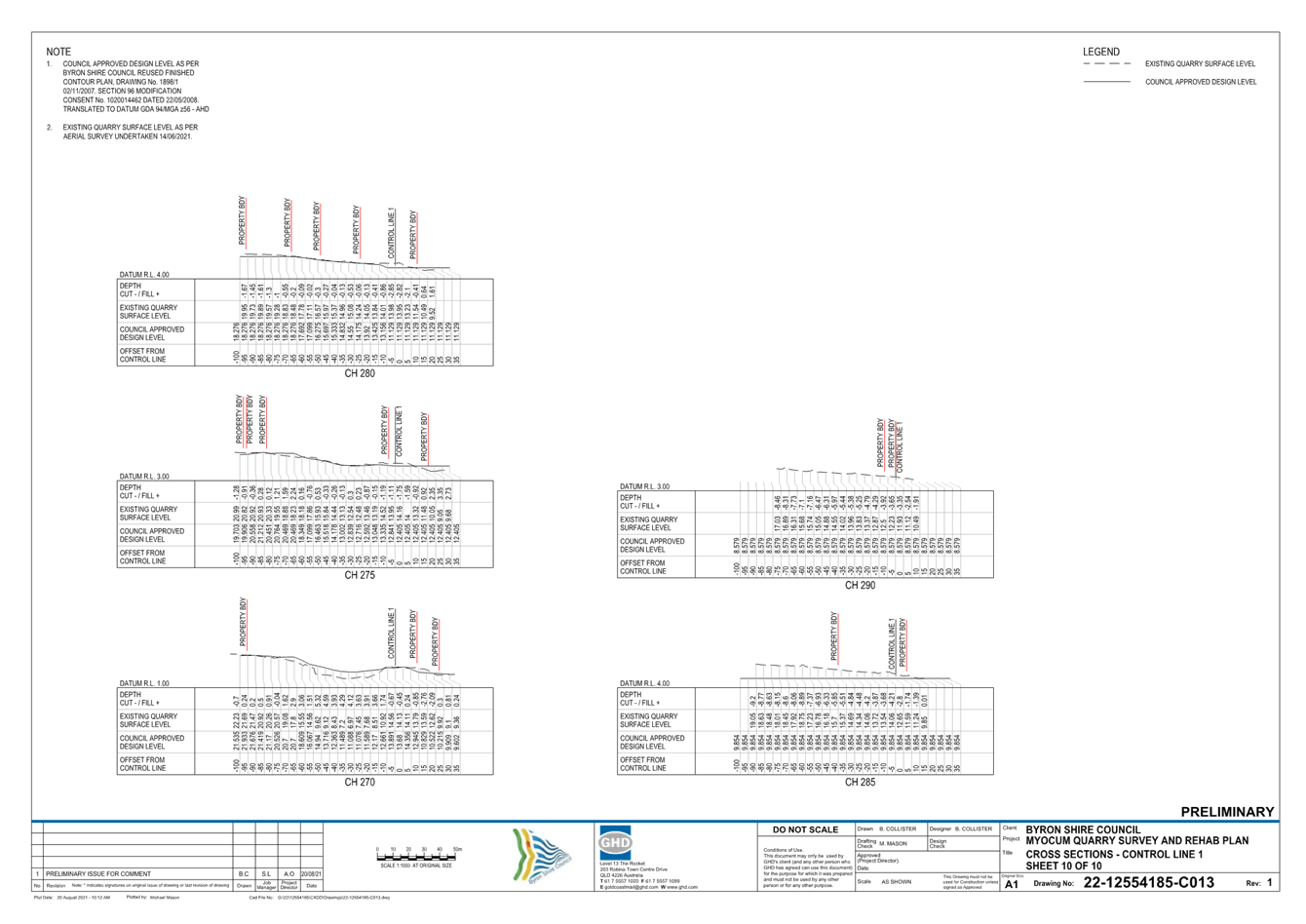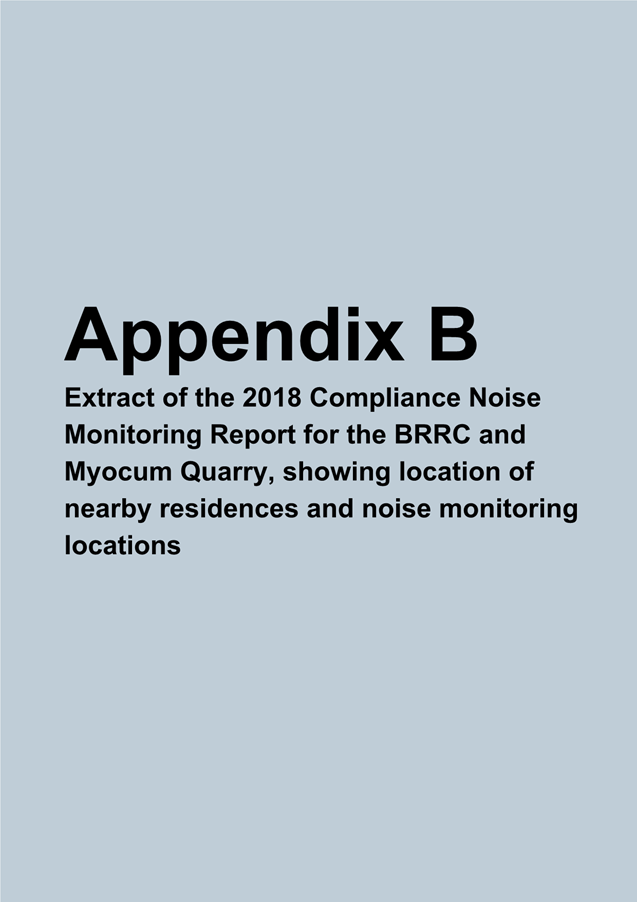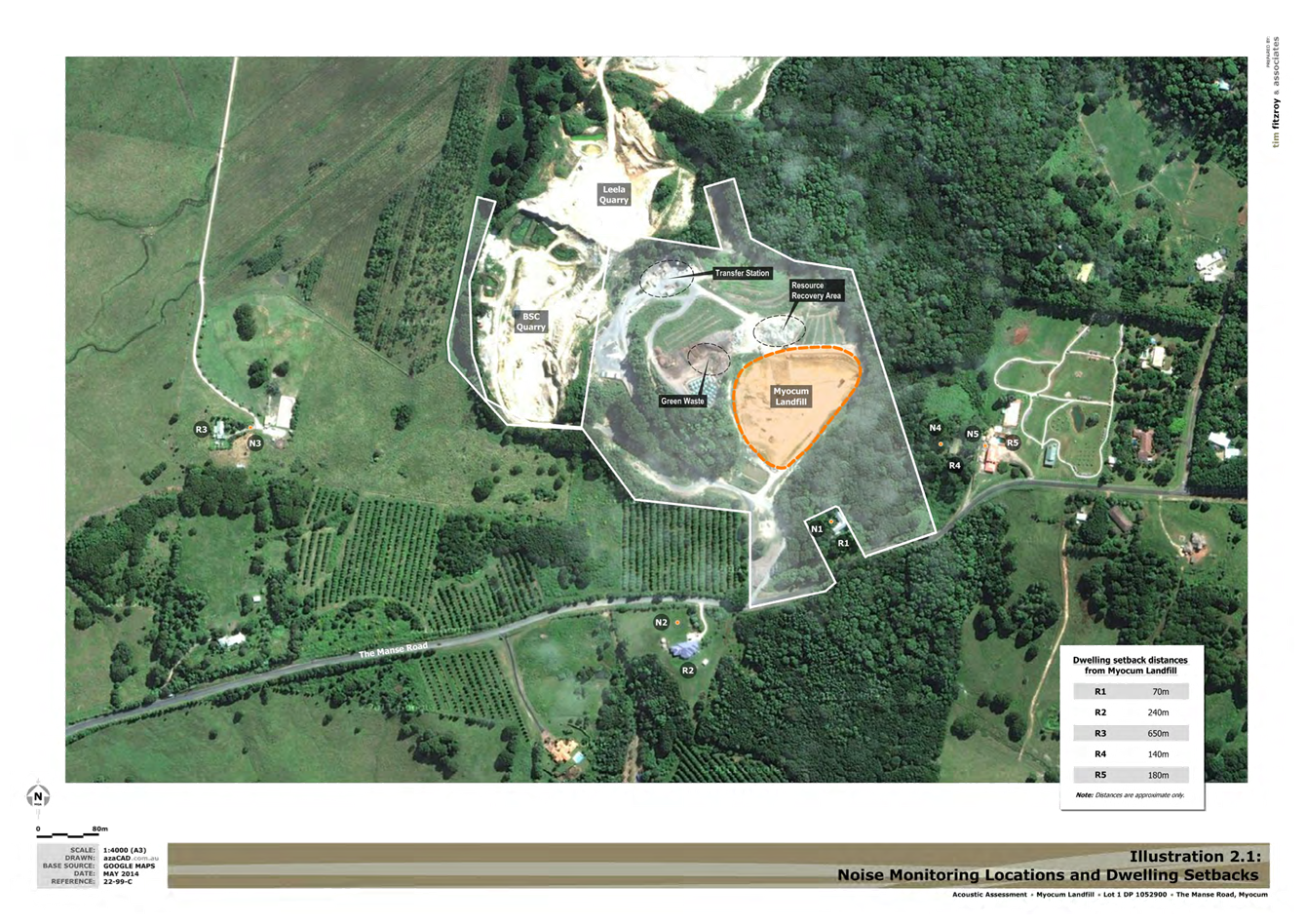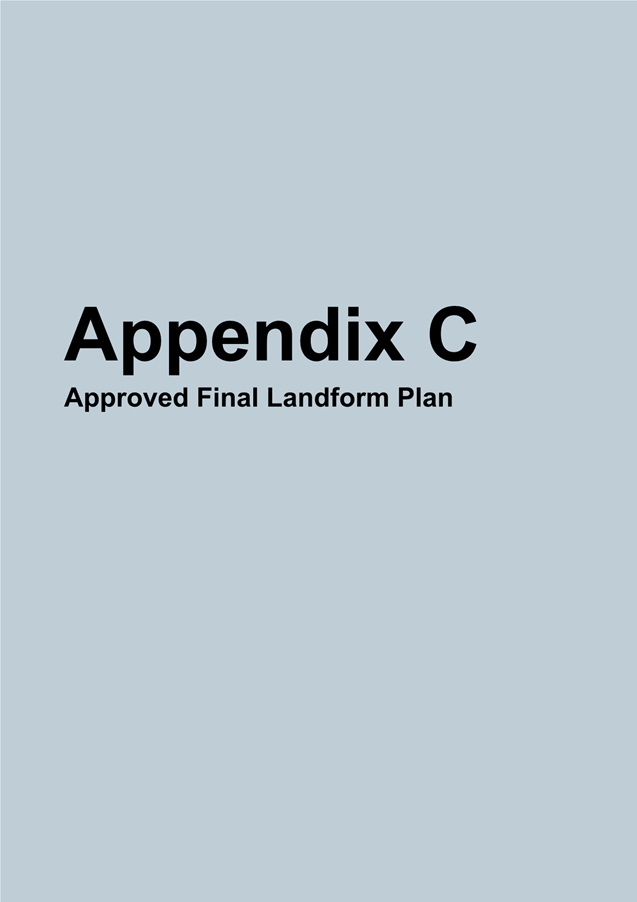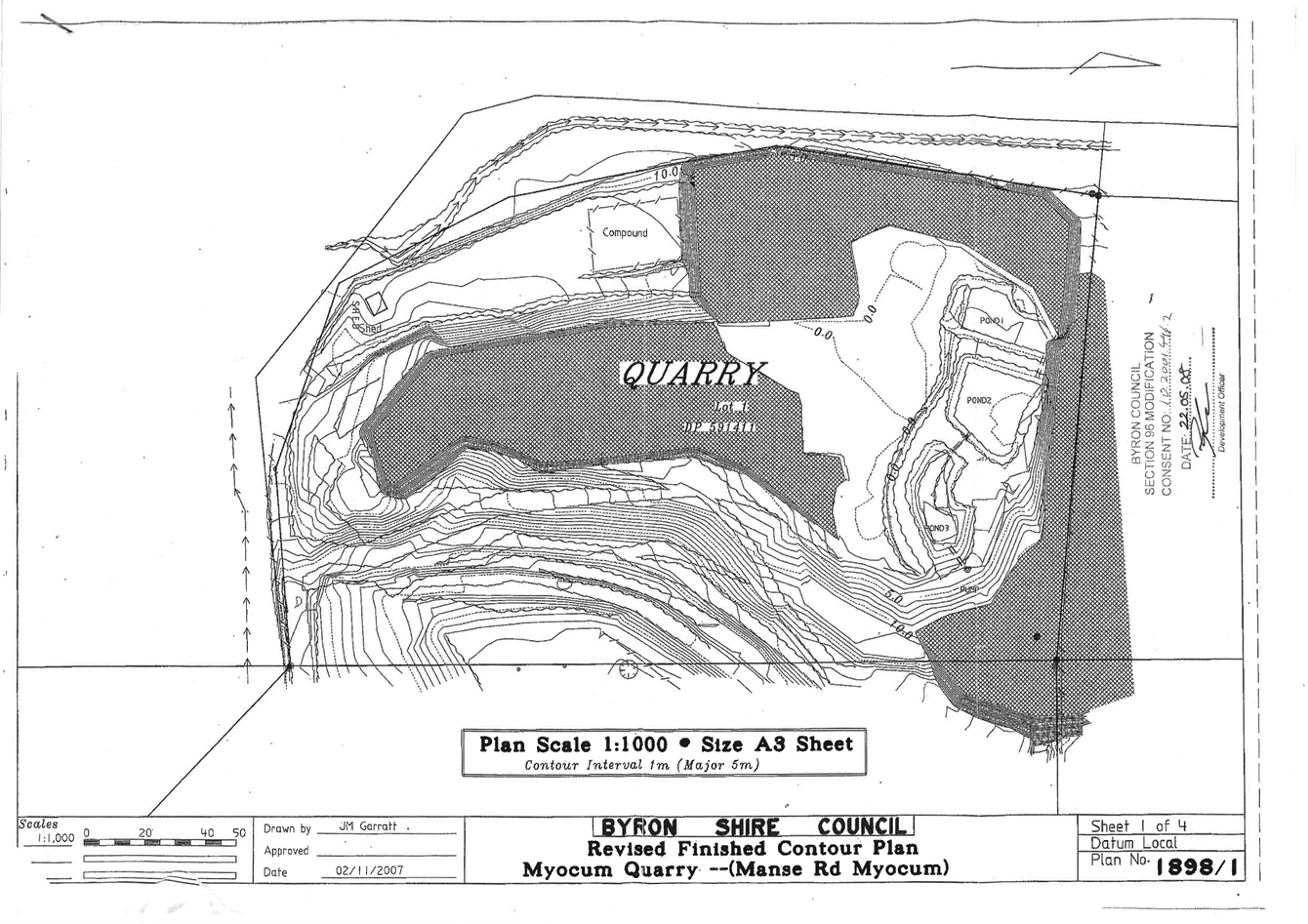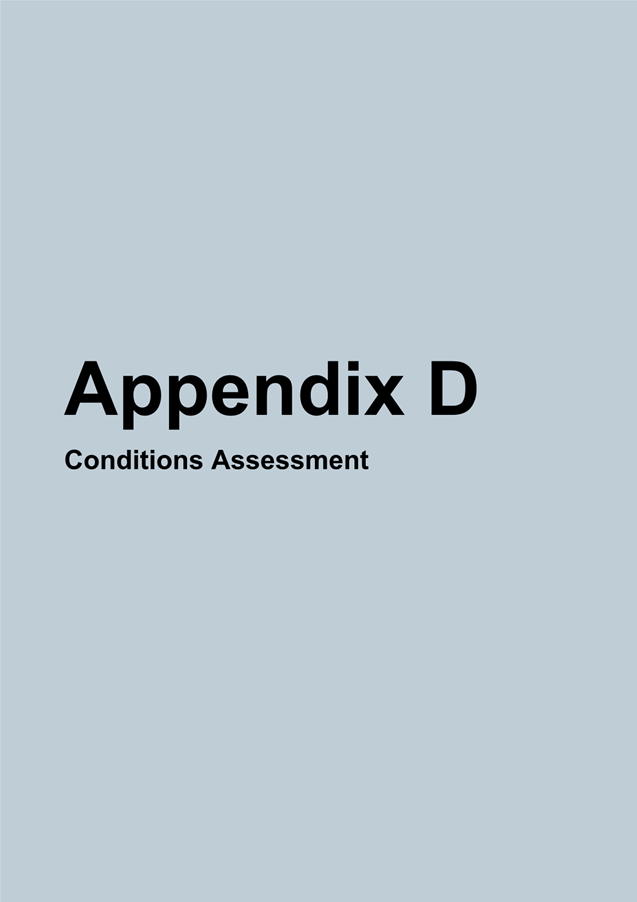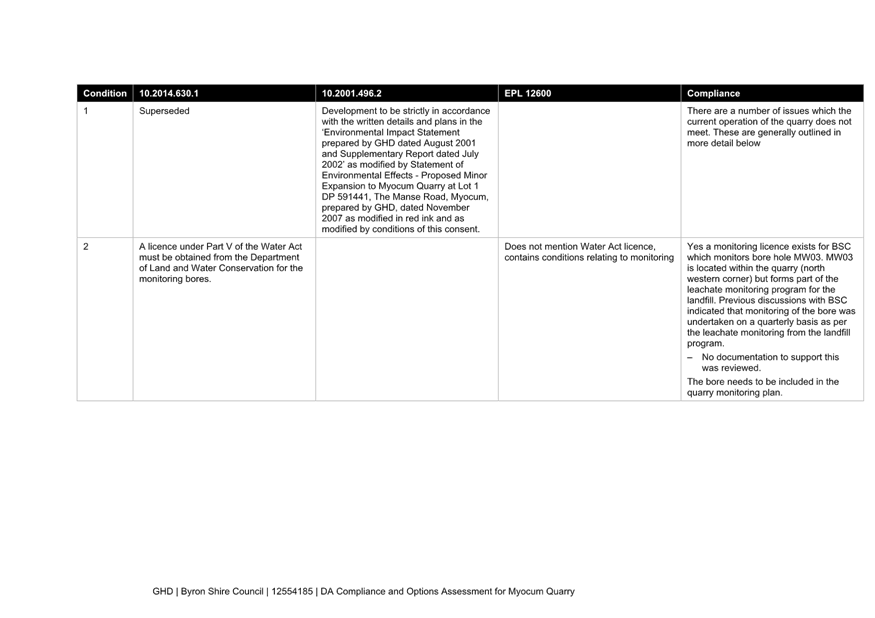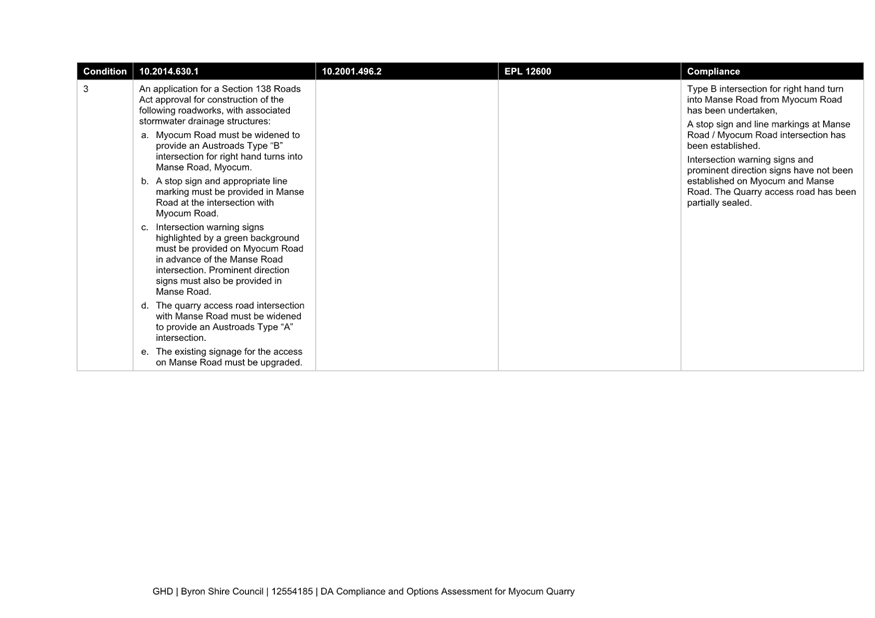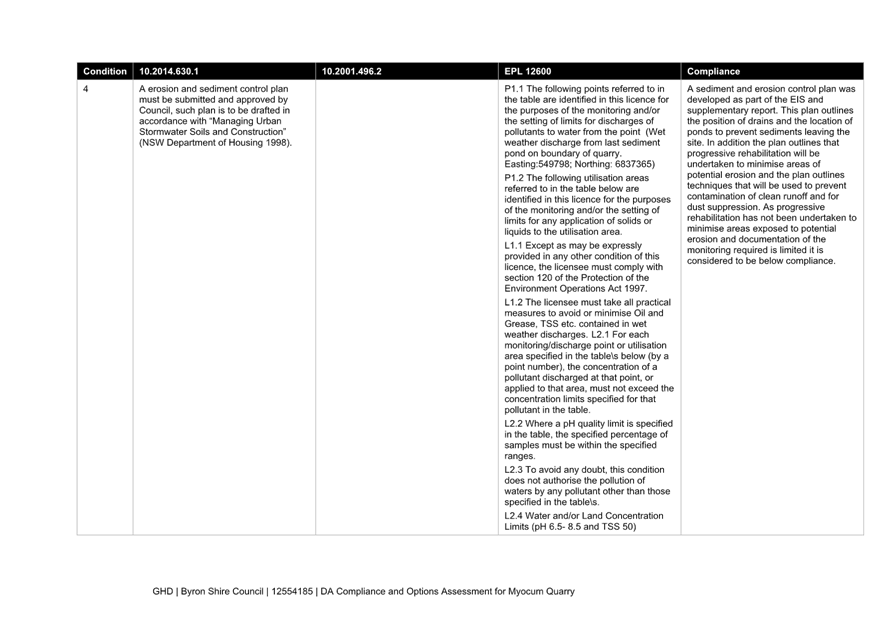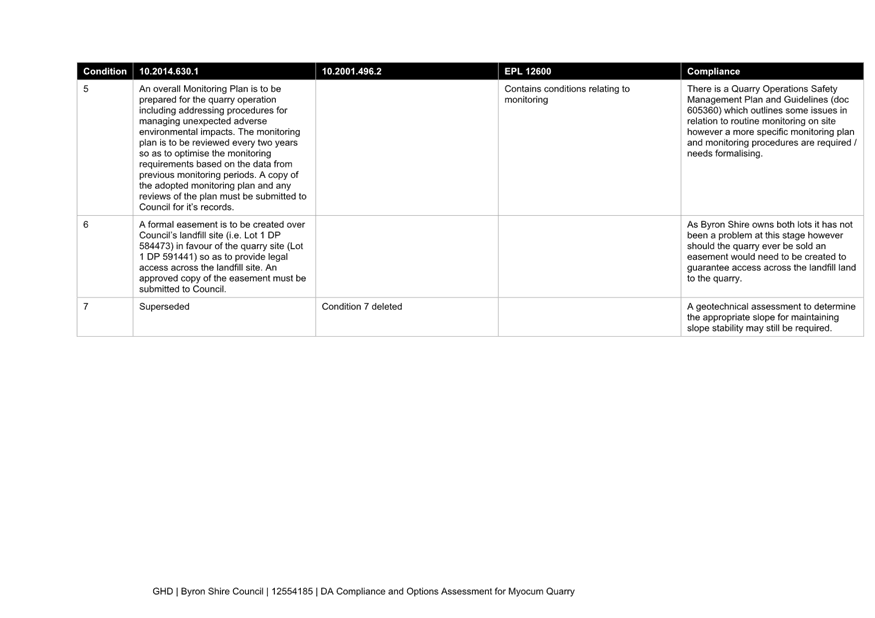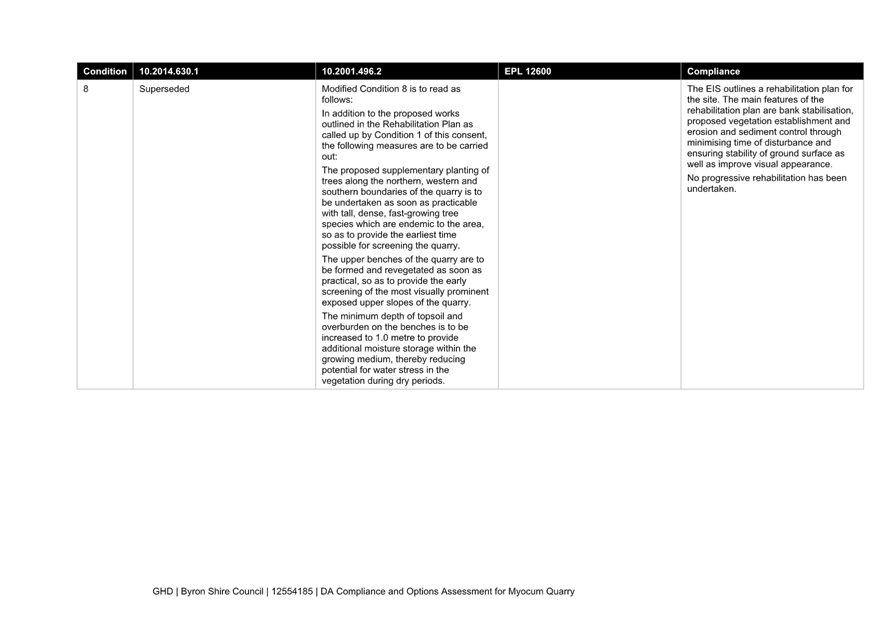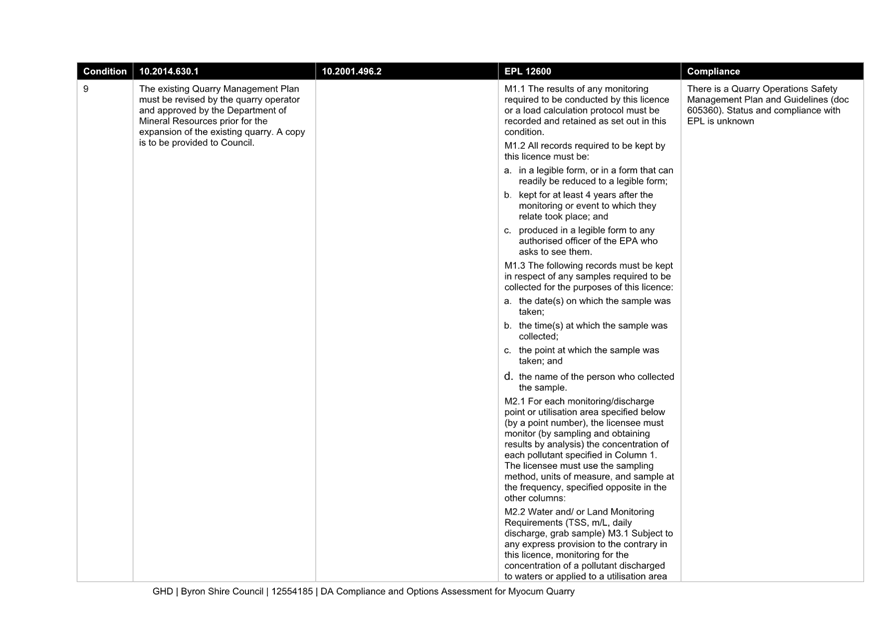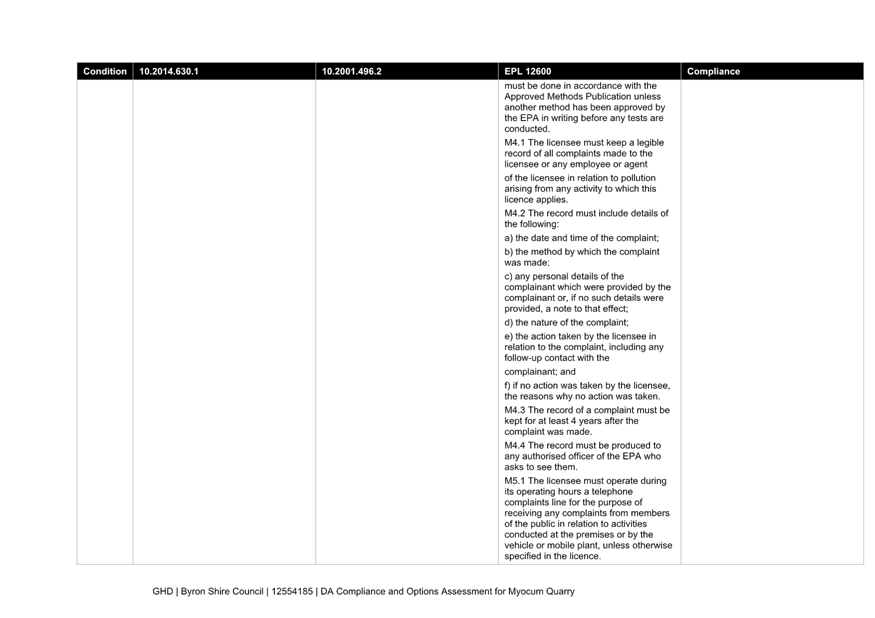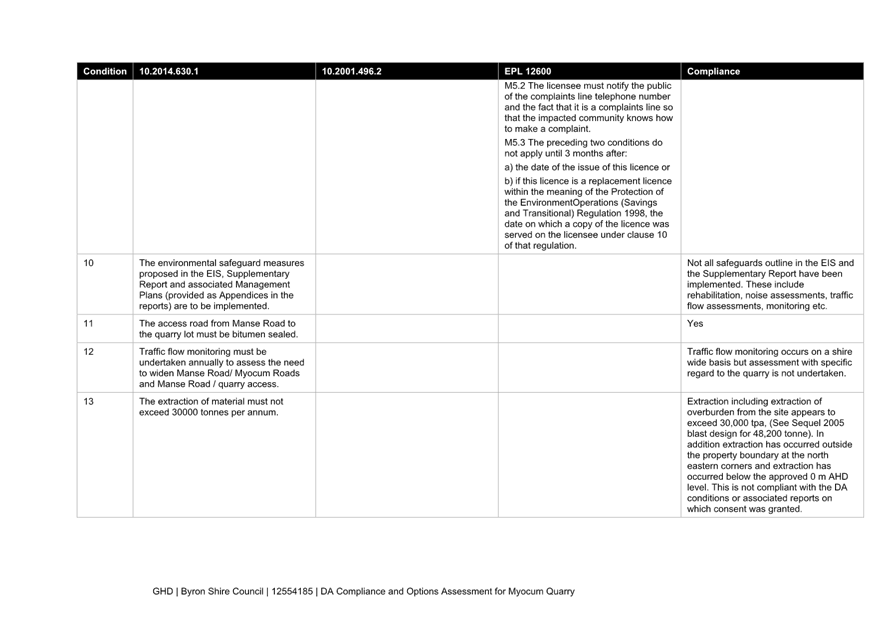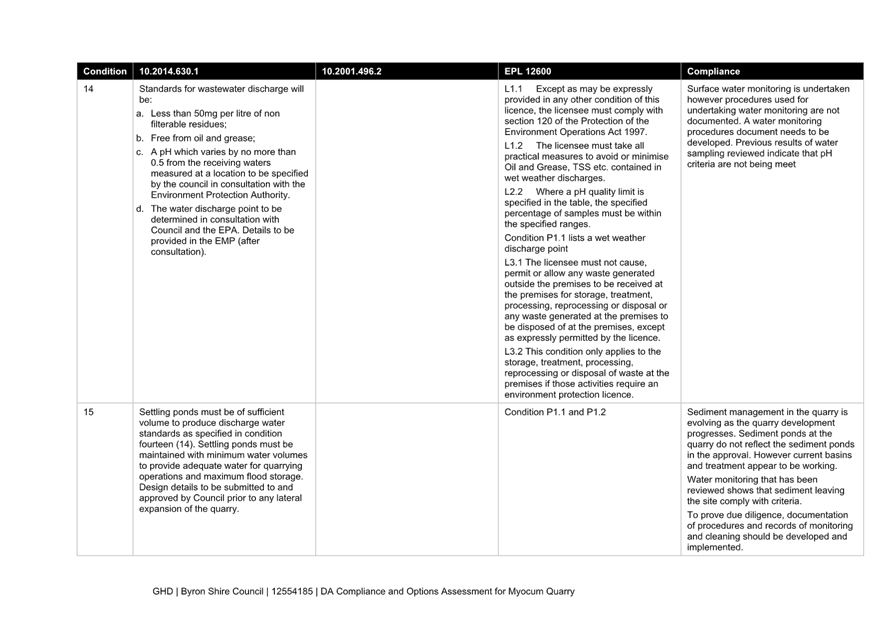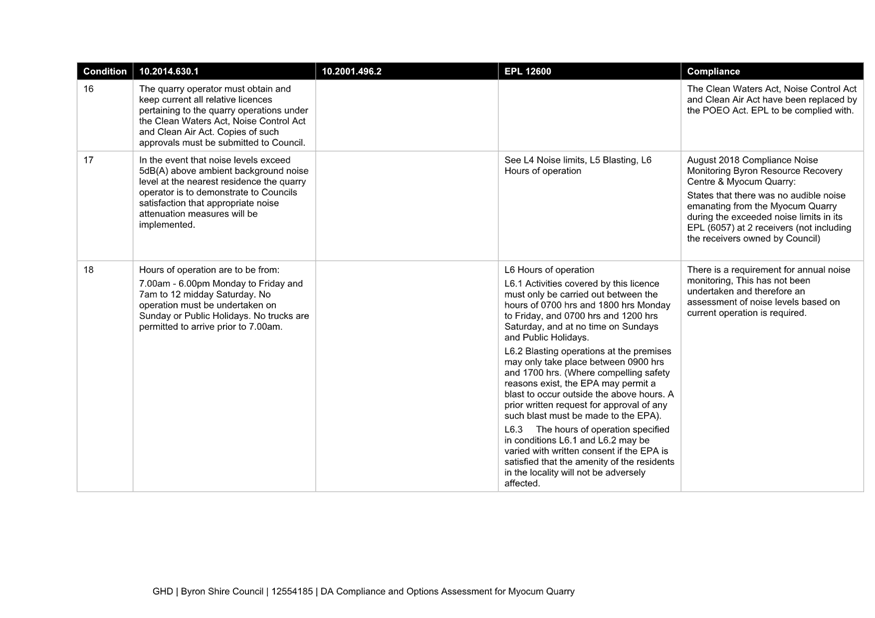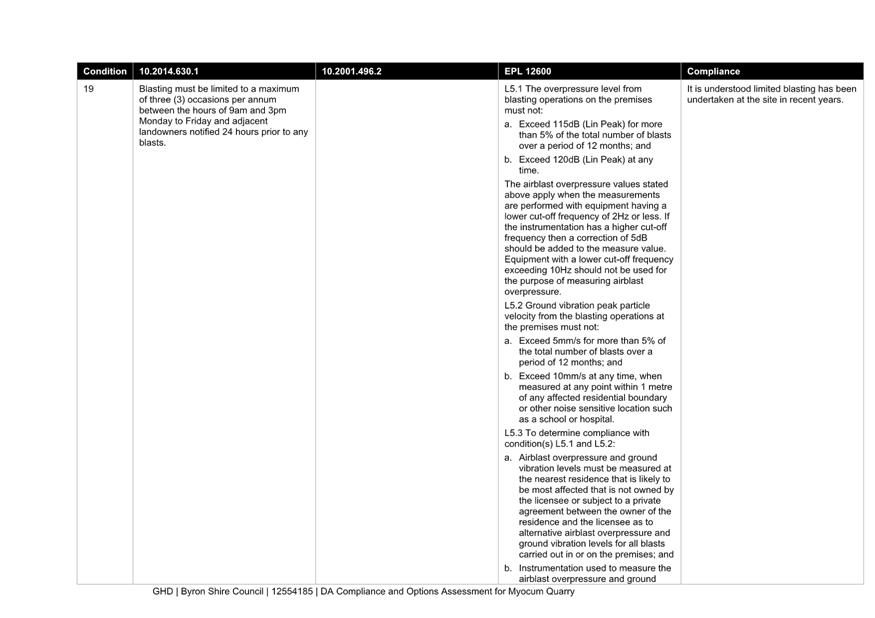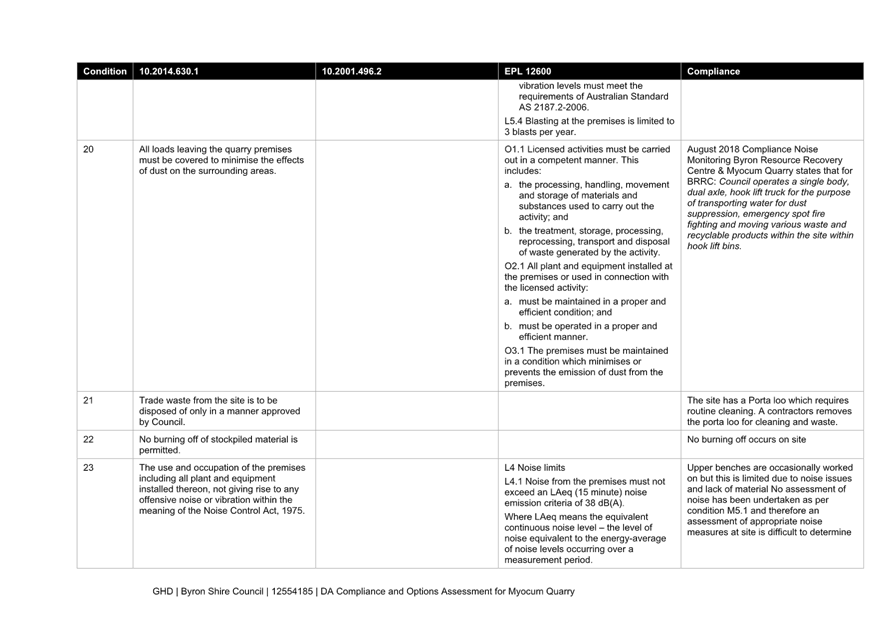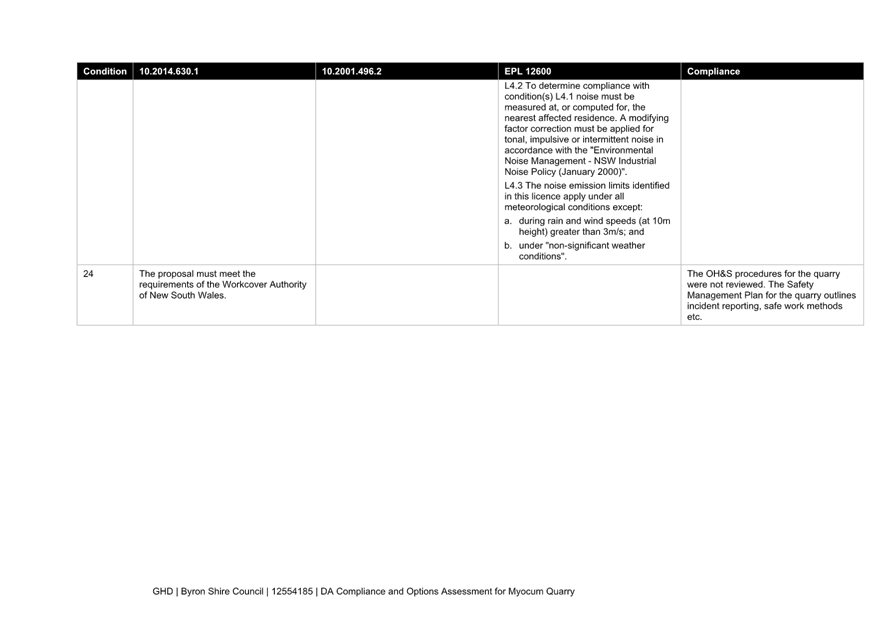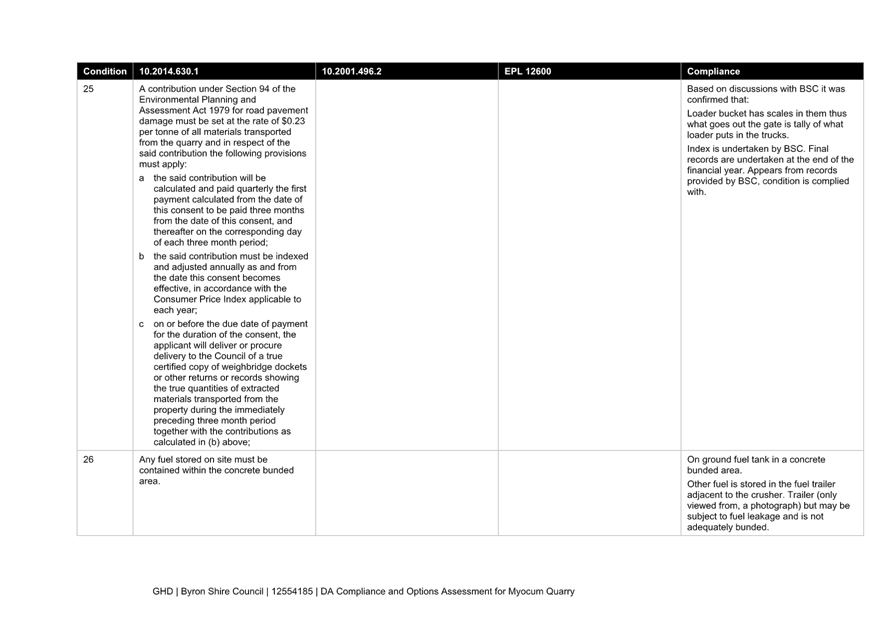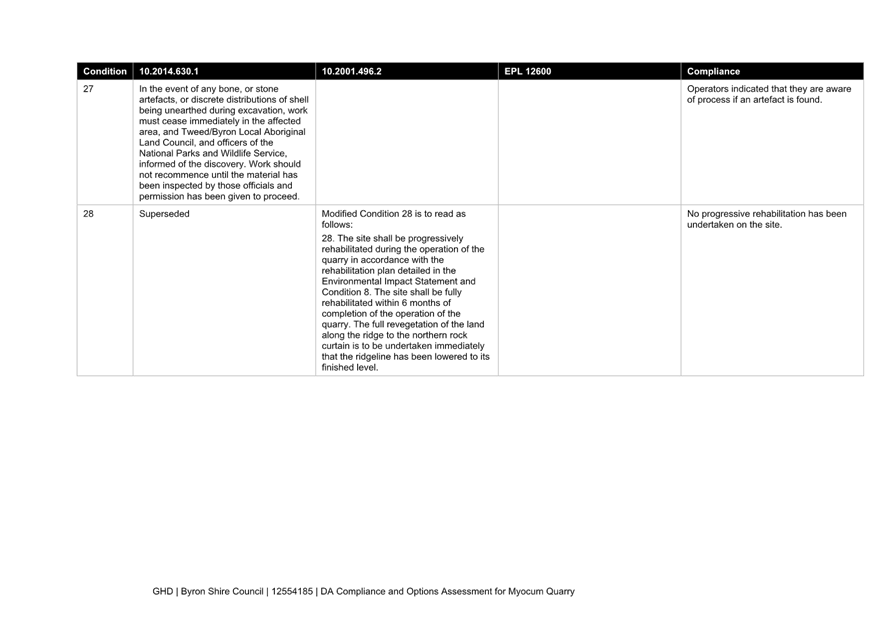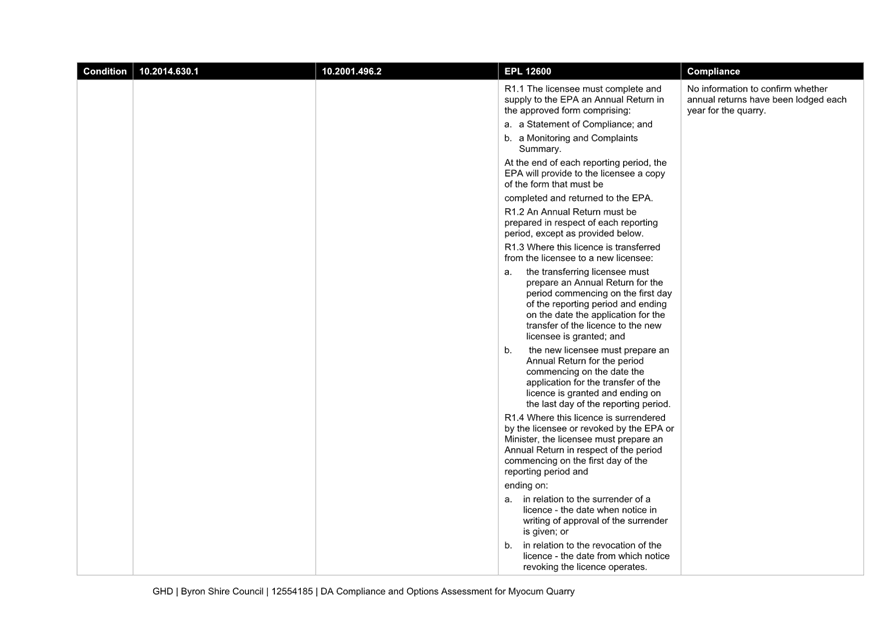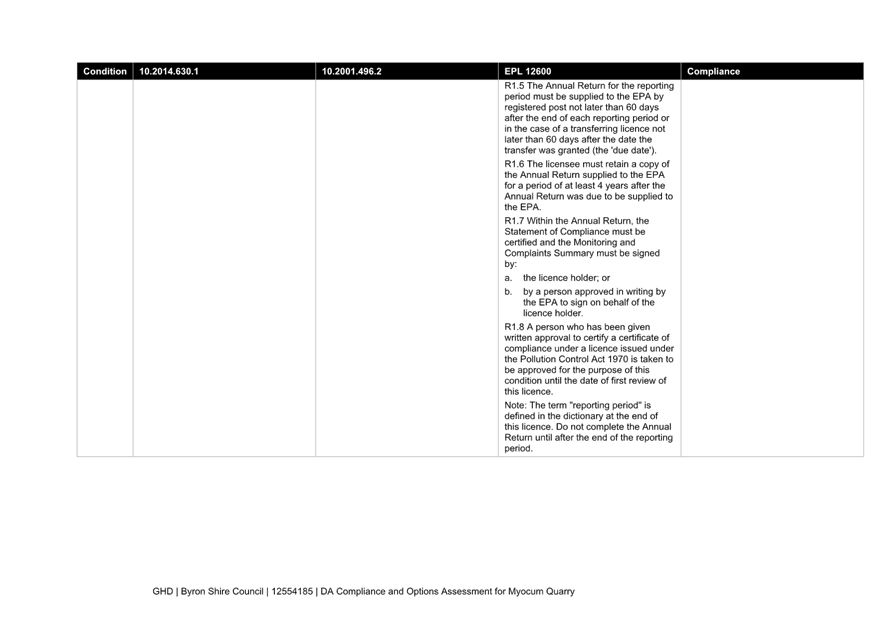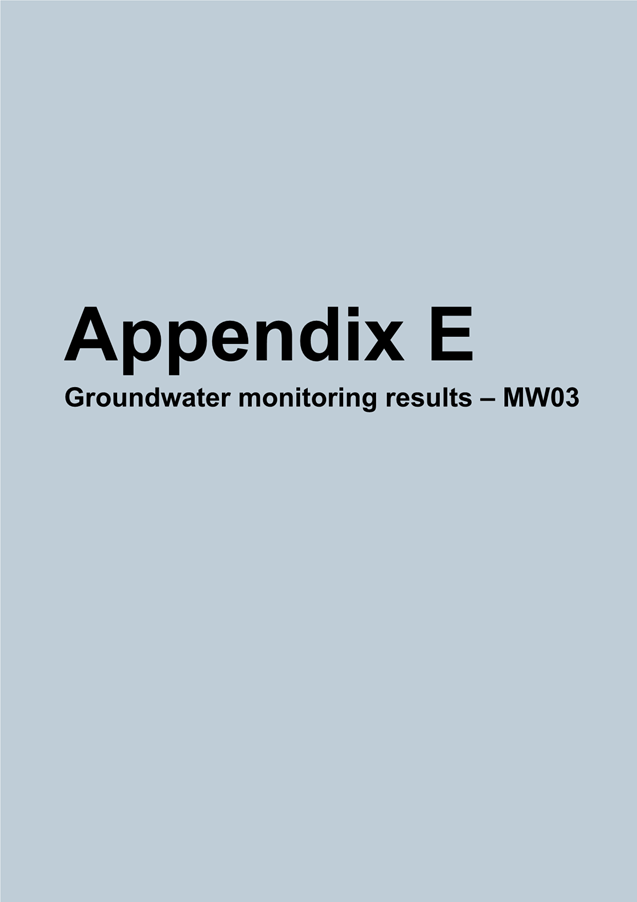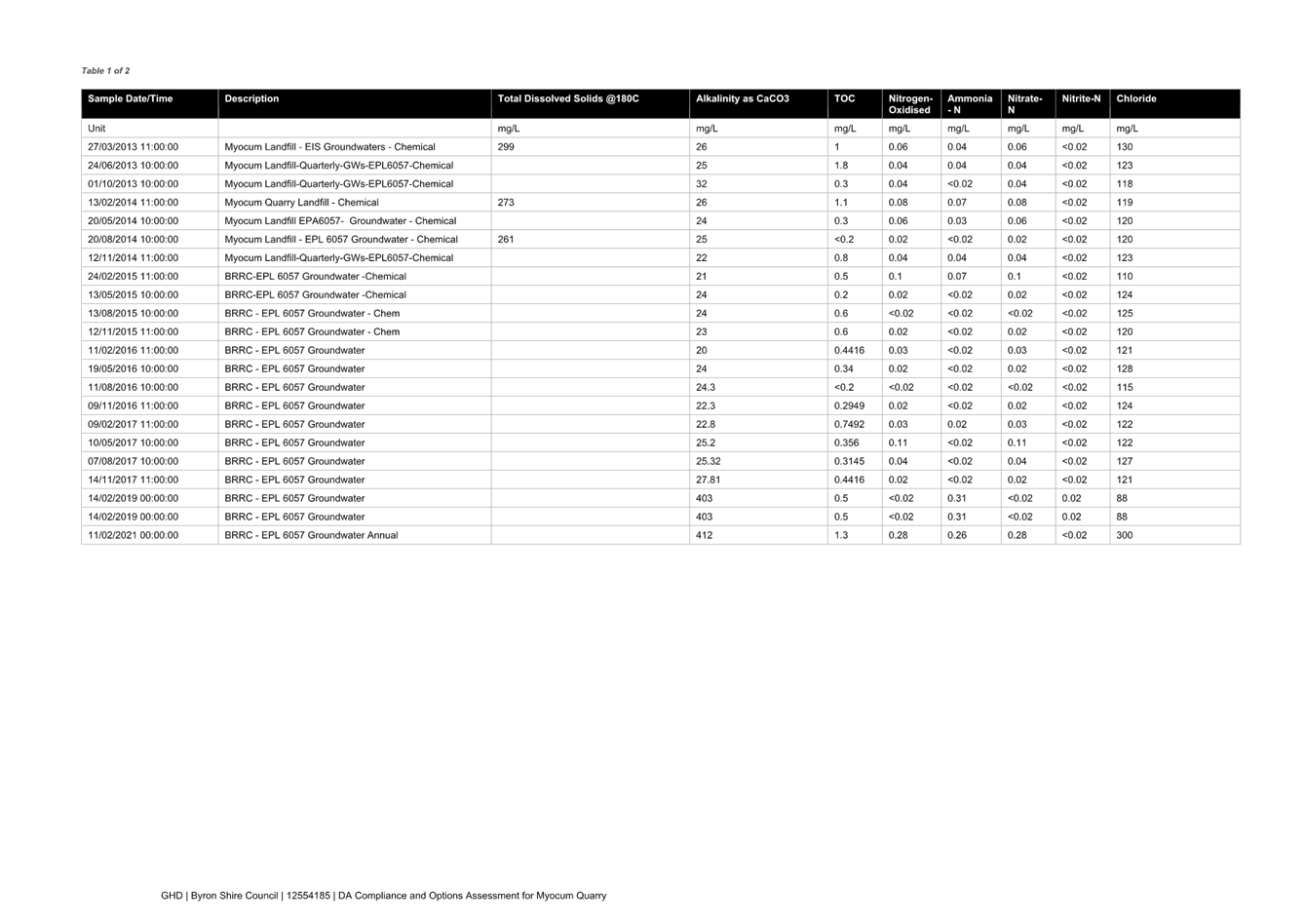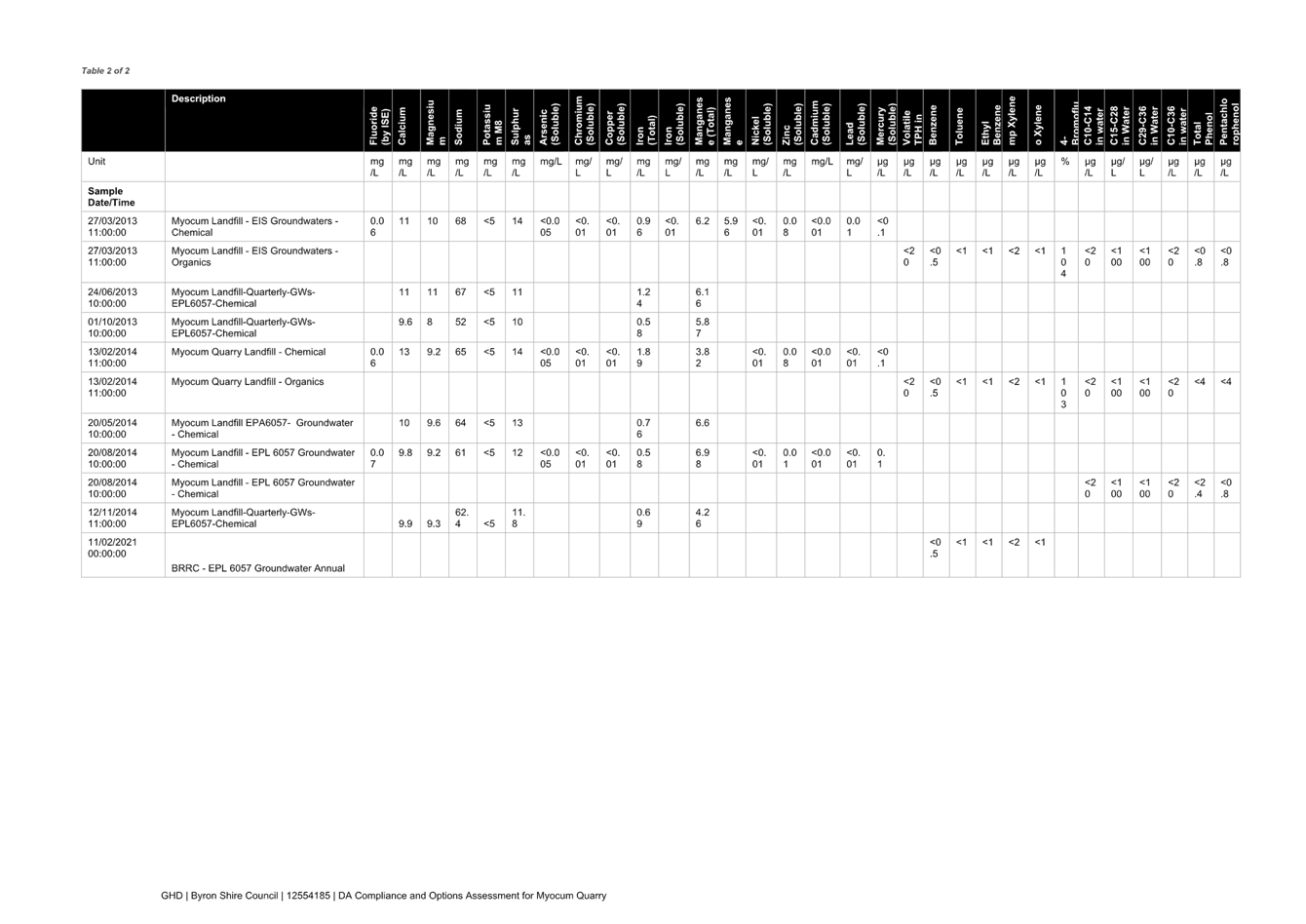Notice of Meeting
Infrastructure
Advisory Committee Meeting
An Infrastructure Advisory
Committee Meeting of Byron Shire Council will be held as follows:
|
Venue
|
Conference Room, Station Street, Mullumbimby
|
|
Date
|
Thursday, 16 June 2022
|
|
Time
|
9.00am
|
Phillip Holloway
Director Infrastructure
Services
 I2022/690
I2022/690
Distributed
09/06/22
What is a “Conflict of Interests” - A conflict of
interests can be of two types:
Pecuniary - an interest that a person has in a matter because of a reasonable
likelihood or expectation of appreciable financial gain or loss to the person
or another person with whom the person is associated.
Non-pecuniary – a private or personal interest that a Council
official has that does not amount to a pecuniary interest as defined in the
Code of Conduct for Councillors (eg. A friendship, membership of an
association, society or trade union or involvement or interest in an activity
and may include an interest of a financial nature).
Remoteness – a person does not have a pecuniary interest in a matter
if the interest is so remote or insignificant that it could not reasonably be
regarded as likely to influence any decision the person might make in relation
to a matter or if the interest is of a kind specified in the Code of Conduct
for Councillors.
Who has a Pecuniary Interest? - a person has a pecuniary interest in a
matter if the pecuniary interest is the interest of the person, or another
person with whom the person is associated (see below).
Relatives, Partners - a person is taken to have a pecuniary
interest in a matter if:
·
The
person’s spouse or de facto partner or a relative of the person has a
pecuniary interest in the matter, or
·
The
person, or a nominee, partners or employer of the person, is a member of a
company or other body that has a pecuniary interest in the matter.
N.B. “Relative”, in relation to a person means any of the
following:
(a) the parent,
grandparent, brother, sister, uncle, aunt, nephew, niece, lineal descends or
adopted child of the person or of the person’s spouse;
(b) the spouse
or de facto partners of the person or of a person referred to in paragraph (a)
No Interest in the Matter - however, a person is not taken to have a
pecuniary interest in a matter:
·
If
the person is unaware of the relevant pecuniary interest of the spouse, de
facto partner, relative or company or other body, or
·
Just
because the person is a member of, or is employed by, the Council.
·
Just
because the person is a member of, or a delegate of the Council to, a company
or other body that has a pecuniary interest in the matter provided that the
person has no beneficial interest in any shares of the company or body.
Disclosure and participation in meetings
·
A
Councillor or a member of a Council Committee who has a pecuniary interest in
any matter with which the Council is concerned and who is present at a meeting
of the Council or Committee at which the matter is being considered must
disclose the nature of the interest to the meeting as soon as practicable.
·
The
Councillor or member must not be present at, or in sight of, the meeting of the
Council or Committee:
(a) at
any time during which the matter is being considered or discussed by the
Council or Committee, or
(b) at
any time during which the Council or Committee is voting on any question in
relation to the matter.
No Knowledge - a person does not breach this Clause if the person did
not know and could not reasonably be expected to have known that the matter
under consideration at the meeting was a matter in which he or she had a
pecuniary interest.
Non-pecuniary Interests - Must be disclosed in meetings.
There are a broad range of options available for managing conflicts &
the option chosen will depend on an assessment of the circumstances of the
matter, the nature of the interest and the significance of the issue being
dealt with. Non-pecuniary conflicts of interests must be dealt with in at
least one of the following ways:
·
It
may be appropriate that no action be taken where the potential for conflict is
minimal. However, Councillors should consider providing an explanation of
why they consider a conflict does not exist.
·
Limit
involvement if practical (eg. Participate in discussion but not in decision
making or vice-versa). Care needs to be taken when exercising this
option.
·
Remove
the source of the conflict (eg. Relinquishing or divesting the personal
interest that creates the conflict)
·
Have
no involvement by absenting yourself from and not taking part in any debate or
voting on the issue as of the provisions in the Code of Conduct (particularly
if you have a significant non-pecuniary interest)
RECORDING OF VOTING ON PLANNING MATTERS
Clause 375A of the Local Government Act
1993 – Recording of voting on planning matters
(1) In this section, planning
decision means a decision made in the exercise of a function of a council
under the Environmental Planning and Assessment Act 1979:
(a) including a decision relating to
a development application, an environmental planning instrument, a development
control plan or a development contribution plan under that Act, but
(b) not including the making of an
order under that Act.
(2) The general manager is required
to keep a register containing, for each planning decision made at a meeting of
the council or a council committee, the names of the councillors who supported
the decision and the names of any councillors who opposed (or are taken to have
opposed) the decision.
(3) For the purpose of maintaining
the register, a division is required to be called whenever a motion for a
planning decision is put at a meeting of the council or a council committee.
(4) Each decision recorded in the
register is to be described in the register or identified in a manner that
enables the description to be obtained from another publicly available
document, and is to include the information required by the regulations.
(5) This section extends to a meeting
that is closed to the public.
BUSINESS OF MEETING
1. Apologies
2. Declarations
of Interest – Pecuniary and Non-Pecuniary
3. Staff Reports
Infrastructure Services
3.1 Election
of Chair and Committee Constitution........................................................... 6
3.2 Mullum
to Bruns/Ocean Shores Cycleway - Route Options................................. 15
3.3 Myocum
Quarry DA Compliance and Options Report........................................... 34
Staff Reports - Infrastructure Services 3.1
Staff Reports - Infrastructure Services
Report No. 3.1 Election
of Chair and Committee Constitution
Directorate: Infrastructure
Services
Report Author: Shelley
Flower, Executive Assistant IS
File No: I2022/565
Summary:
The Infrastructure Advisory
Committee elect a Committee Chairperson and ratify draft Committee
Constitution.
RECOMMENDATION:
That Council supports the following:
1. Election
of Cr ……….. as the Chairperson of the Infrastructure Advisory
Committee.
2. The
Infrastructure Advisory Committee adopting the draft Committee Constitution.
Attachments:
1 DRAFT
Infrastructure Advisory Committee Constitution 2022, E2021/148639 , page 8⇩ 
Report
The Infrastructure Advisory
Committee is to elect a Chairperson and ratify the draft Committee Constitution
(attached).
Strategic Considerations
Community Strategic Plan
and Operational Plan
|
CSP Objective
|
CSP Strategy
|
DP Action
|
Code
|
OP Activity
|
|
|
Community Objective 5:
We have community led decision making which is open and inclusive
|
5.2: Create a culture of trust
with the community by being open, genuine and transparent
|
5.2.4: Support Councillors to
carry out their civic duties
|
5.2.4.3
|
Deliver Council meeting
secretariat – including agenda preparation, minutes and council
resolutions monitoring
|
|
|
|
|
|
|
|
|
|
|
|
Recent
Resolutions
This is a new advisory Committee as per Council resolution
22-026. Prior to creation of this Committee, similar subject matter was
covered by the Transport and Infrastructure Advisory Committee.
Legal/Statutory/Policy
Considerations
The Constitution has been prepared with reference to
Council’s Code of Conduct and Code of Meeting Practice.
The Committee is an advisory Committee of the Council.
The objectives of the Committee are outlined in the Constitution. The
role of the Committee is to report to Council and provide appropriate advice
and recommendations on matters relevant to the Constitution.
Financial Considerations
Not applicable.
Consultation and
Engagement
Not applicable.
Staff
Reports - Infrastructure Services 3.1 - Attachment 1







Staff Reports - Infrastructure Services 3.2
Report
No. 3.2 Mullum to
Bruns/Ocean Shores Cycleway - Route Options
Directorate: Infrastructure
Services
Report Author: Kirk
Weallans, Project Engineer
File No: I2022/631
Summary:
The first stage of the Mullum to Bruns Cycleway was to
complete an investigation of route options. This options study is to help
Council determine a preferred route from a risk, budget and user
perspective. The options study is now complete, and two routes have been
shortlisted by Council as being worthy of more detailed investigation.
Route A – a trail following the disused rail corridor
north from Mullumbimby and connecting to Ocean Shores and Brunswick Heads via a
combination of road reserve, private property and existing paths.
Route D – a trail along Mullumbimby Road, Hambly Road,
through sugar cane fields directly to Henderson Lane, The Saddle Road and Tweed
Street.
The route alignments are conceptual only at this stage and a
final alignment would only proceed following full consultation, additional
investigations/design and be ratified by Council.
Council have resolved to take the two preferred options to
the community consultation phase of the project prior to considering selection
of a final option.
RECOMMENDATION:
That the Infrastructure Advisory Committee note the
Mullum to Bruns Cycleway – Route Options Report.
Attachments:
1 24.2021.3.1
- Mullum to Bruns Cycleway - Route Options Report - Oct 2021, E2021/135561 , page 19⇩ 
Report
Council is exploring options for a new cycleway project to
connect the town of Mullumbimby to Brunswick Heads/Ocean Shores and
beyond. Council’s original objective for the project was to provide
a cycleway connection between Mullumbimby township and Brunswick Heads,
however, the options study includes solutions that cover the other suburbs in
the north of Shire. The project, if successful, is significant for the
region and could provide a safe and accessible alternative transport route for
the local community linking urban areas to schools and workplaces along the
route, helping achieve the goals of the Byron Shire Council’s Community
Strategic Plan, Pedestrian Access and Mobility Plan and Bike Plan.
A preliminary investigation of route options has been undertaken
to help determine a preferred route from a risk, budget and user
perspective.
The various cycleway routes were assessed against the
following categories:
• Route
distance
• Grades
• Travel
Time
• Intersections
to navigate
• Planning
& Environmental Constraints
• Land
acquisitions
• Connectivity
to population groups
Following two workshops with Councillors in which risk and
opportunities were discussed, two routes were shortlisted for community
consultation (refer figure 1), namely Route A and Route D.
Route A – a trail following the disused rail corridor
north from Mullumbimby and connecting to Ocean Shores and Brunswick Heads via a
combination of road reserve, private property and existing paths.
Route D – a trail along Mullumbimby Road, Hambly Road,
through sugar cane fields directly to Henderson Lane, The Saddle Road and Tweed
Street.
Native title, planning and environmental approvals,
ecological impact, safety, flooding, budget, community views, land acquisitions
and project timeframes are a few of the risks associated with the cycleway
route options presented.
The route alignments are conceptual only at this stage and a
final alignment would only proceed following full consultation, additional
investigation and design activities and be ratified by Council.


Figure 1
– Route A and Route D options to connect Mullumbimby to Brunswick Heads
Next steps
Community consultation regarding
the two shortlisted options Route A and Route D is being developed and will
commence soon. The outcomes will be reported to the Infrastructure Advisory
Committee and then Council with an aim to select a preferred route.
Upon selection of a preferred a
route the detail design phase will be commenced.
Strategic Considerations
Community Strategic Plan
and Operational Plan
|
CSP Objective
|
CSP Strategy
|
DP Action
|
Code
|
OP Activity
|
|
Community Objective
1: We have infrastructure, transport and services which meet our
expectations
|
1.6: Manage traffic and
parking in an efficient manner
|
1.6.3: Ensure new
infrastructure is planned and funded to meet the needs of the current and
future population (SP)
|
1.6.3.4
|
Deliver Mullumbimby to
Brunswick Heads On Road Cycleway
|
Recent Resolutions
Res- 22-140
Resolved that Council:
1. Commences
community consultation on Route Options A and D as part of the Mullum to Bruns
cycleway project.
2. Reports
the findings of the community consultation back to Council with a view to
inform a single preferred route for the cycleway which is to be progressed in
terms of investigation, planning and design activities.
Staff
Reports - Infrastructure Services 3.2 - Attachment 1






















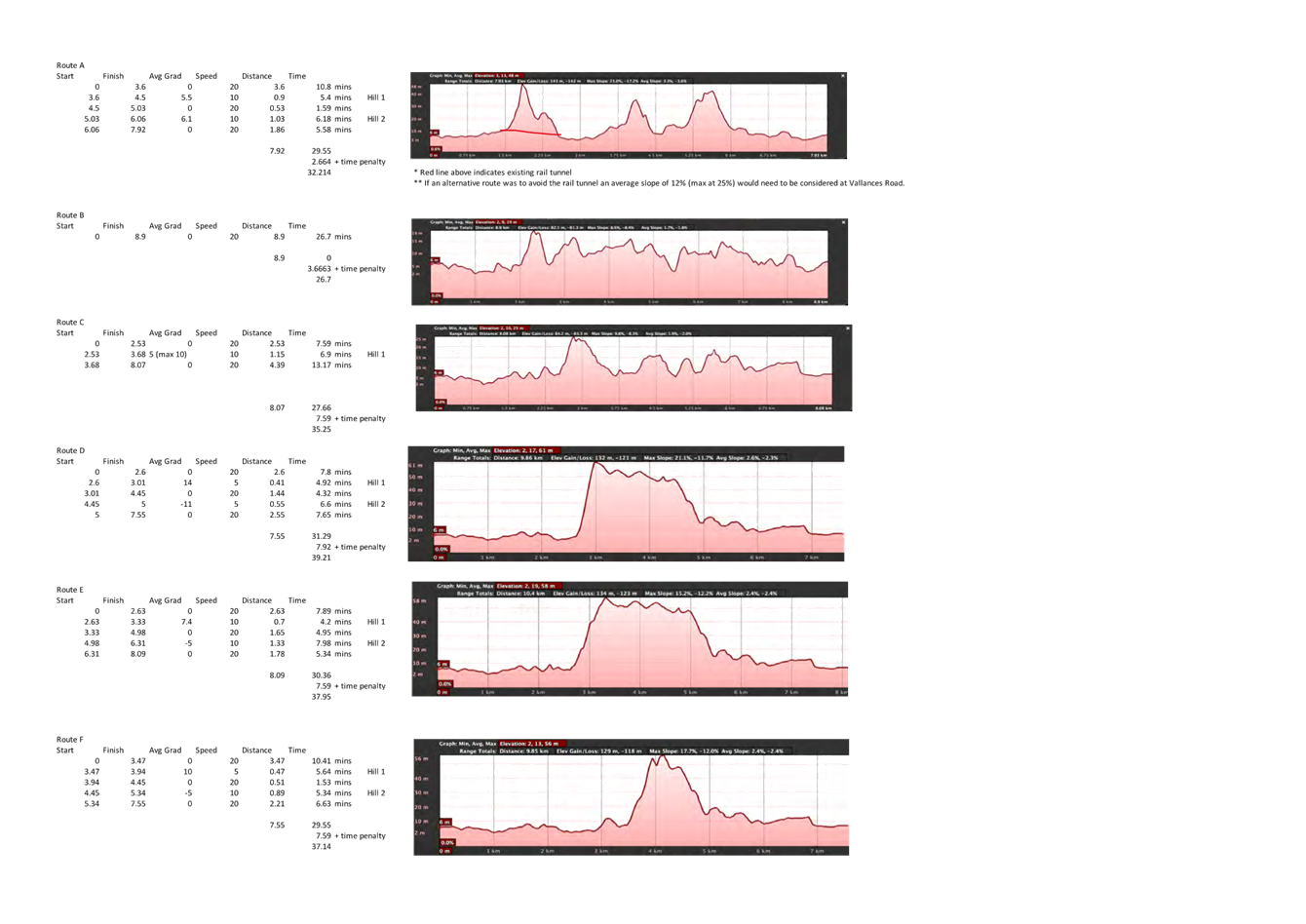

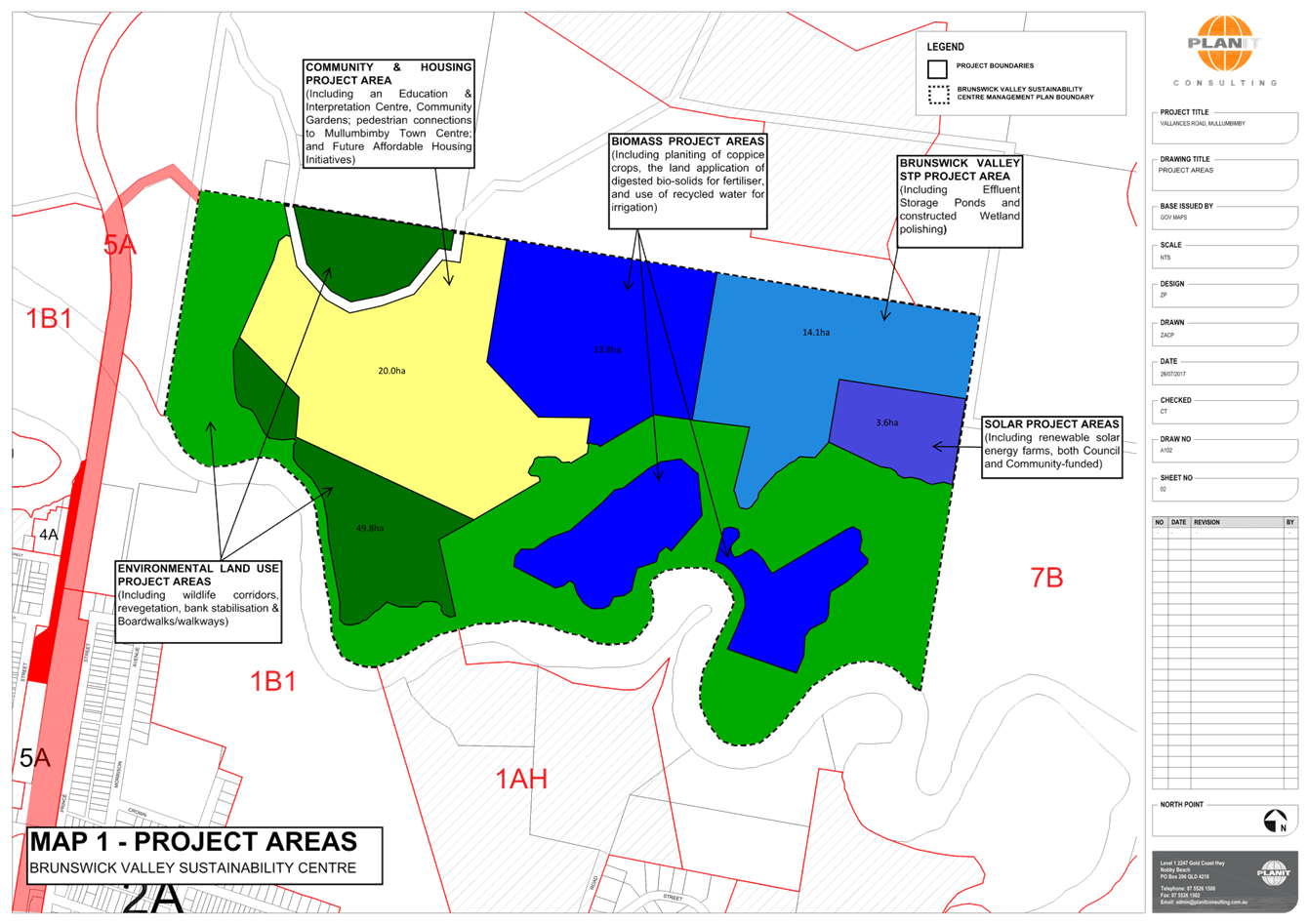
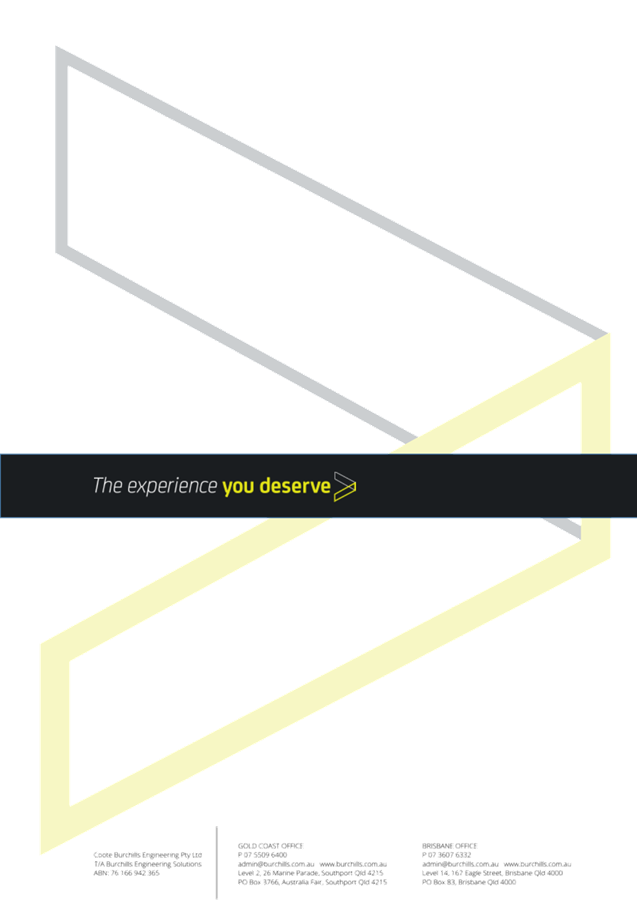
Staff Reports - Infrastructure Services 3.3
Report
No. 3.3 Myocum Quarry DA
Compliance and Options Report
Directorate: Infrastructure
Services
Report Author: Nikki
Bourke, Project Officer
File No: I2022/656
Summary:
This report presents the findings and recommendations of the
“DA Compliance Assessment and Options Assessment for Myocum Quarry”
Report by Consultants GHD, and informs the Infrastructure Advisory Committee of
actions being undertaken as resolved by the Executive Team of Council.
RECOMMENDATION:
That the Infrastructure Advisory Committee note
the contents of this report and the actions being progressed as resolved by the
Executive Team.
Attachments:
1 24.2021.23.1
Myocum Quarry DA - FINAL final draft 12554185-REP-1_DA Compliance and Options
Assessment for Myocum Quarry, E2021/155252
, page 34⇩ 
2 2212554185
Rev A Drawings Myocum Quarry Survey simplified GHD 2022, E2022/22942 ,
page 34⇩ 
3 24.2021.23.1
Myocum Quarry DA - Comments from Chris Larkin SEE Manager RE: Myocum Quarry DA
review, E2022/10438 , page 34⇩ 
Report
A Development Application (DA 10.2001.496.2) for the Myocum
Quarry (Lot1/DP591441) was approved in 2008 to amend extraction amounts and
approve the rehabilitation plan in accordance with an Environmental Impact
Statement (2001) Supplementary Report (2002) and Statement of Environmental
Effects (2007) prepared by GHD.
It was a committee recommendation (4.5.1) of the former
Water, Waste and Sewer Steering Committee (WWSC): That WWSC receive further
information on the status and obligations of rehabilitation on Council’s
quarry and other quarries.
GHD consulting were engaged in June 2021 to undertake two
studies:
· Aerial survey and
mass variance assessment - an aerial survey to determine terrain and cut/fill
variances with the DA’s rehabilitation plan was undertaken in 2016.
For currency GHD and surveyor HELImetrex were engaged to update the survey,
terrain model and assessment of variances with the DA’s rehabilitation
plan.
· DA Compliance
Assessment and Options Assessment – to ascertain the status of the
remediation and rehabilitation of the Myocum Quarry in accordance with DA
conditions to determine compliance. An options assessment was requested
to propose short, medium and long-term options for the site and to estimate the
cost of rectification options. The study also investigates other areas of
the quarry to determine if quality material exists for extraction and to
determine approval requirements to further extract to maximise the potential of
the site.
Key issues
Aerial Survey and Mass Balance Assessment:
It was found that the
Myocum Quarry does not currently match the required final rehabilitated
landform specified by the DA conditions. There are both areas of
overextraction (ie. areas needing fill to achieve the DA final landform/control
line) and underextraction (areas needing to be cut to achieve the DA final
landform/control line). This can be viewed in the survey figures in
Attachment 2 of this report (and alternatively Appendix A of the Attachment 1
report provides a different presentation). (The cross section figures are
the easiest to interpret.)
A stakeholder request
was made to simplify the figures in the Attachment 1 report to aid the
interpretation of the current landform compliance and this was attempted in
Attachment 2. The “depth range levels” figure was simplified
to 2 colours in Attachment 2 where:-
- Yellow
shades indicates where fill is required to achieve DA levels. Less fill
required = light shades, more fill required = dark shades. This will be
difficult if not impossible to achieve in many places due to the sheer landform
currently existing in these areas.
- Blue
shades indicate areas where cuts can be performed (and material won) to achieve
the DA levels.
DA Compliance and Options Assessment for Myocum Quarry:
The report noted areas of non-compliance relating to the
following categories:-
1. Progressive
rehabilitation – 5 specific areas of non-compliance relating to
rehabilitation.
2. Monitoring
and assessment requirements – the environmental performance of the site
is being tracked and managed where required, however an Overall Quarry Monitoring
Plan is required to alleviate a number of the minor issues that occur on site
and potentially alleviate some of the more significant non-compliance issues
associated with the operation of the quarry.
If no action is taken, Council may be subject to action from
the following regulatory bodies:
· “Byron Shire Council:
– BSC may issue stop work
notices or potentially prosecute the operator (proponent) for breaching
conditions of Consent of DA 10.2001.496.2 in accordance with the Environmental
Planning and Assessment Act 1979 particularly in relation to:
§ Condition 1 – the Rehabilitation Plan provided
in the 2001 EIS indicated that the quarry will be extracted to a maximum depth
of 0 metres AHD. However, there has been extraction below this level.
§ Condition 8 – no revegetation has taken place as
detailed in this condition.
§ Condition 28 – the site has not been
progressively rehabilitated as detailed in this condition.
[It
is to be noted that Council is unlikely to take enforcement action against
itself]
· NSW Resources Regulator:
– The NSW Resources
Regulator is responsible for Work, Health and Safety issues in relation to the
quarry. As quarrying has occurred outside of the extent approved under DA
10.2001.496.2, the quarry may be deemed unsafe and as such work, health and
safety measures may need to be addressed prior to any further quarrying at the
site.
– The Inspector of Mines
responsible for the quarry stated that the eastern high wall required
rehabilitation to make safe. Other safety issues may also exist.
· NSW Environment Protection Agency:
– The NSW EPA may prosecute
Council in accordance with the Protection of the Environment Operations Act
1997 for breaches against EPL 12600 for the Myocum Quarry.
· Water NSW (through Natural Resource Access Regulator):
– Should the groundwater be
intercepted and contaminated, without an aquifer interference licence from
Water NSW, the Natural Resource Access Regulator may take action in accordance
with Water Management Act 2000.
– Investigators are
authorised under the Water Management Act 2000 to gather evidence. NRAR’s
authorised officers can enter a person’s private property (other than a
residence) without a search warrant and undertake activities on a property such
as inspect and test equipment, take samples and examine records.”
Options
Options for short, medium and long term rectification of
compliance at the Myocum Quarry were assessed with the final recommendation
being:
“Based
on the findings of the compliance and options assessment, and consideration of
the risks associated with the ‘do nothing’ option, GHD recommends
that the best course of action in the short term would be to seek development
consent for a modified quarry proposal, which would involve modification to the
existing development consent to legitimise the areas which have been over
excavated whilst still pursuing the material that was envisaged to be extracted
under the original approval (as modified).
Having
reviewed the previous approval documentation it is recommended that the best
course of action in the short term is to prepare a Section 4.55(2) modification
to the original development consent for the quarry to enable extraction of the
remaining resource, ongoing stockpiling, crushing, grinding and separating at
the site, resolution of a revised rehabilitation strategy for the site given
the over extraction at the site. This exercise may also rationalise the
sediment basins on the site to be able to maximise the use of the site for
identified long term options, if BSC chooses.
An
SEE would also outline the proposed modifications for which approval is to be
sought and assess the likely environmental impacts of the modifications.
Consideration would be given to flora and fauna, visual amenity, air quality,
water management, noise and vibration, Aboriginal cultural heritage, traffic
and access, hazards and risks, geotechnical constraints, rehabilitation and
revegetation. These matters would be considered relying on predominantly
existing available desktop information.”
The cost estimate for implementing the above development
consent modification recommendation is $20-60,000 (ex GST).
Next steps
The Executive Team resolved to
adopt the consultant’s recommendation to seek to obtain a
modified quarry development consent.
The project team will now progress this action commencing
with a Development Advisory Panel (DAP) meeting with the SEE Directorate prior
to proceeding with the preparation of documents to support a modified DA
submission.
Strategic Considerations
Community Strategic Plan
and Operational Plan
There are no specific Operational Plan Activities for the
Myocum Quarry, however several Delivery Program Actions relate to the operation
of the quarry, neighbouring land uses, remaining resource availability for road
networks, environmental outcomes and statutory outcomes including:
|
CSP Objective
|
CSP Strategy
|
DP Action
|
Code
|
OP Activity
|
|
Community
Objective 1: We have infrastructure, transport and services which meet
our expectations
|
1.1:
Provide a road network which is safe, accessible and maintained to an
acceptable level of service
|
1.1.4:
Develop road network new works program in line with Community Solutions Panel
values/principles (SP)
|
|
|
|
Community
Objective 1: We have infrastructure, transport and services which meet
our expectations
|
1.1:
Provide a road network which is safe, accessible and maintained to an
acceptable level of service
|
1.1.6:
Provide stormwater infrastructure to manage flood mitigation, social and
environmental outcomes
|
|
|
|
Community
Objective 1: We have infrastructure, transport and services which meet
our expectations
|
1.2:
Provide essential services and reliable infrastructure which meet an
acceptable community standard
|
1.2.1:
Deliver infrastructure maintenance services in line with Community Solutions
Panel values (SP)
|
|
|
|
Community
Objective 1: We have infrastructure, transport and services which meet
our expectations
|
1.4:
Provide a regular and acceptable waste and recycling service
|
1.4.4:
Ensure facilities and services meet statutory requirements
|
|
|
Recent
Resolutions
Not applicable
Legal/Statutory/Policy
Considerations
It is considered that the Myocum
Quarry currently contains a high level of regulatory risk, and potentially
high levels of financial, reputational, environmental and workplace health and
safety risk operating the quarry in its current state and under the current DA.
Refer to the consequences of no action in the ‘Key
Issues’ section above.
Financial Considerations
To implement the remediation of Lot 12 Bayshore Drive Byron
Bay, in excess of $900,000 was internally borrowed from the Quarry
Reserve. It is anticipated that with the foreshadowed sale of part of Lot
12 these funds will be returned to the reserve to facilitate any necessary
remediation of the Quarry.
Consultation and
Engagement
IS staff referred the “DA Compliance Assessment and
Options Assessment for Myocum Quarry” to the SEE department for their
review and comment. The initial response from Manager Sustainable
Development, SEE (Chris Larkin) is provided in Attachment 3.
Internal stakeholders have been consulted within the Works
and Resource Recovery divisions of the IS directorate.
Staff
Reports - Infrastructure Services 3.3 - Attachment 1
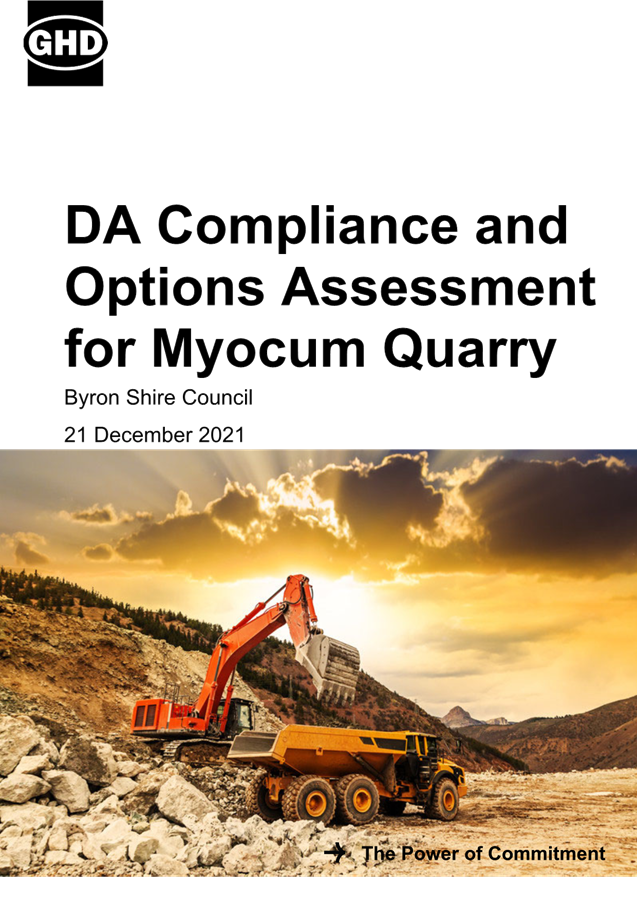
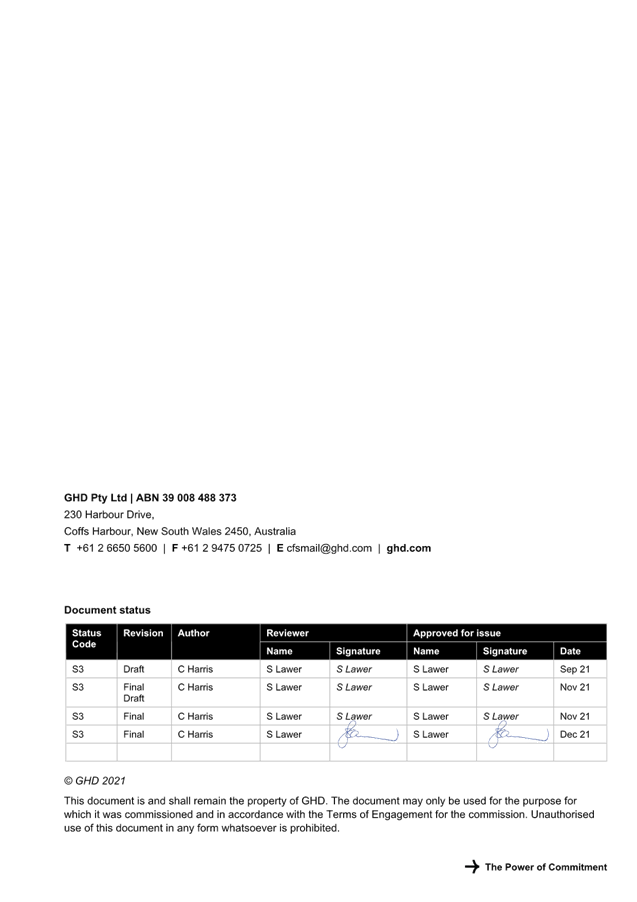
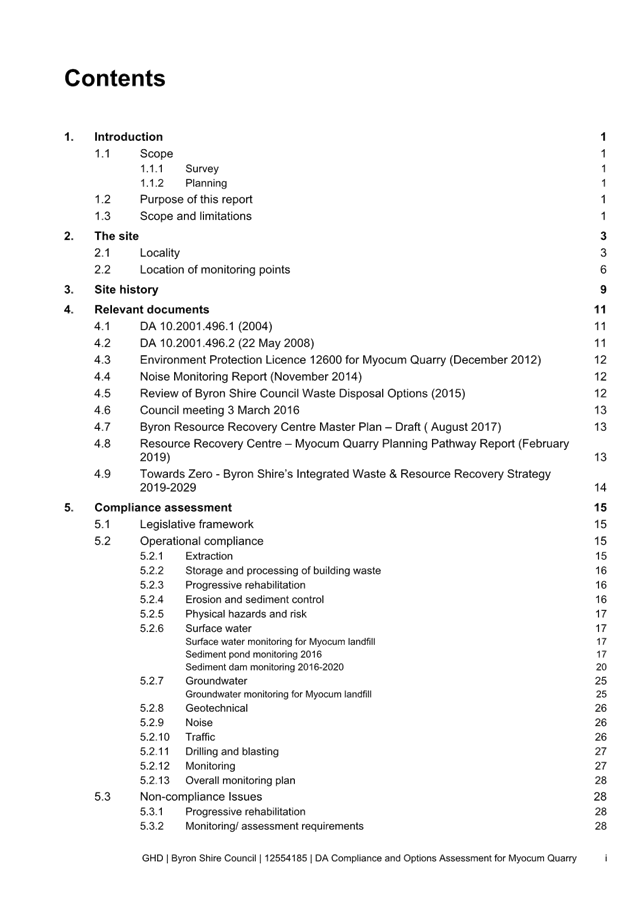
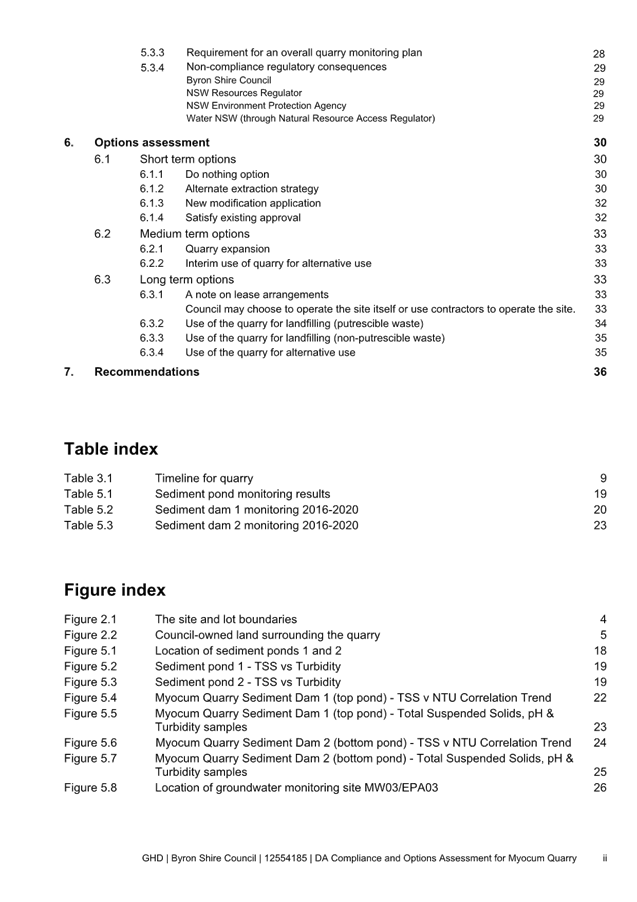

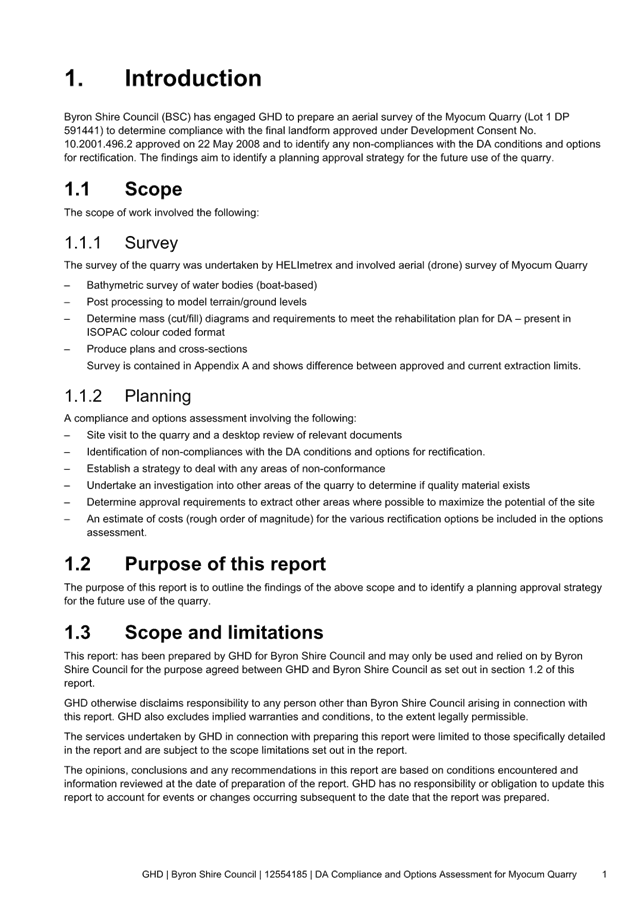

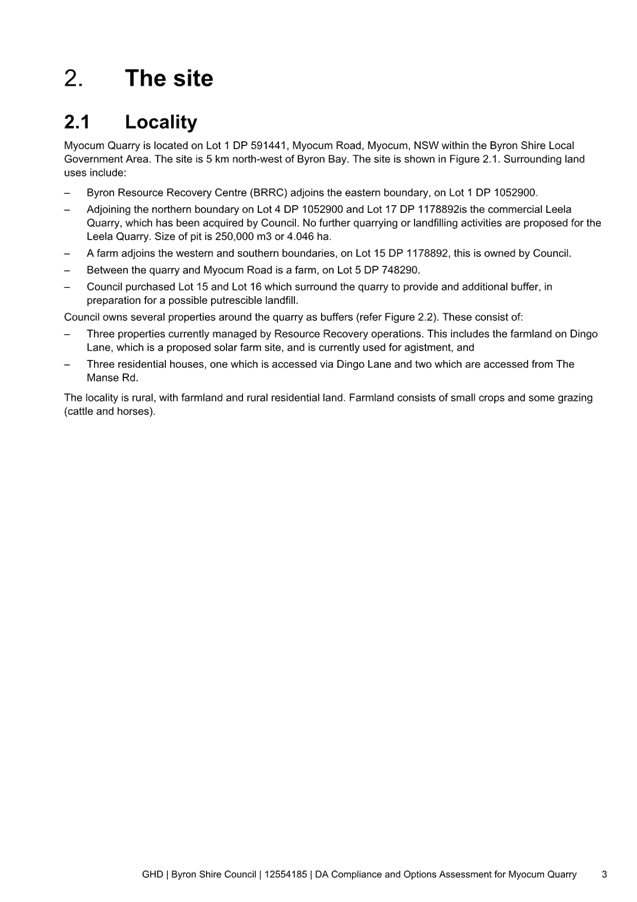
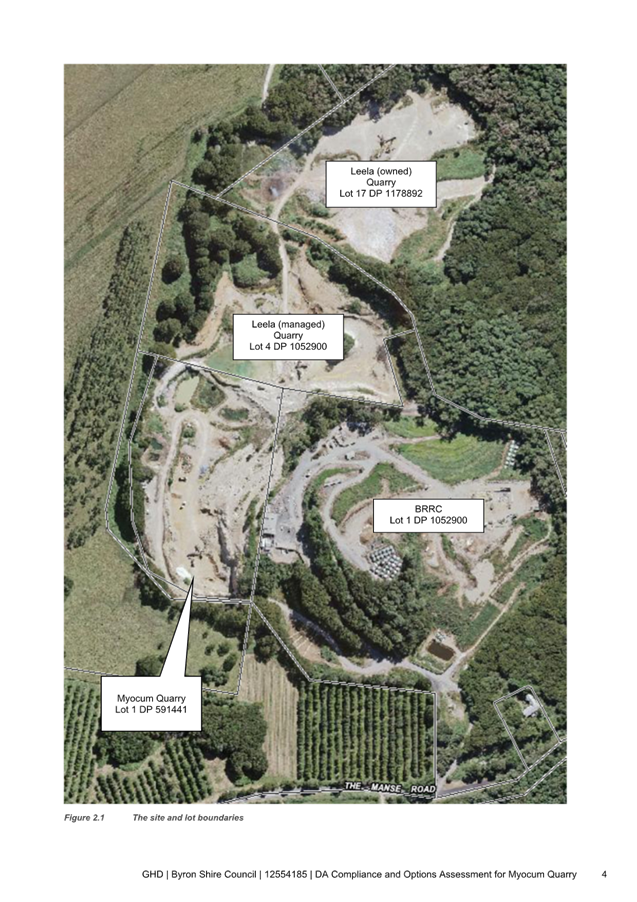
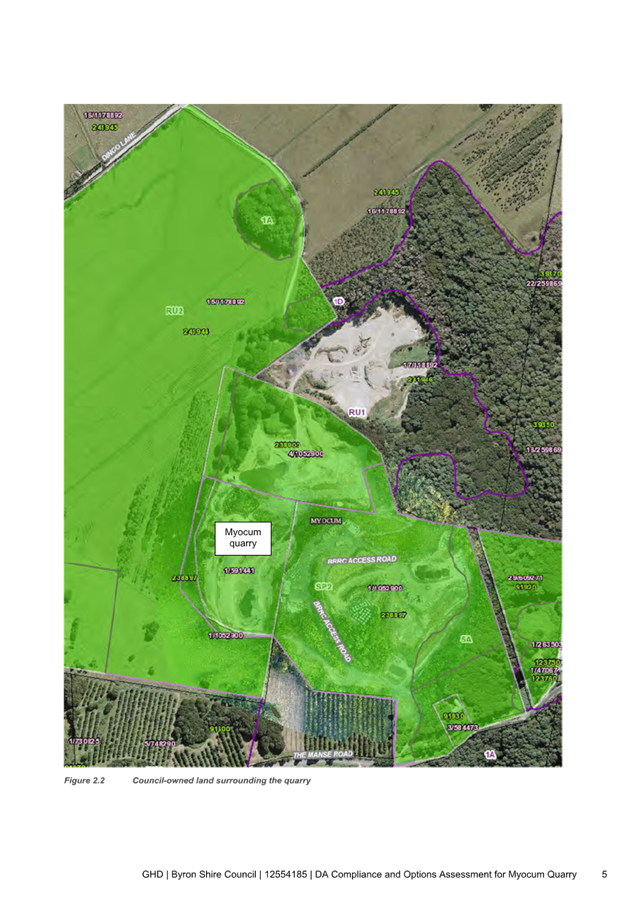
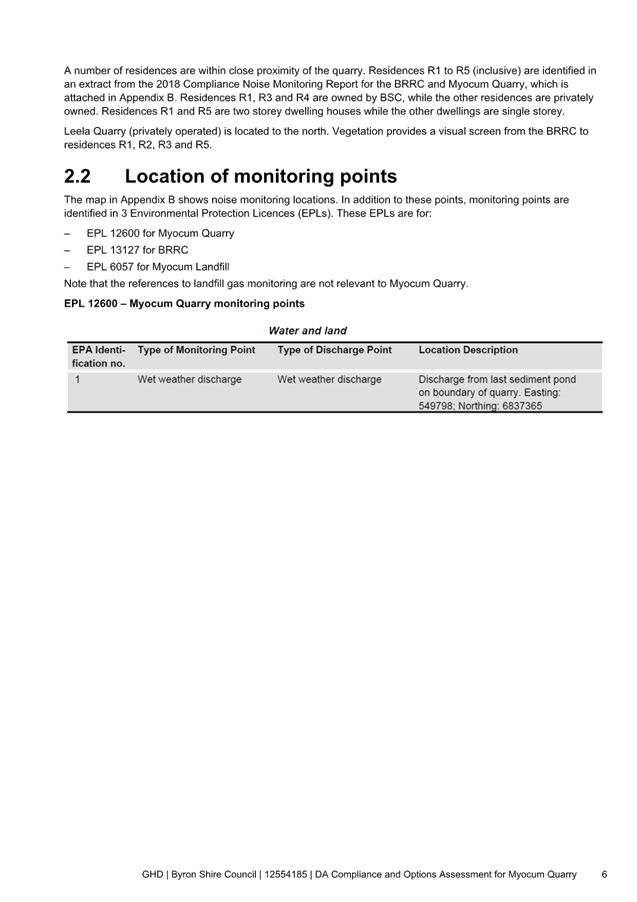
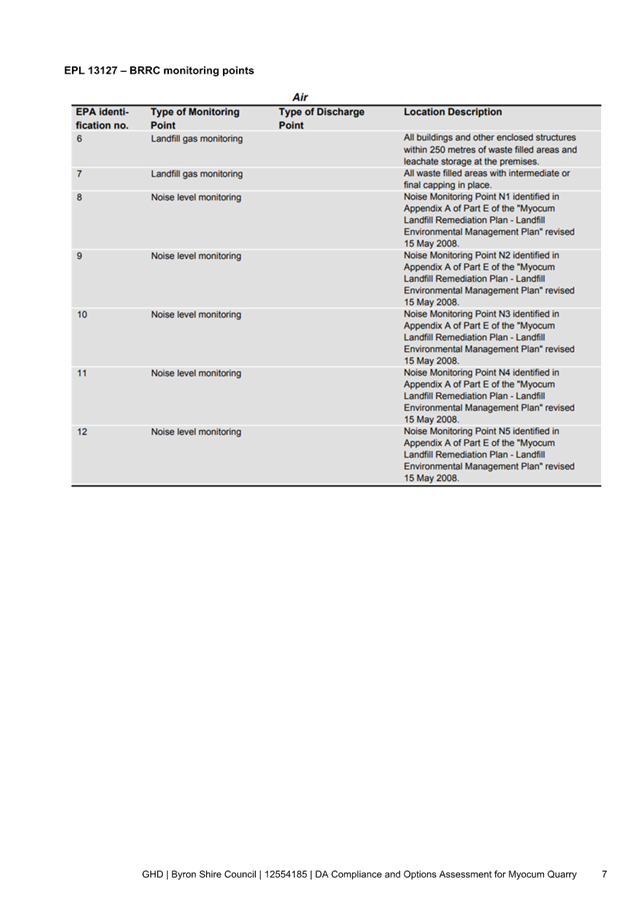
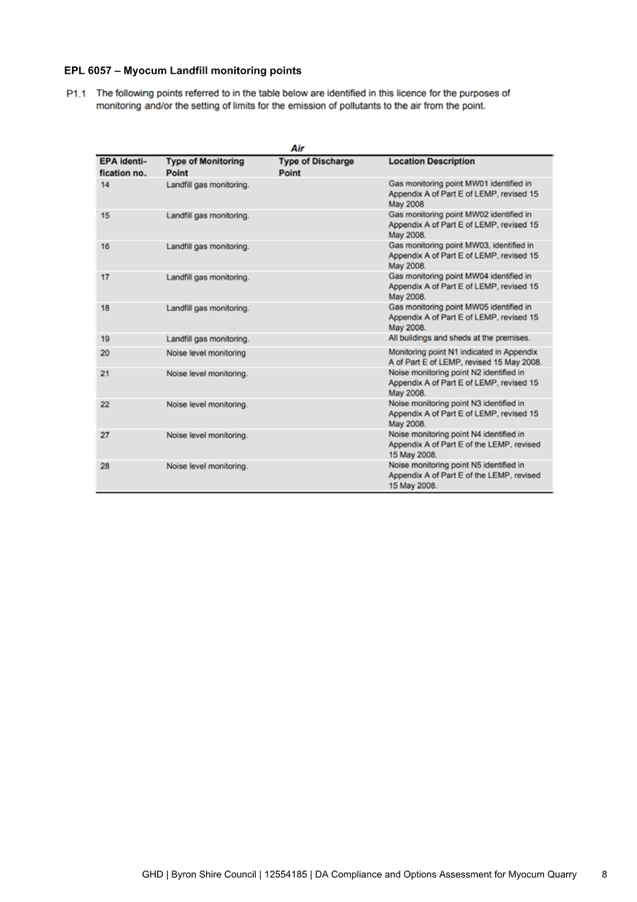
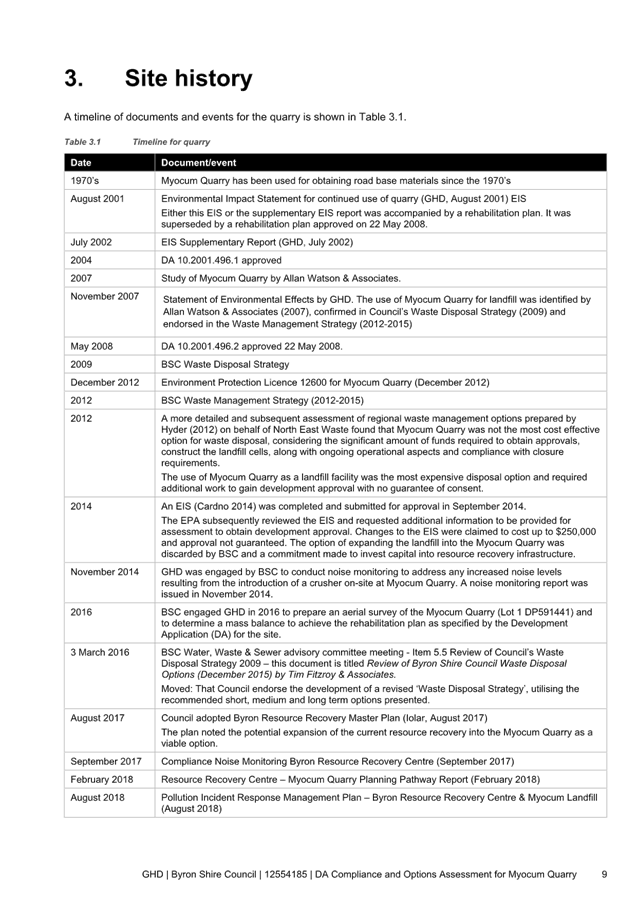
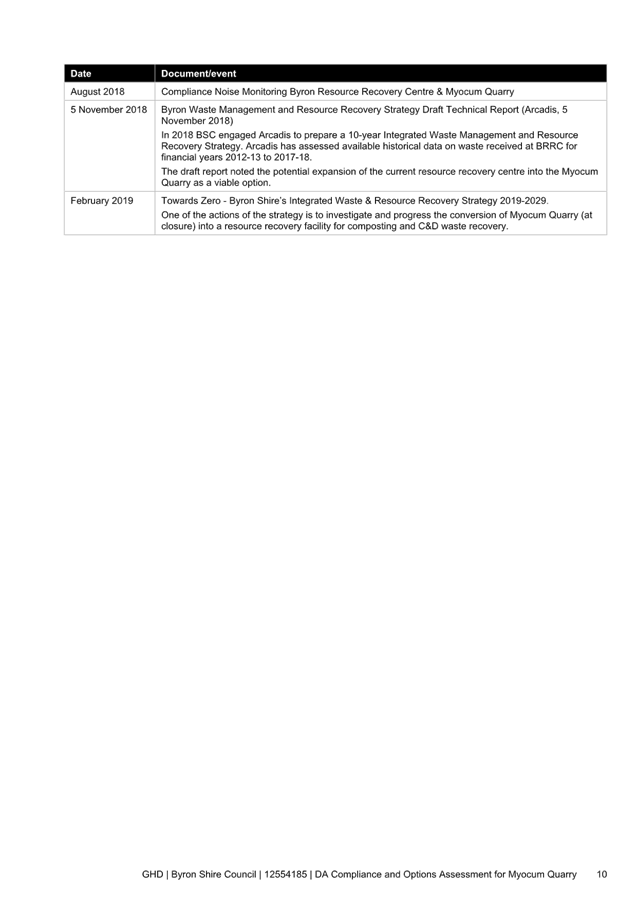
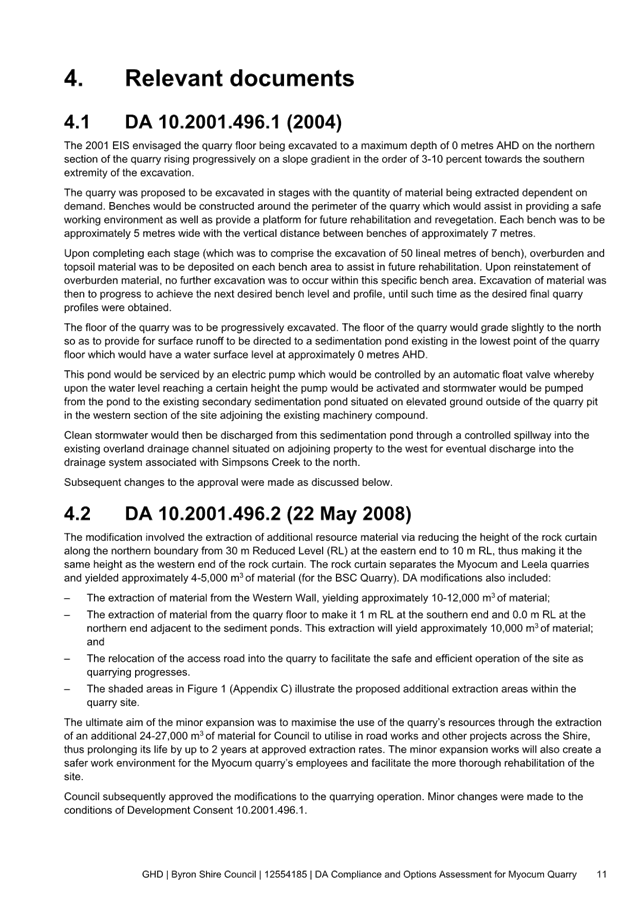
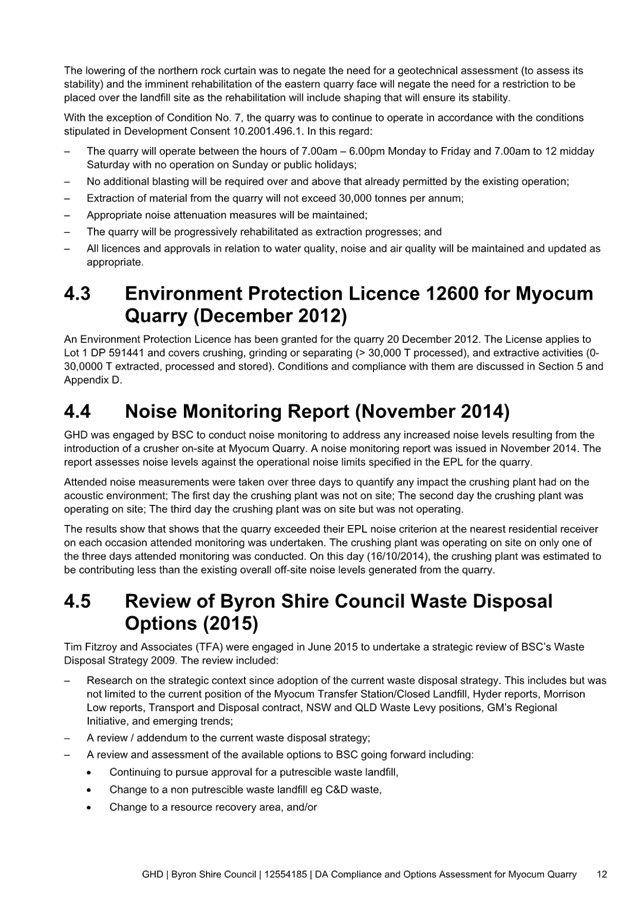
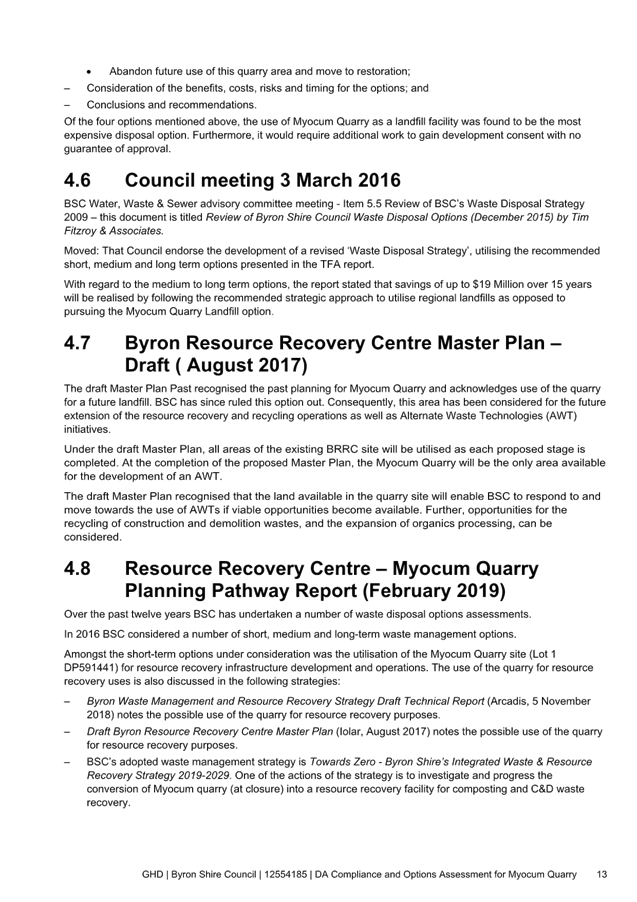
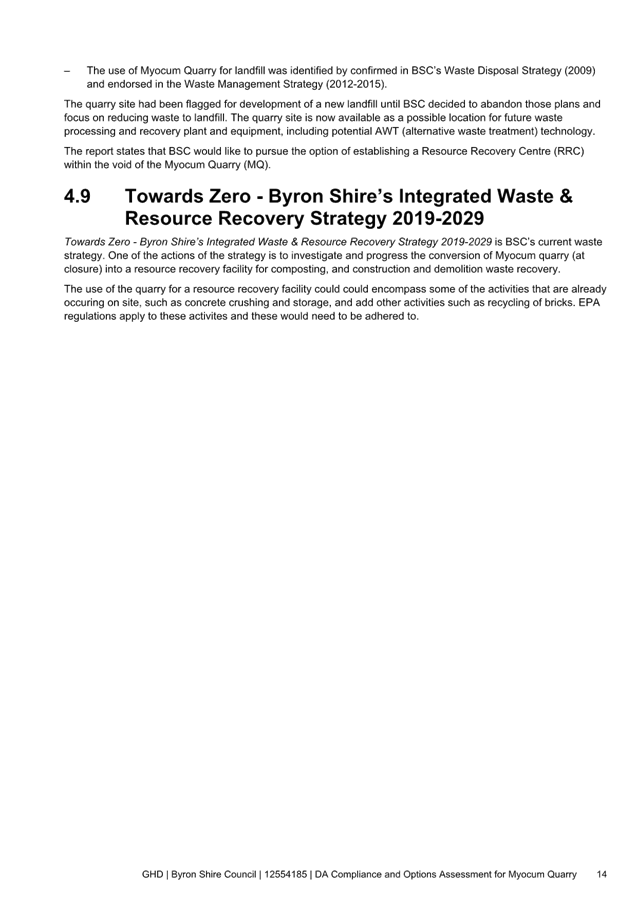
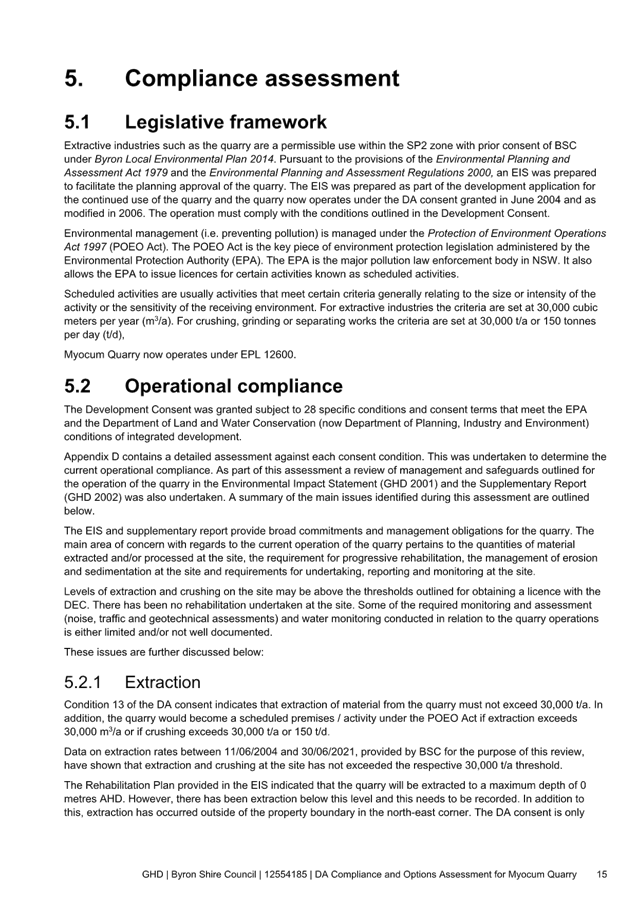
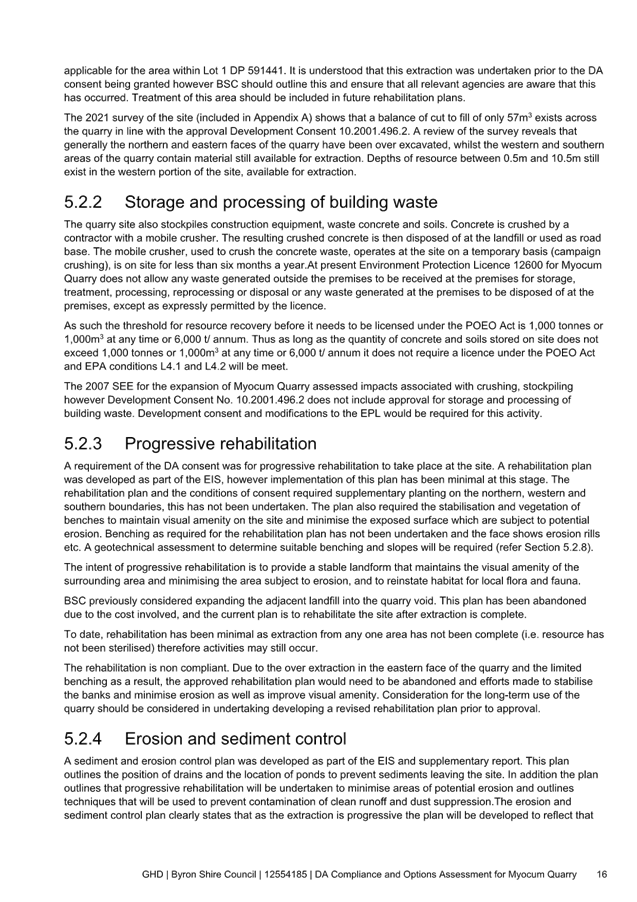
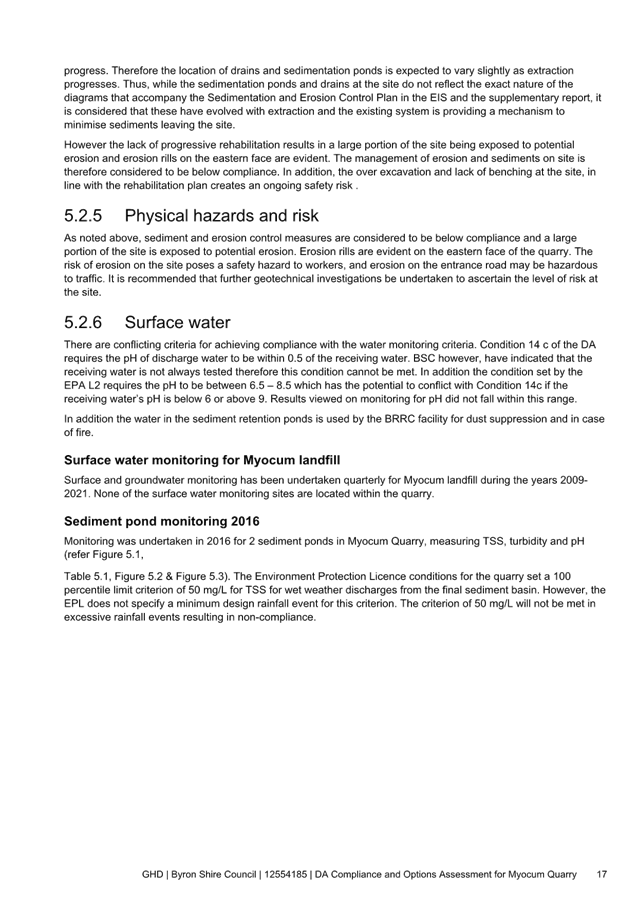
Staff
Reports - Infrastructure Services 3.3 - Attachment 2
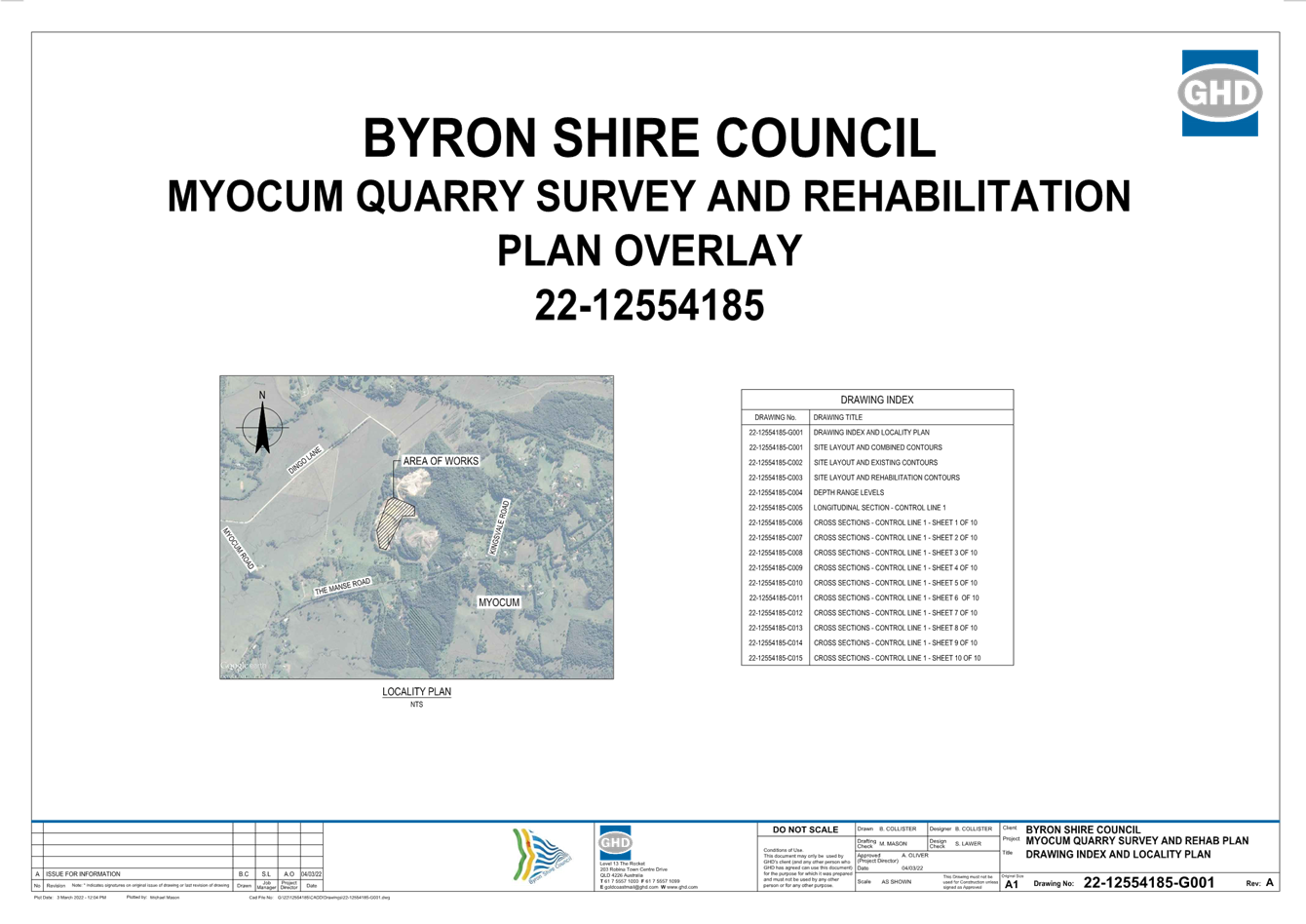
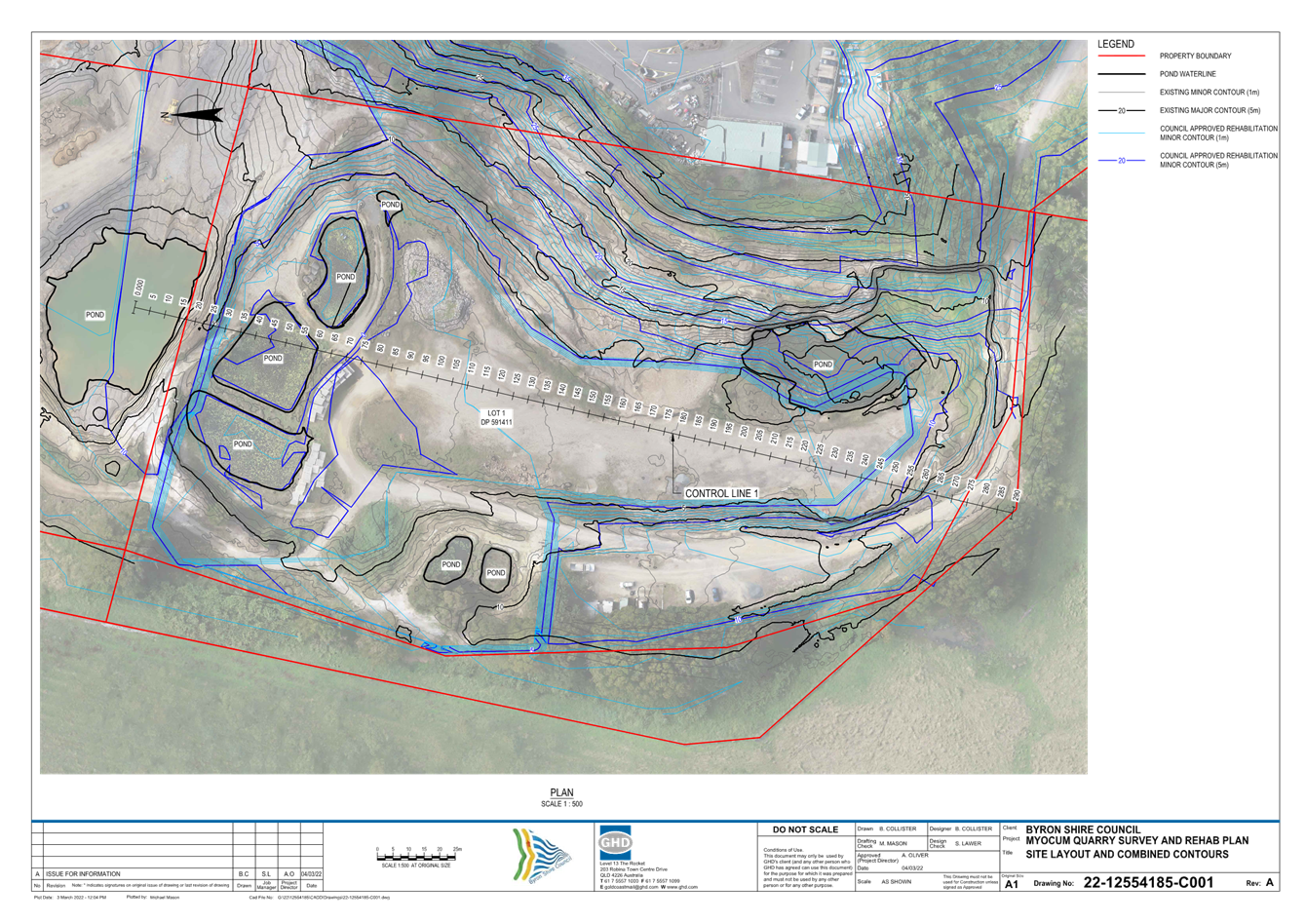
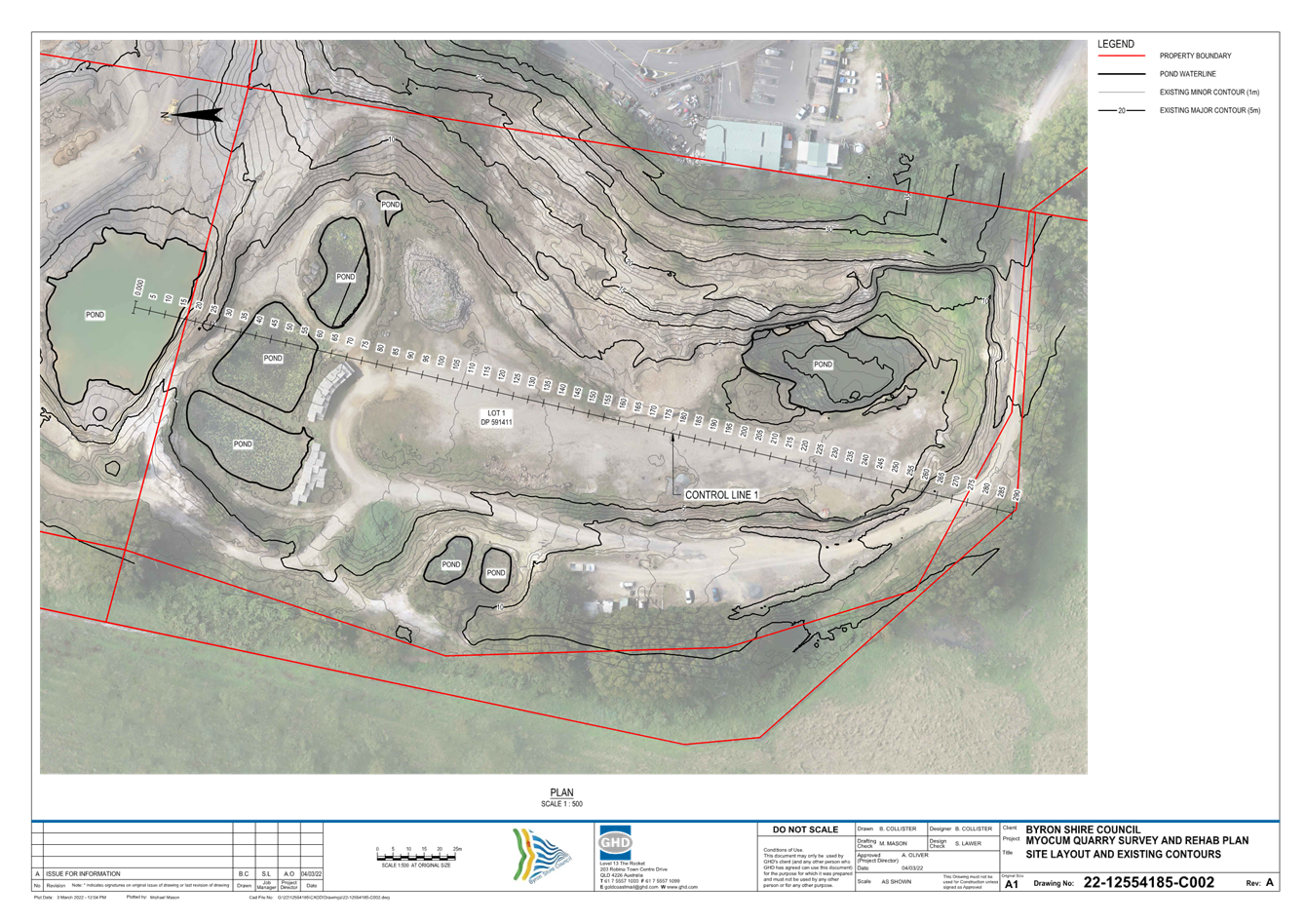
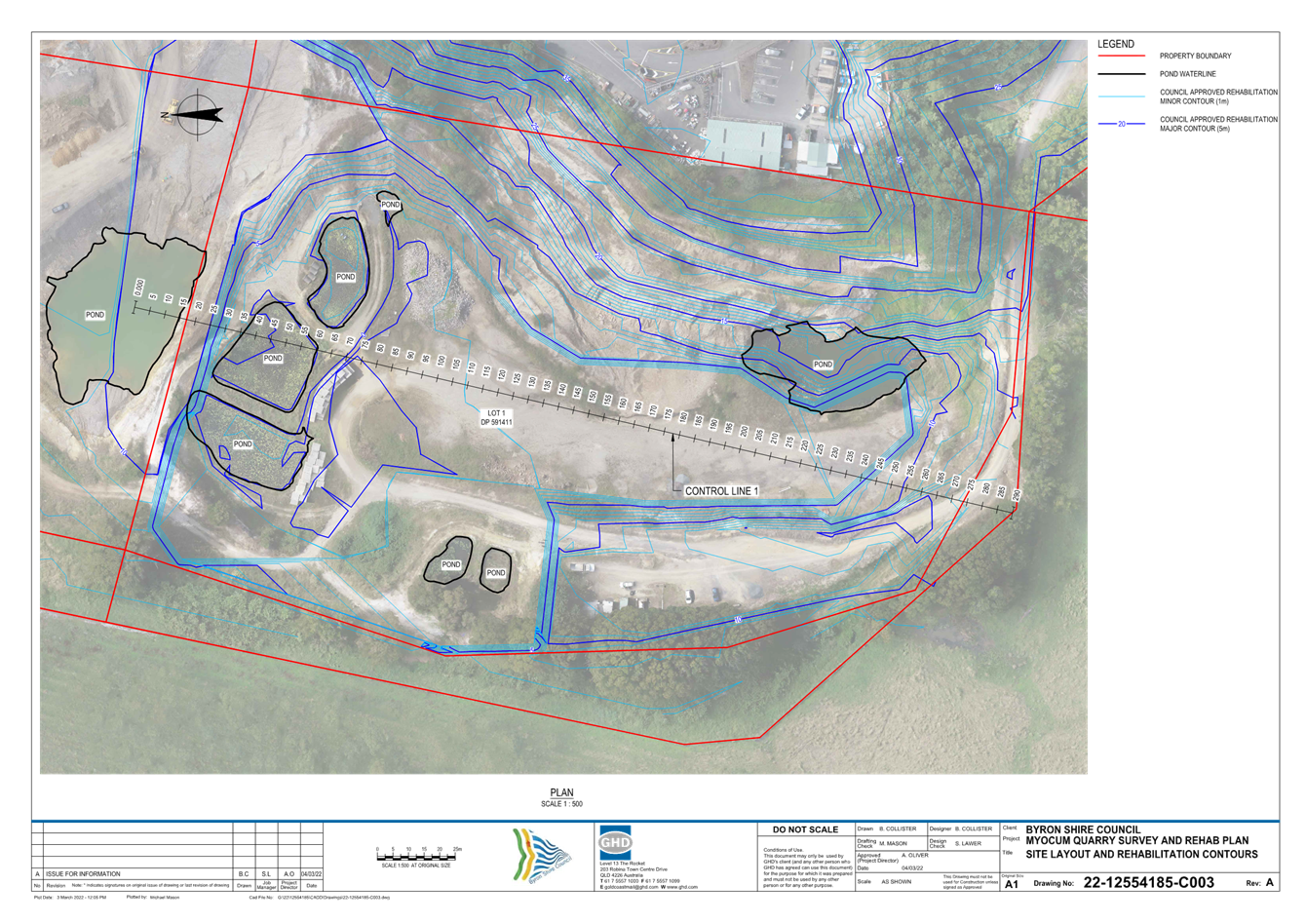
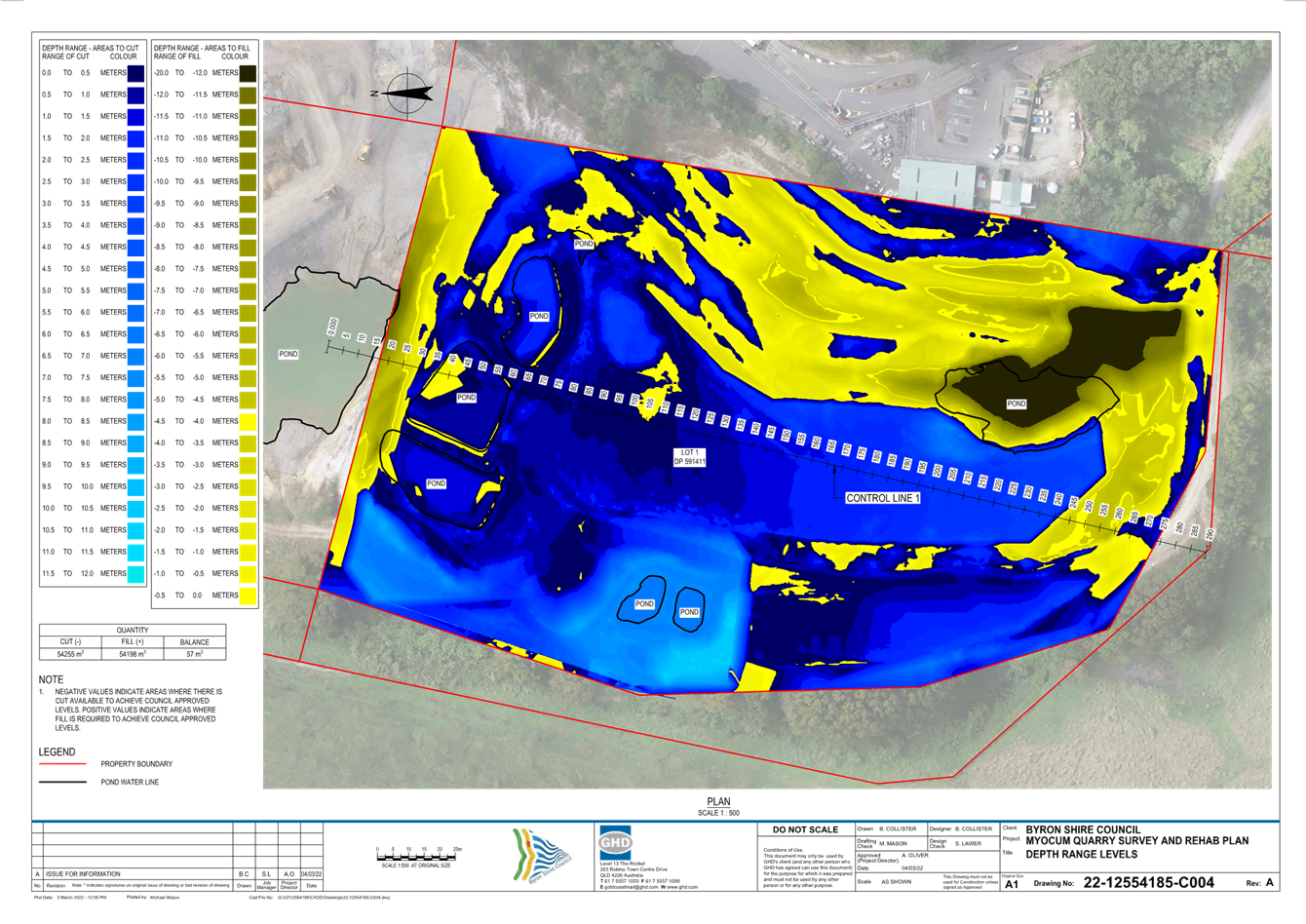
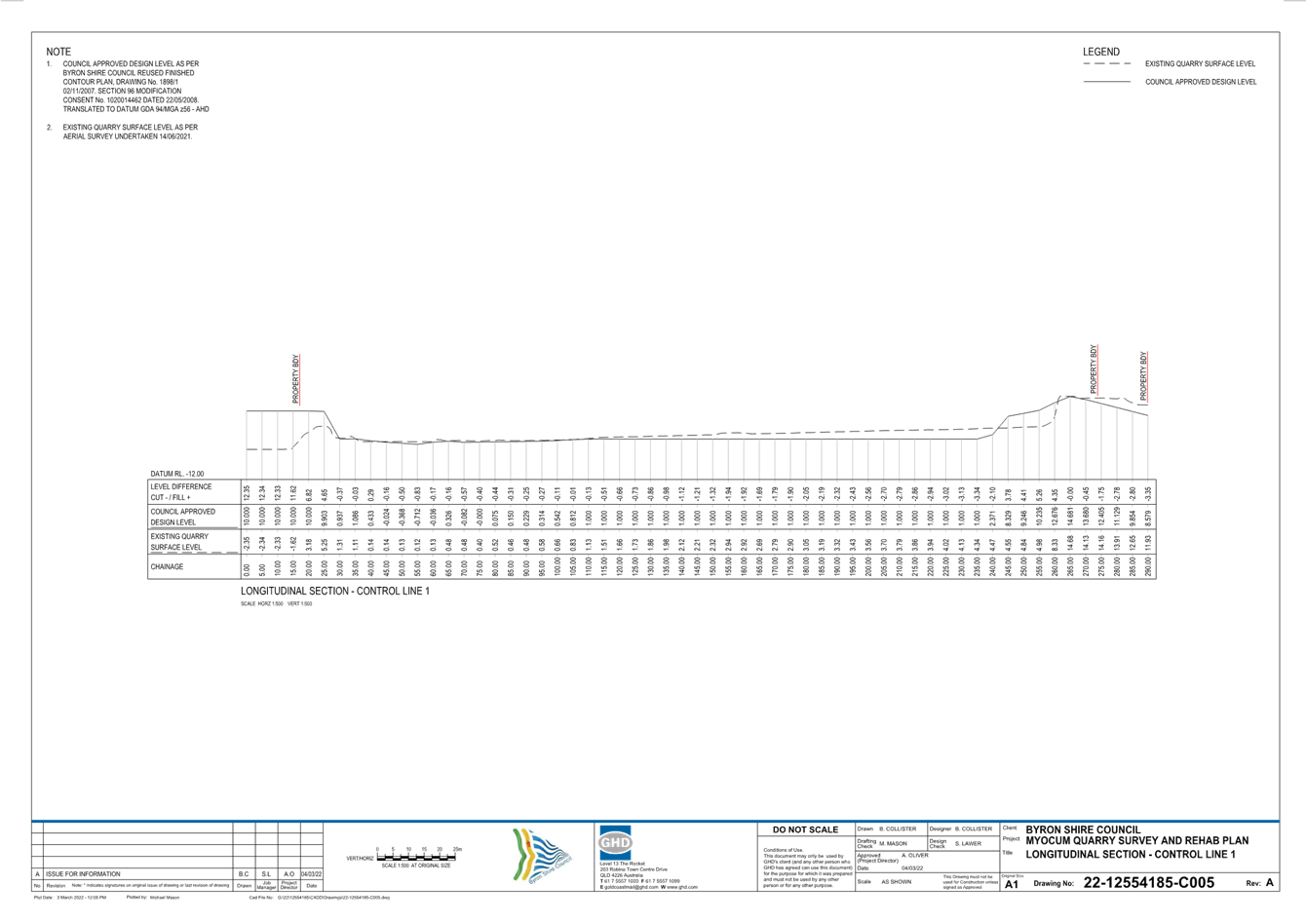
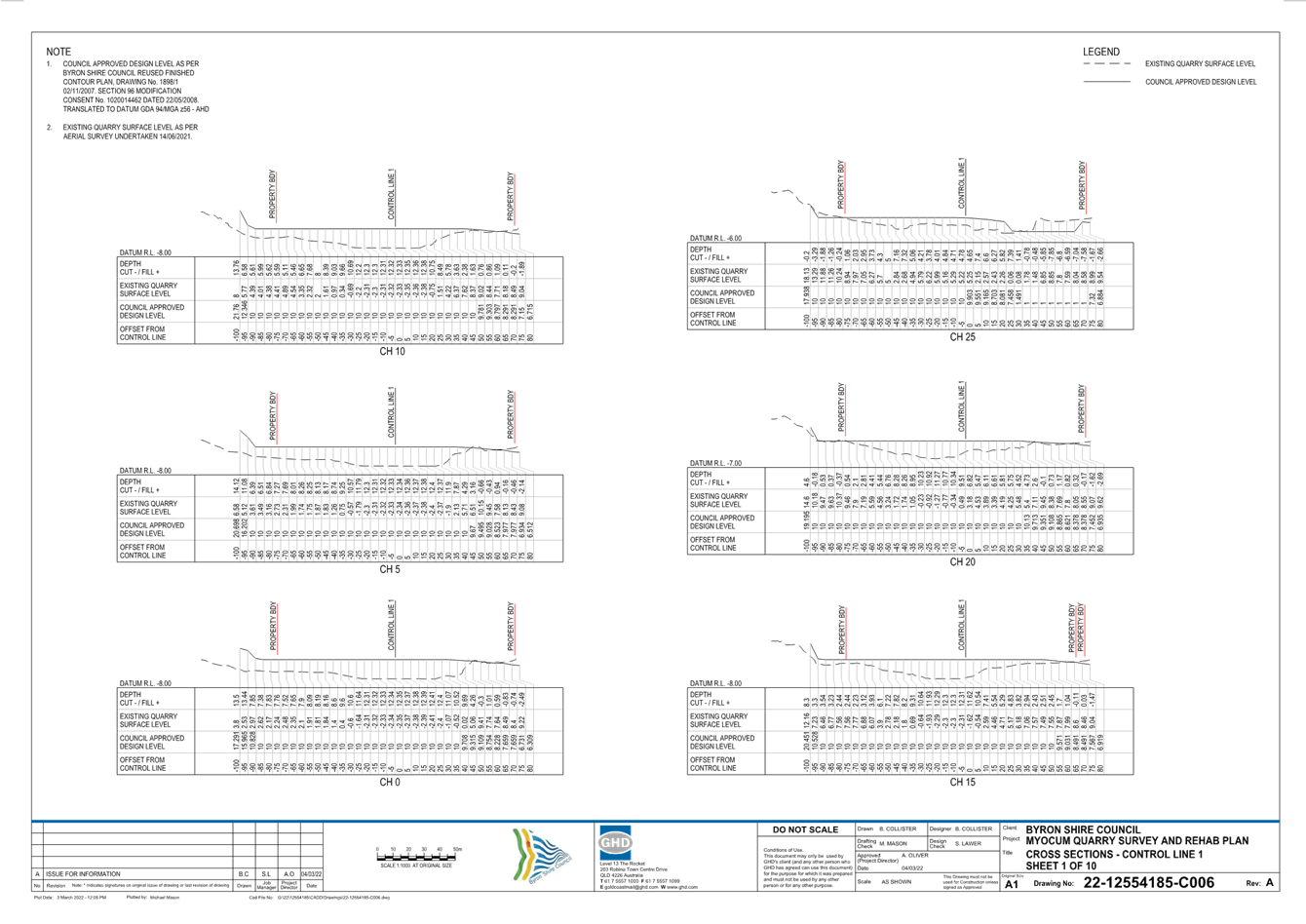
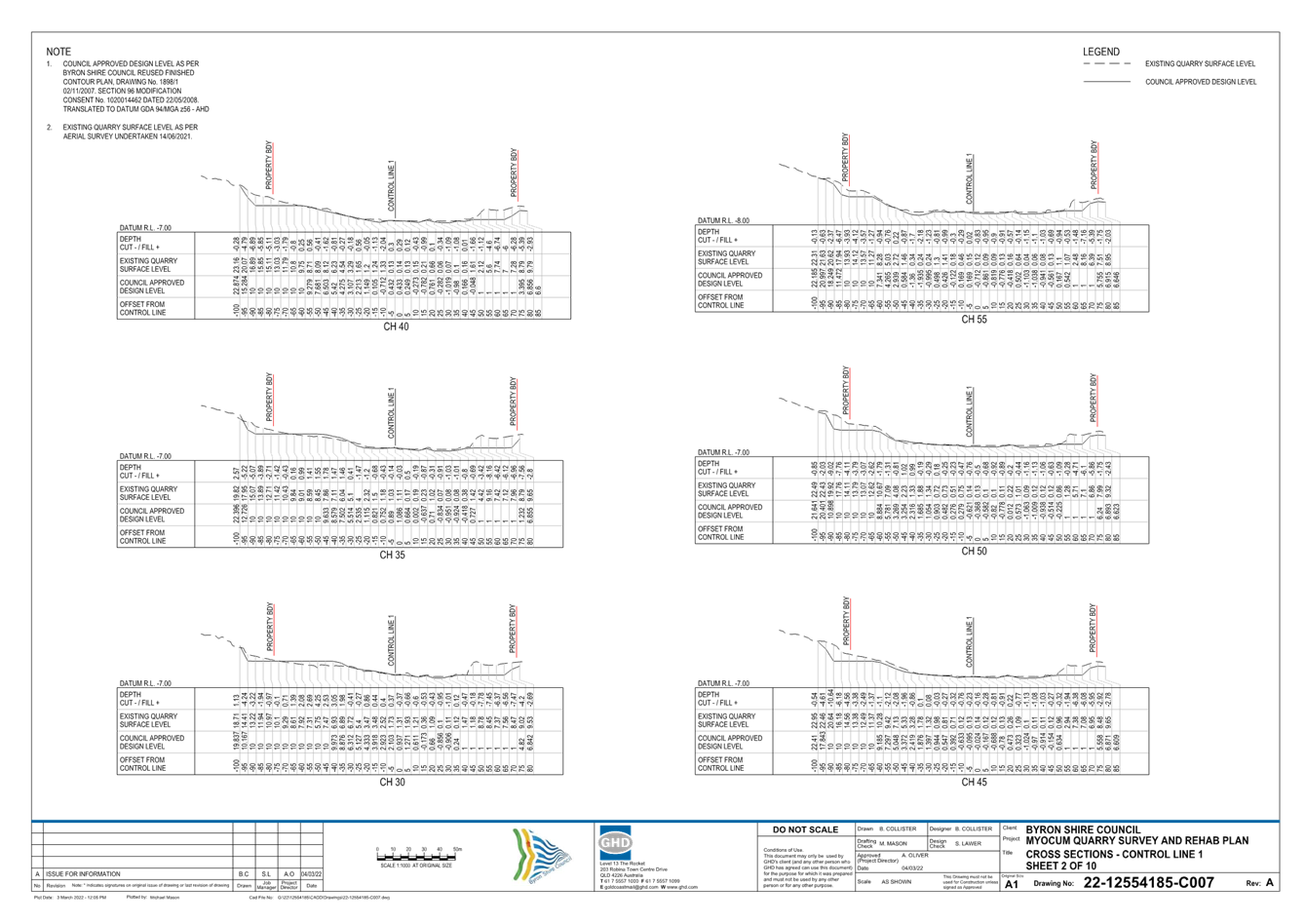
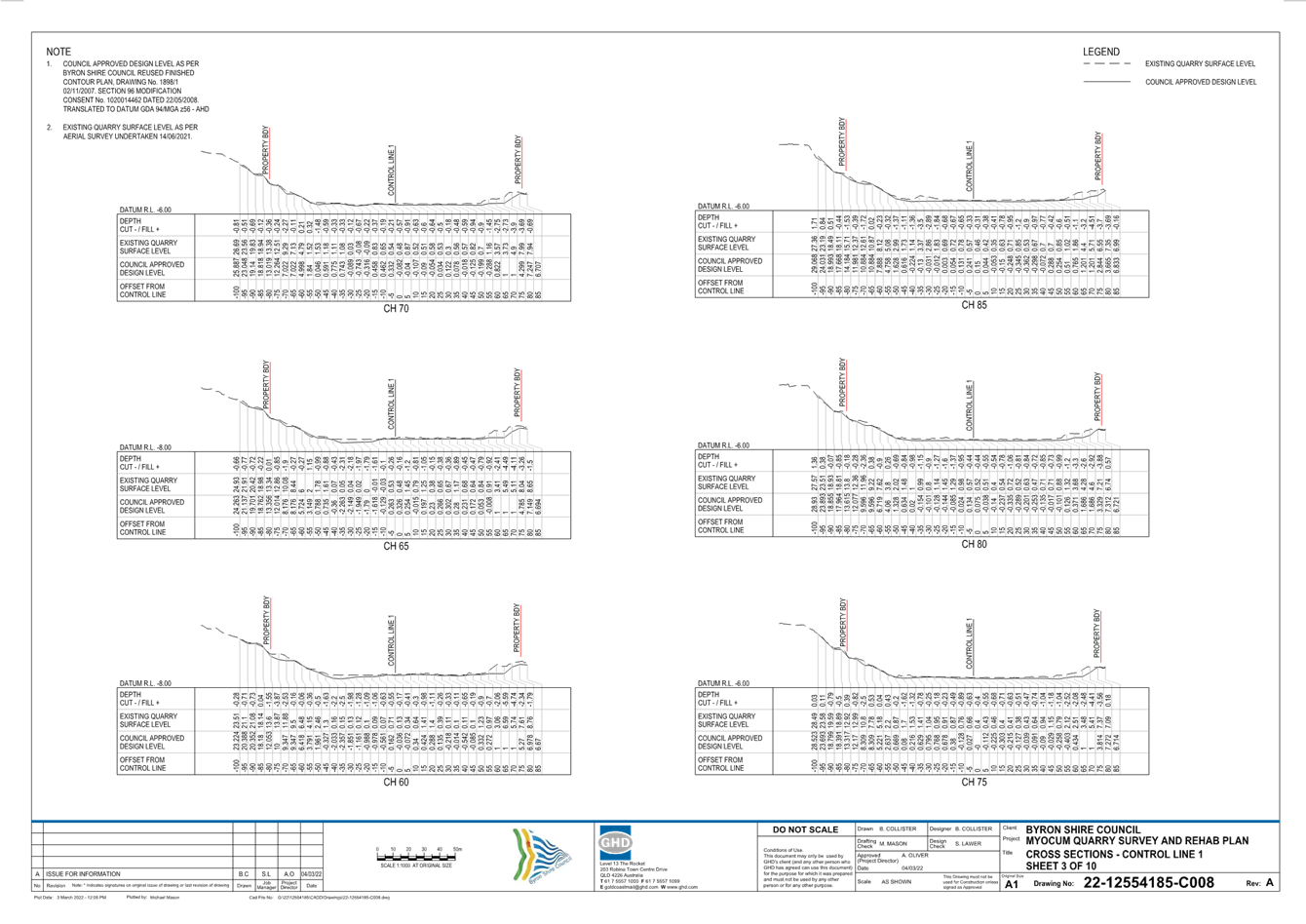
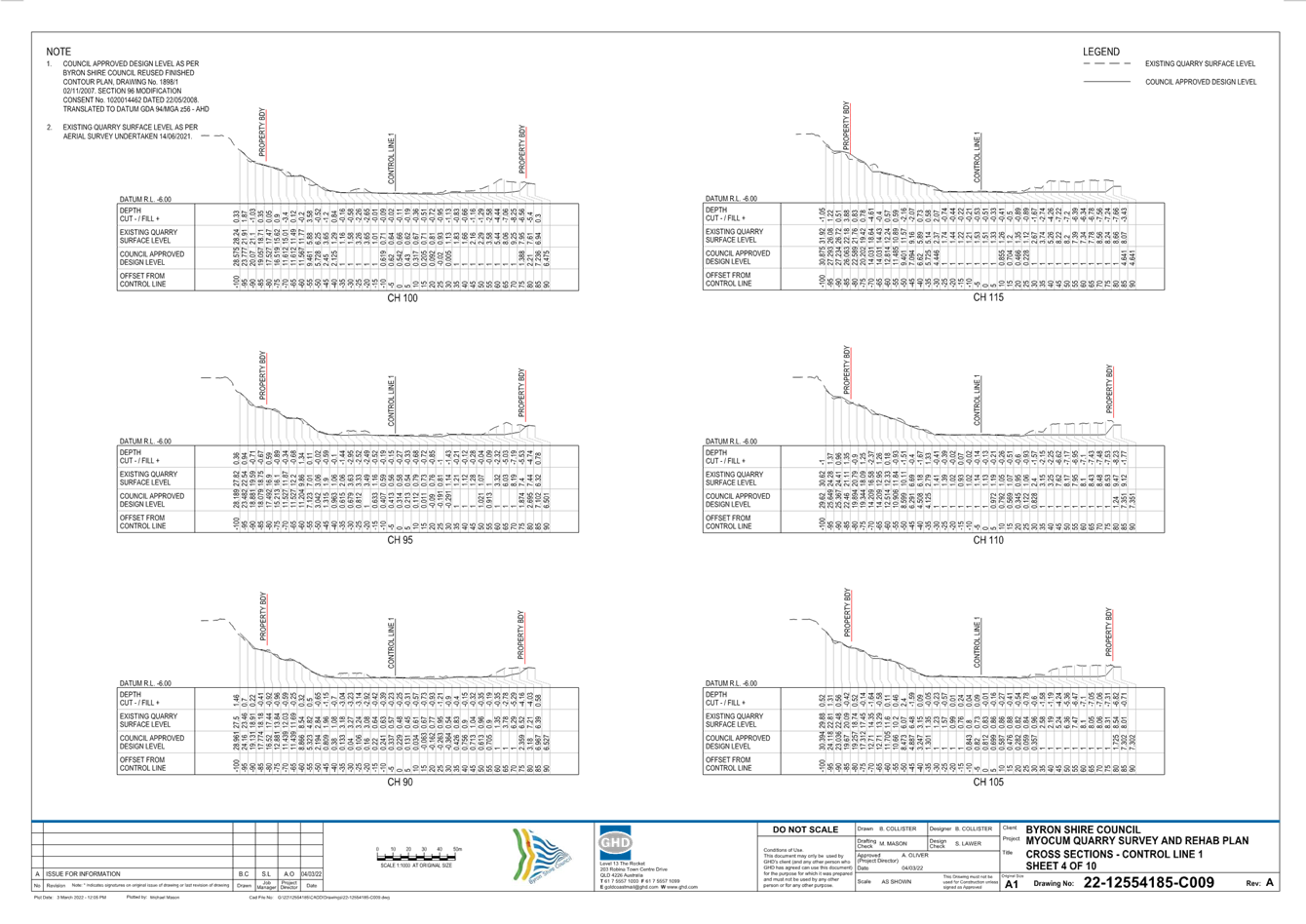
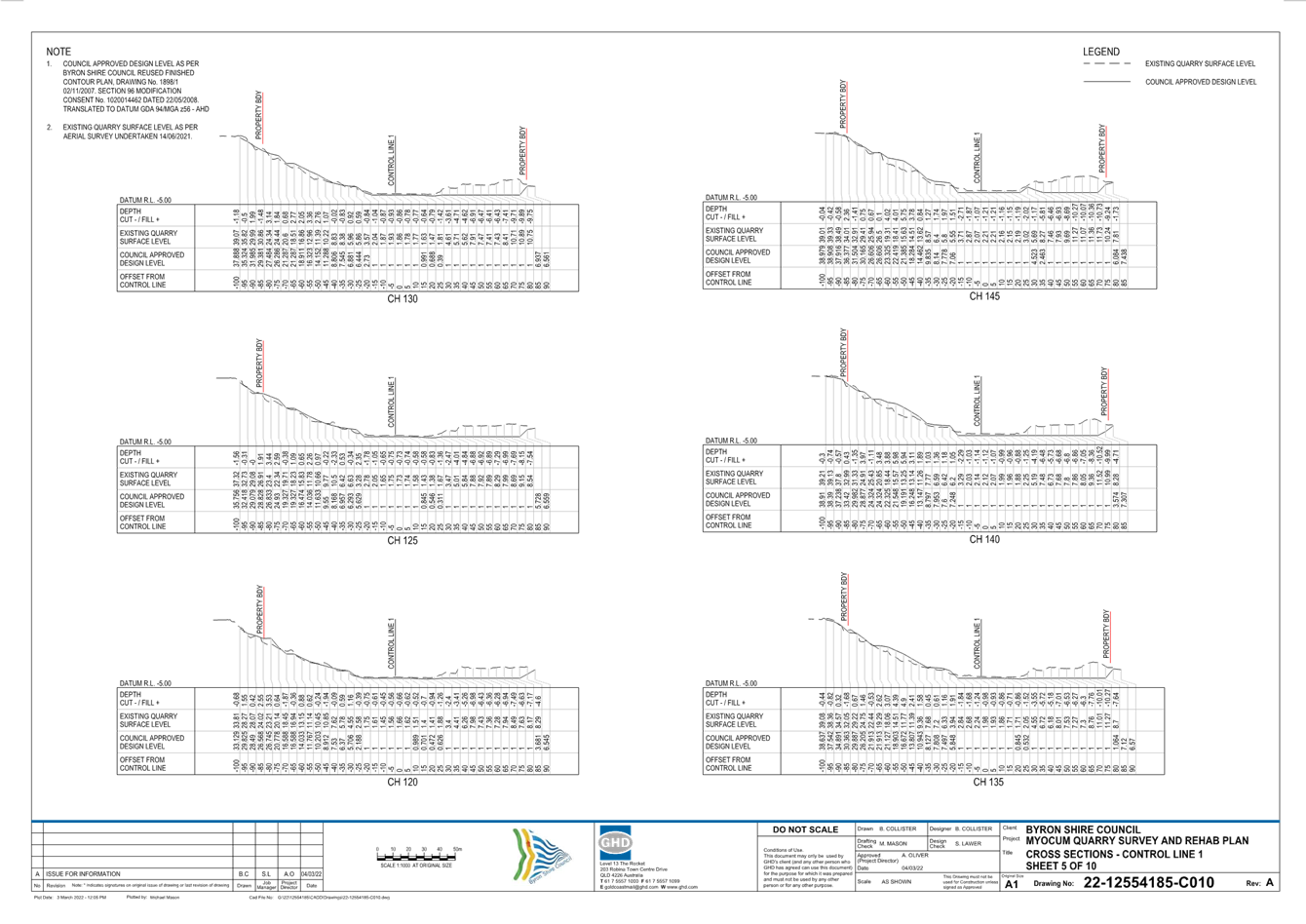
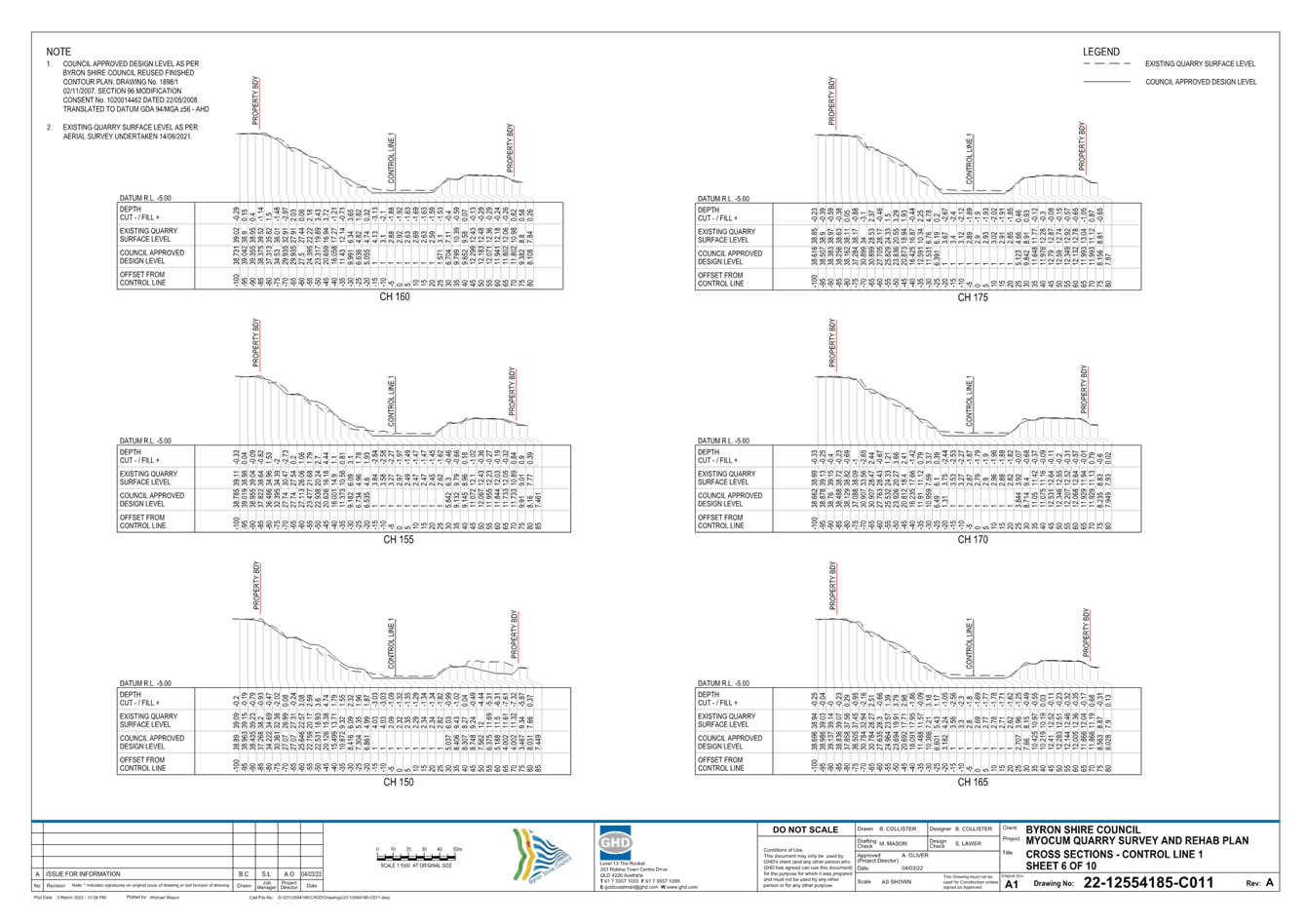
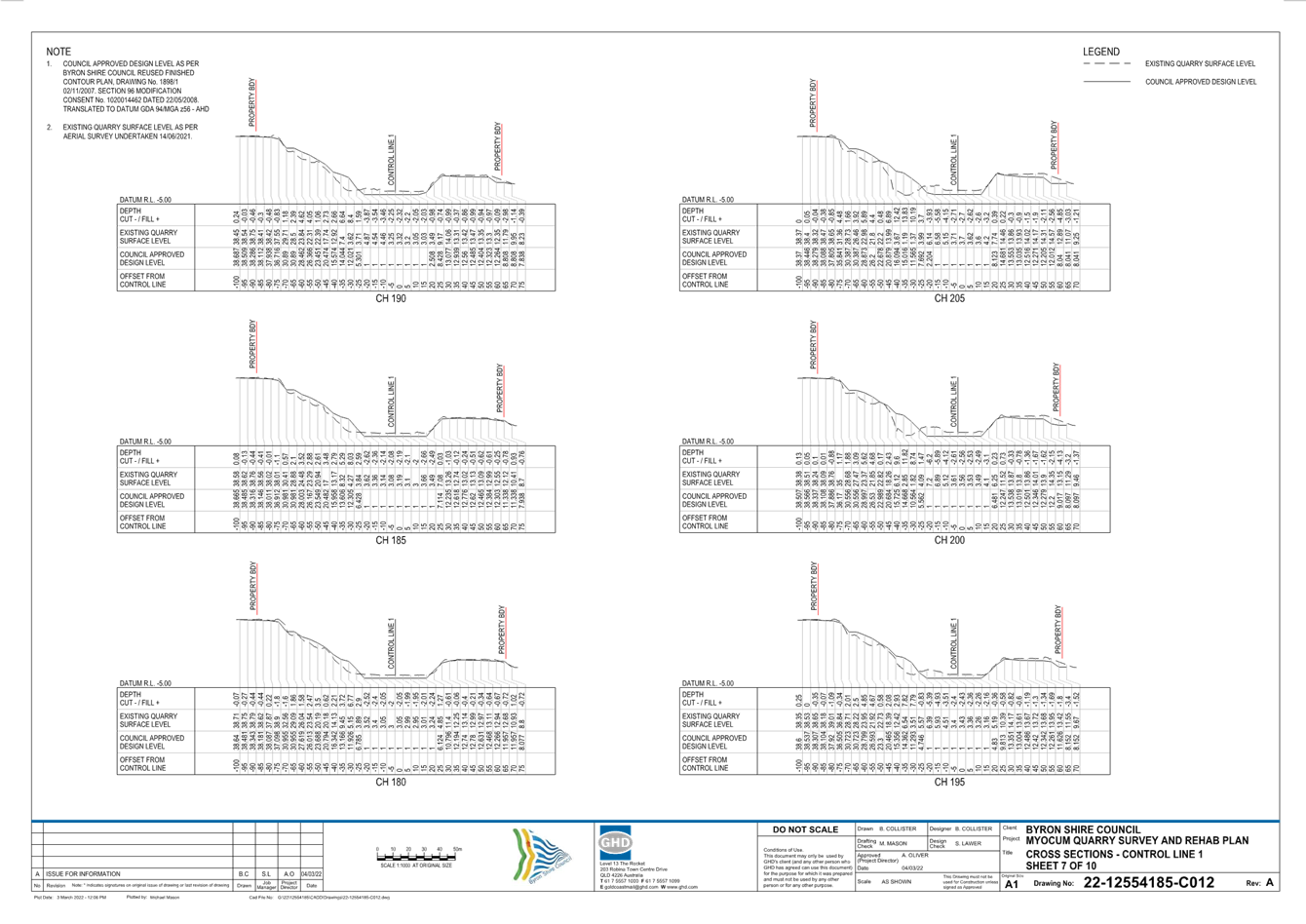
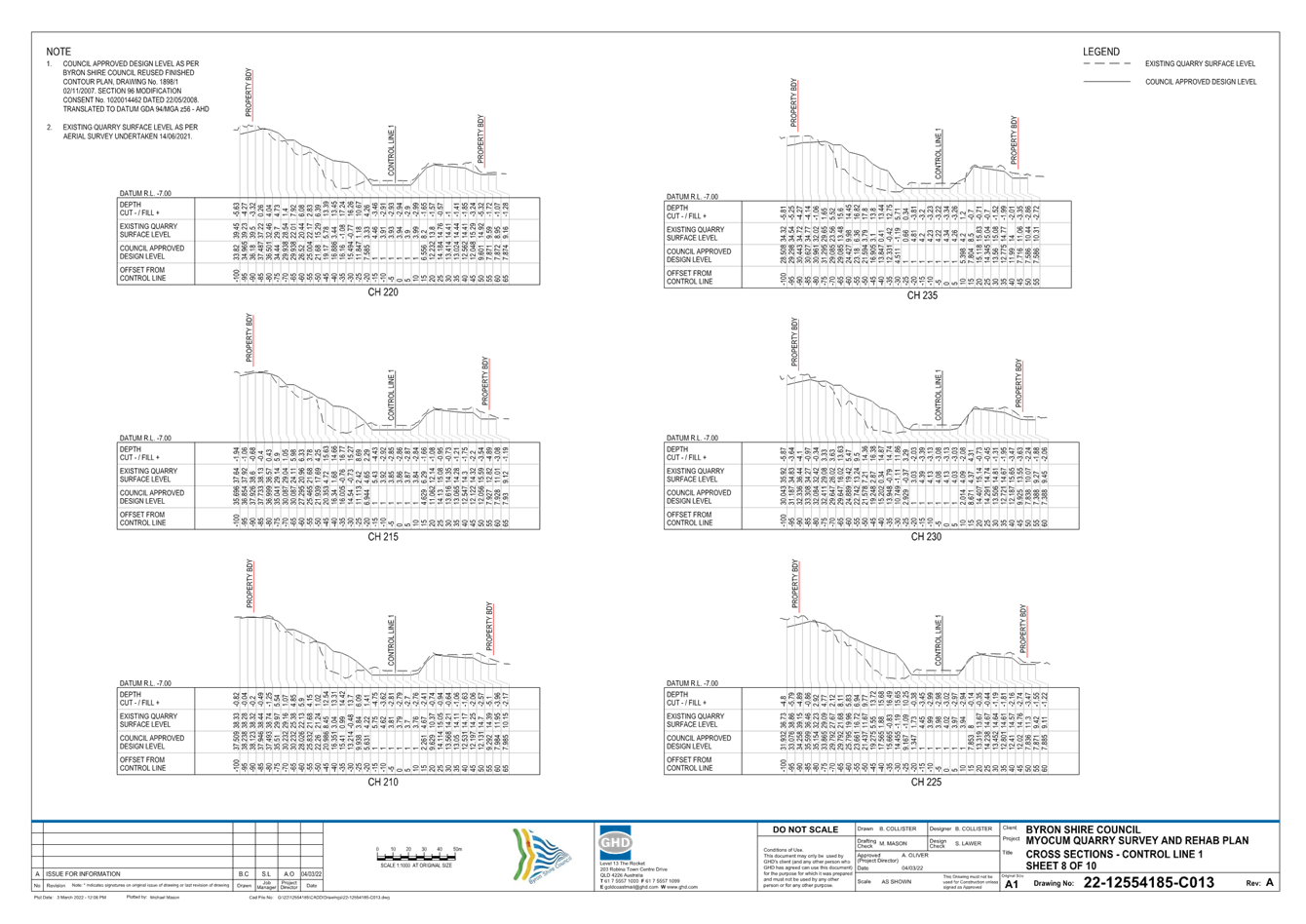
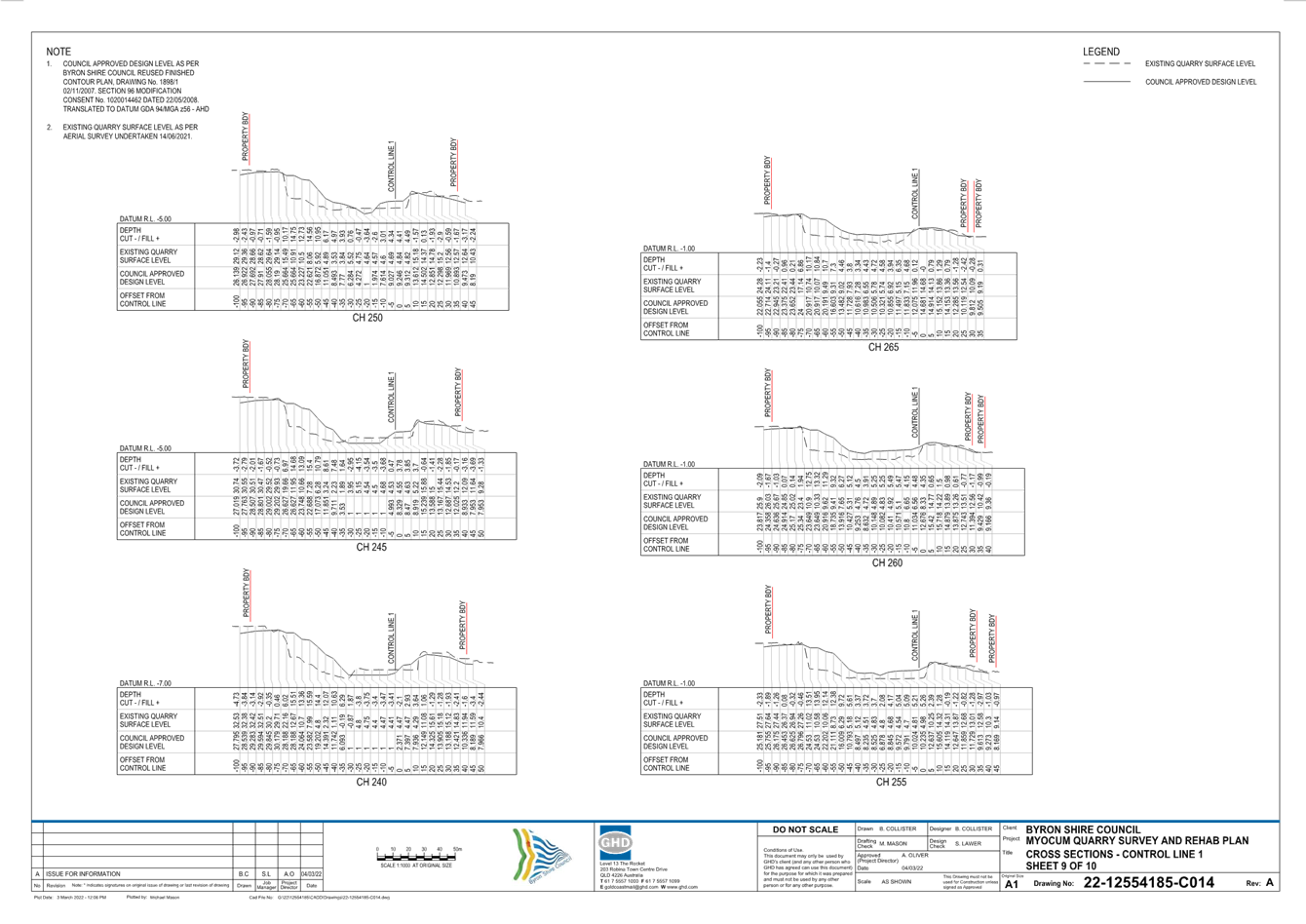
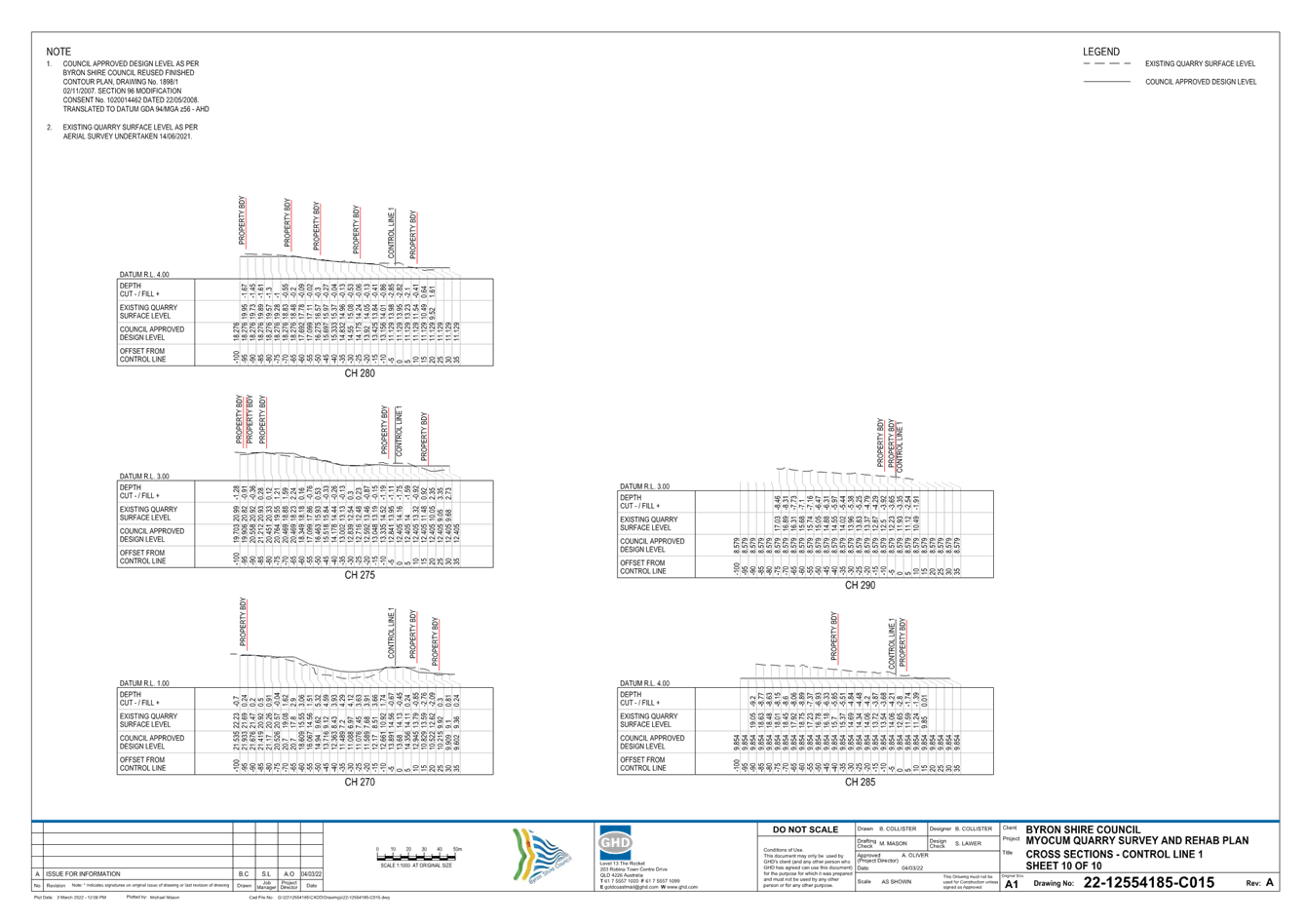
Staff
Reports - Infrastructure Services 3.3 - Attachment 3
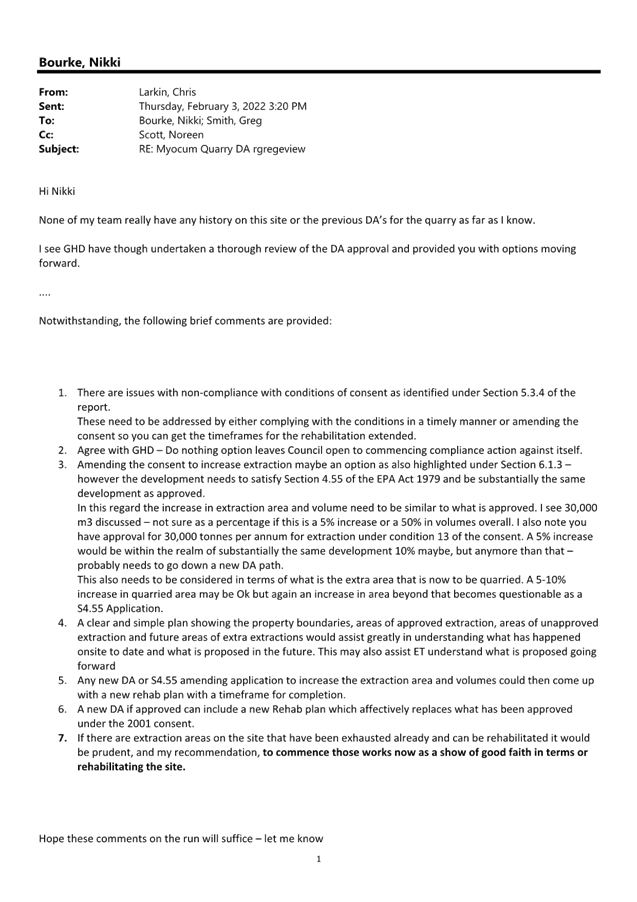
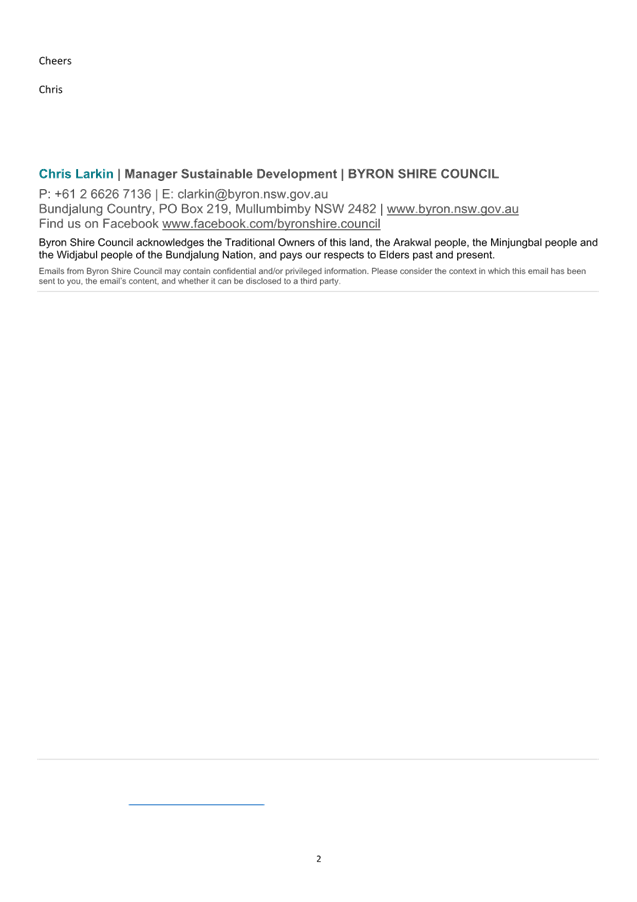
 I2022/690
I2022/690



































